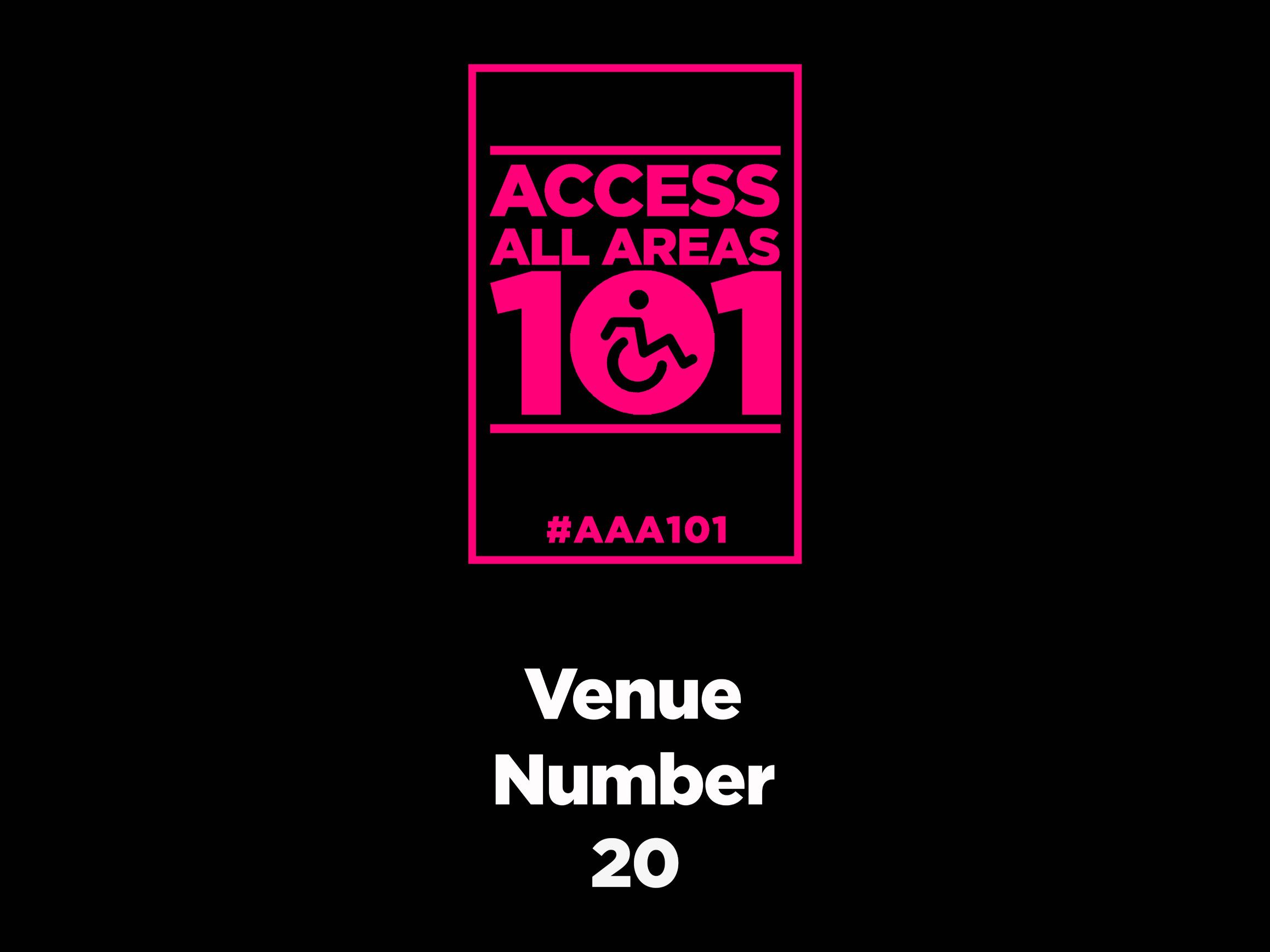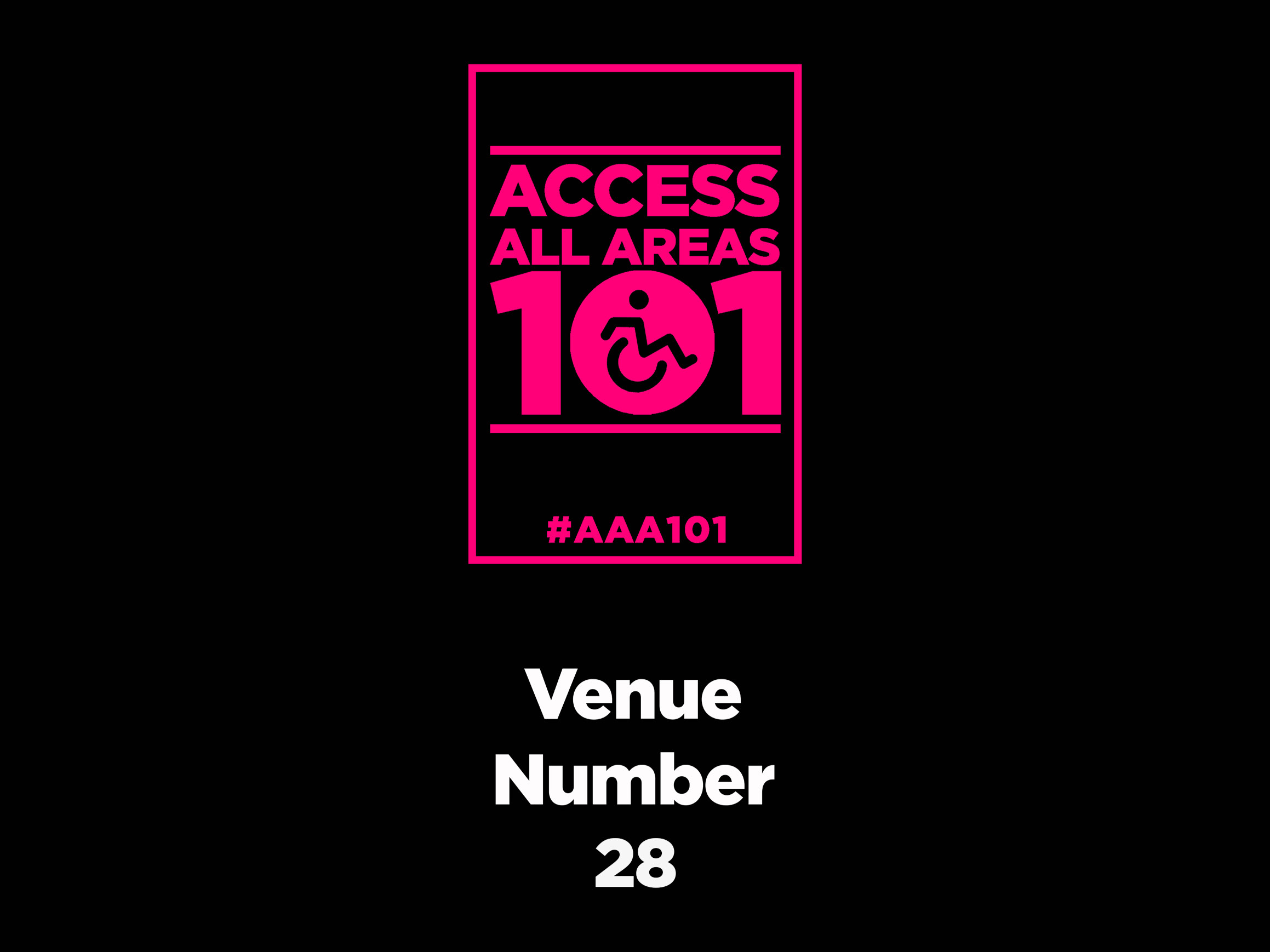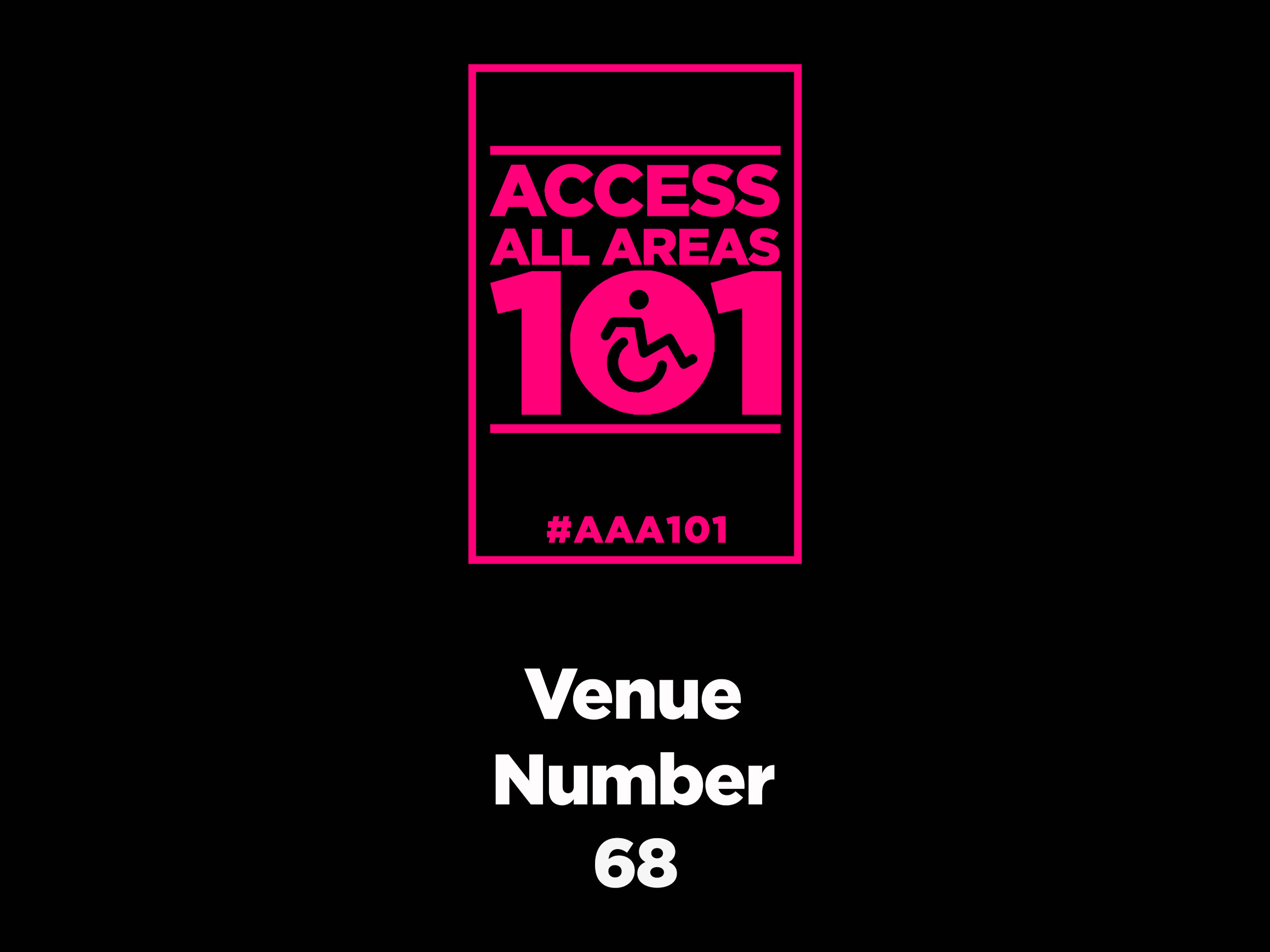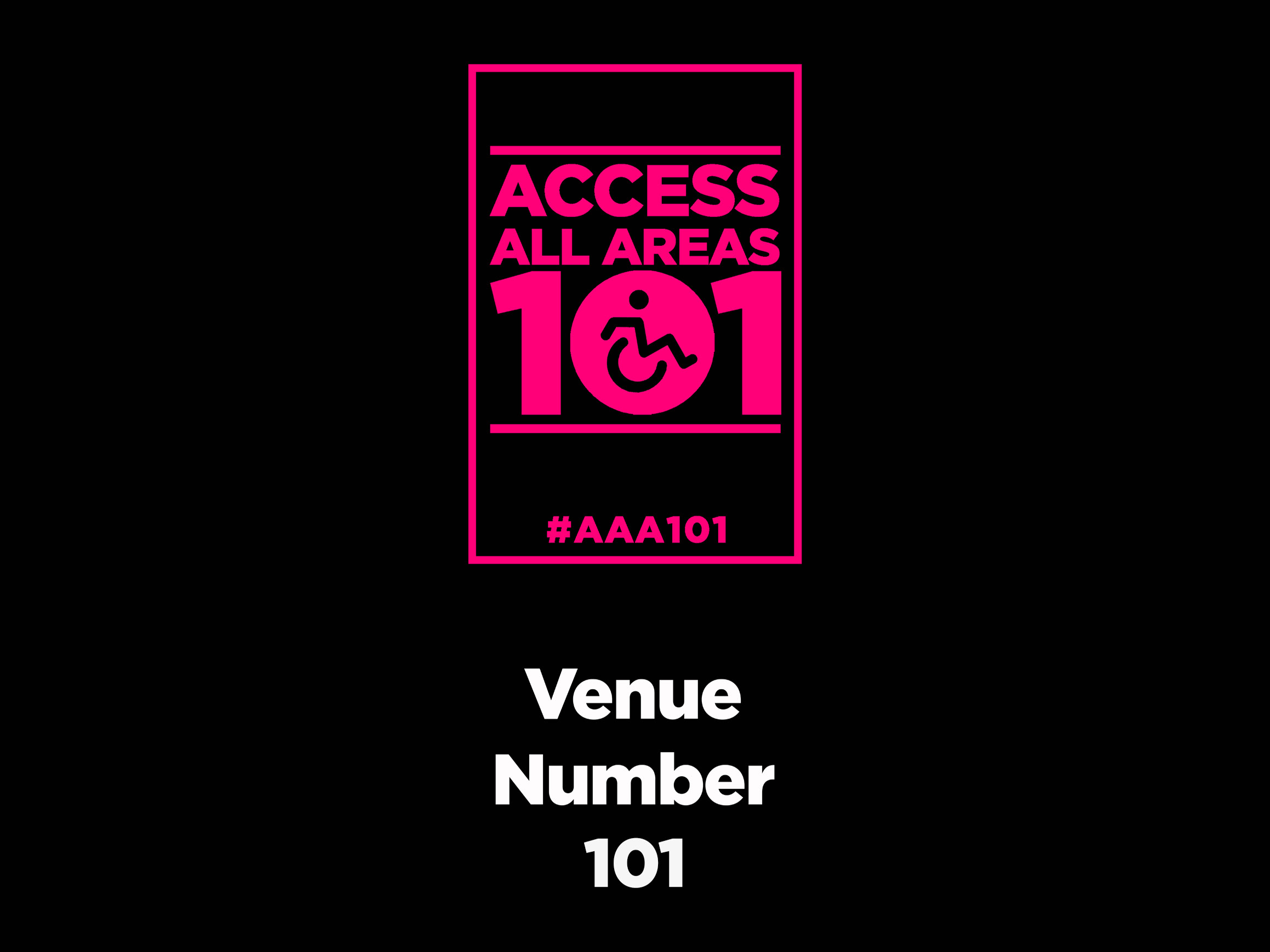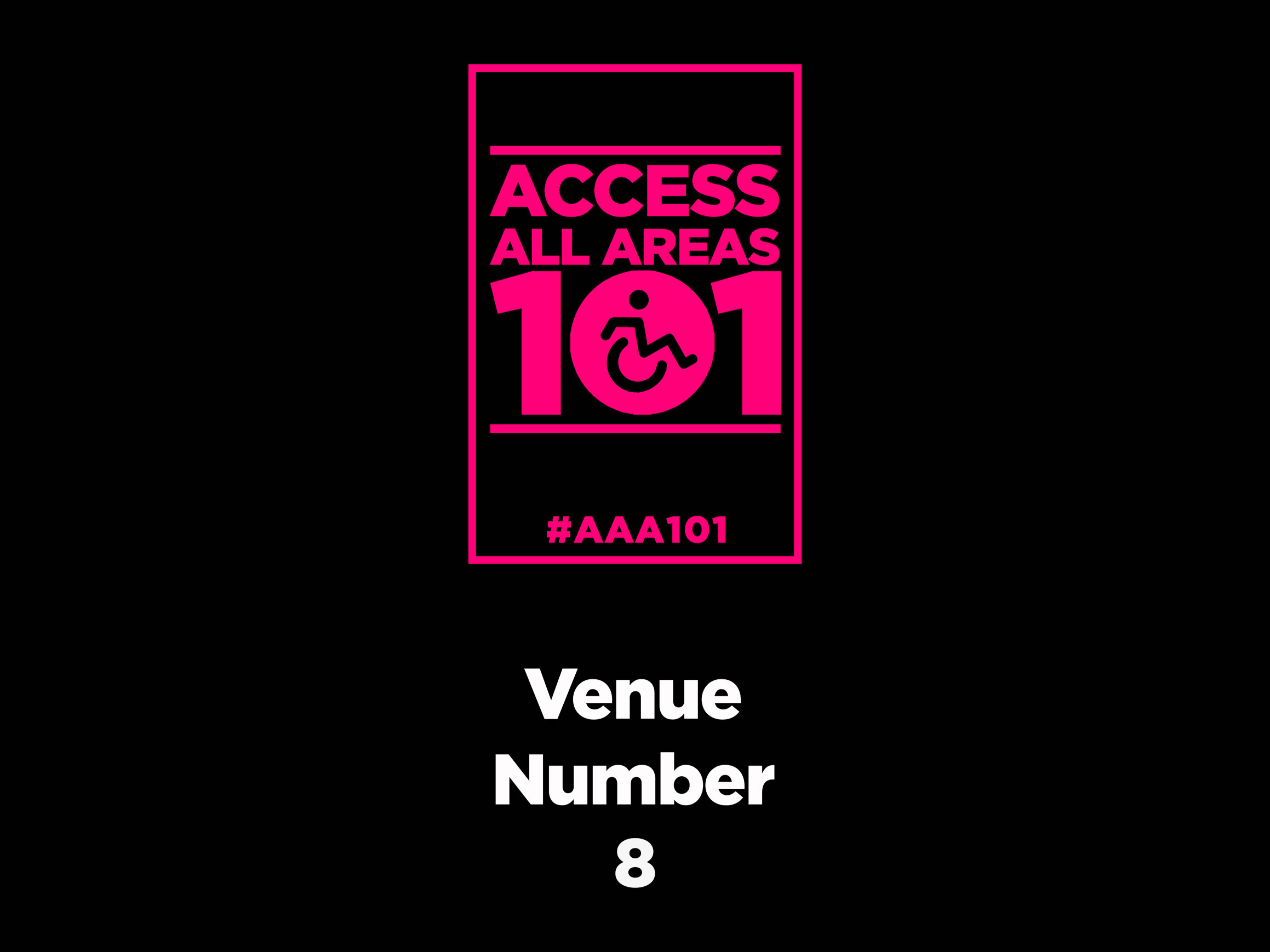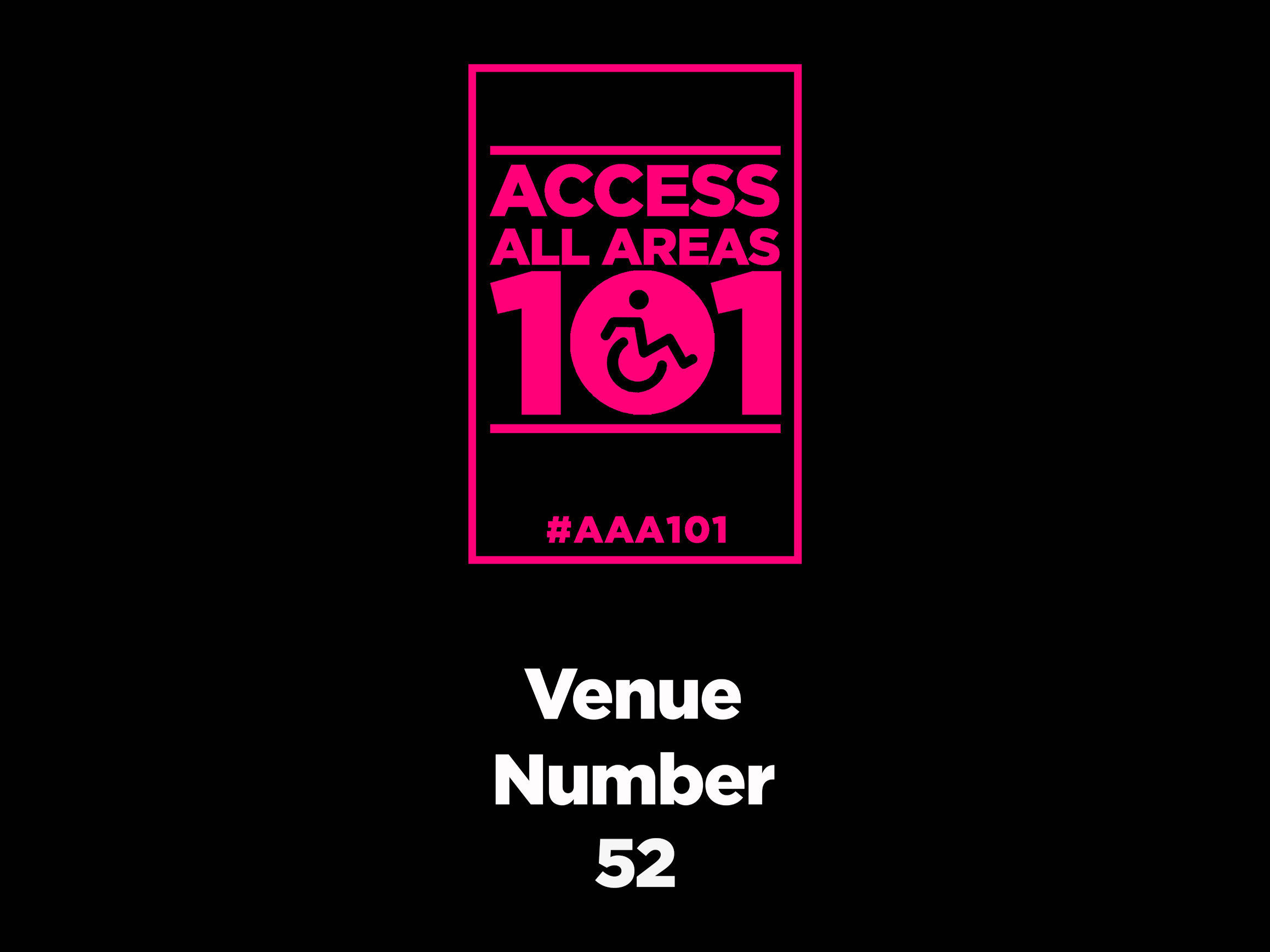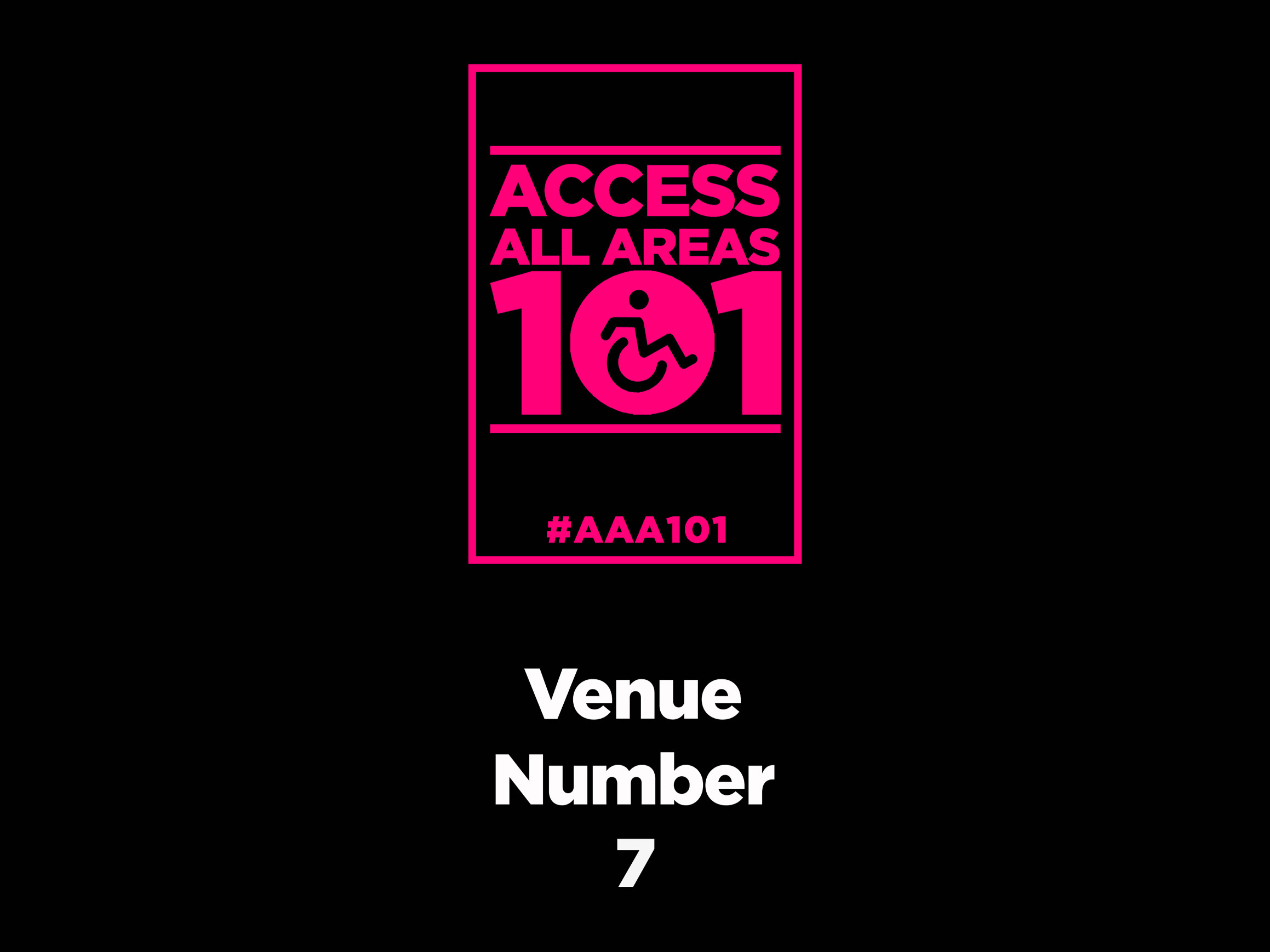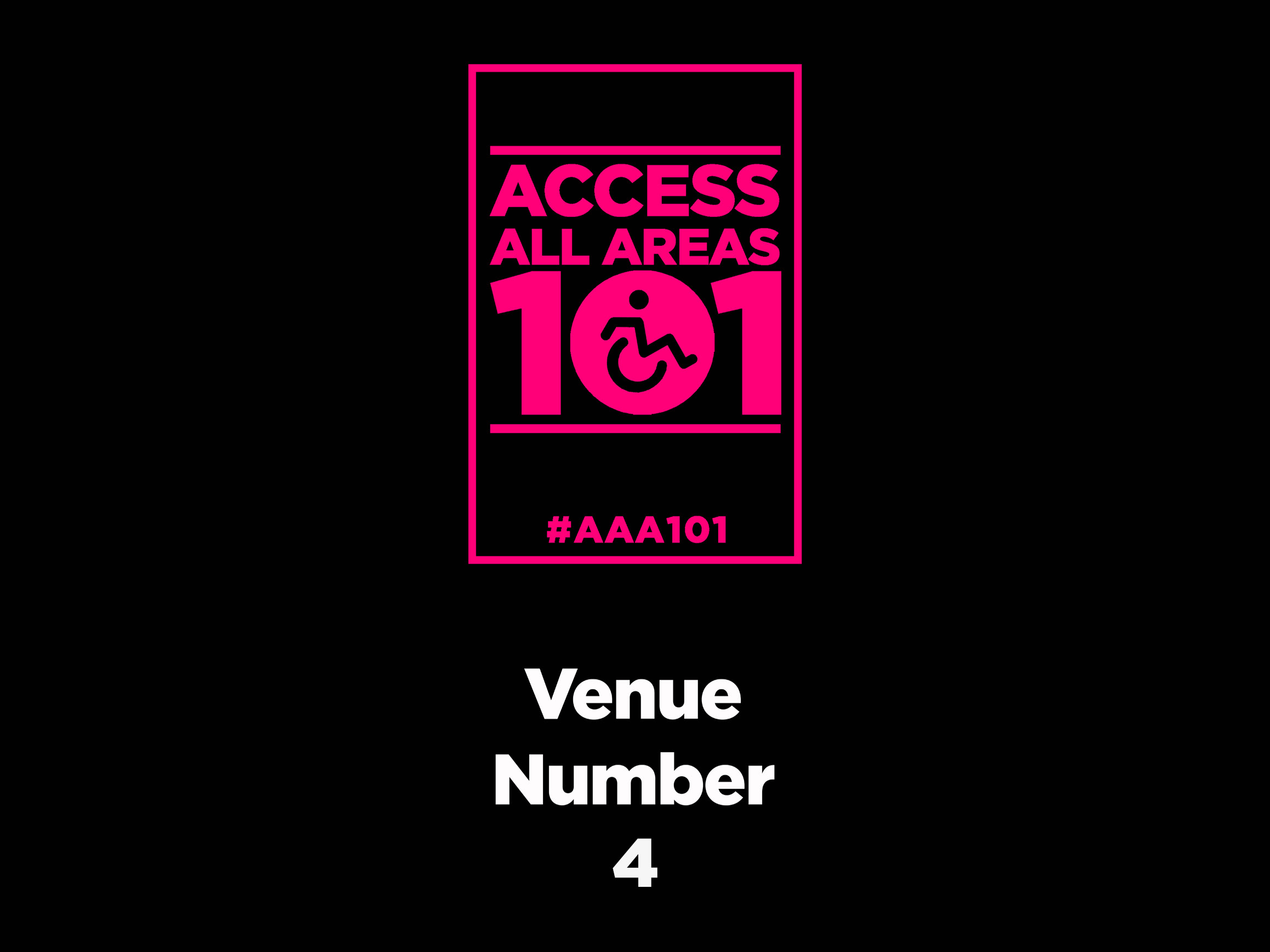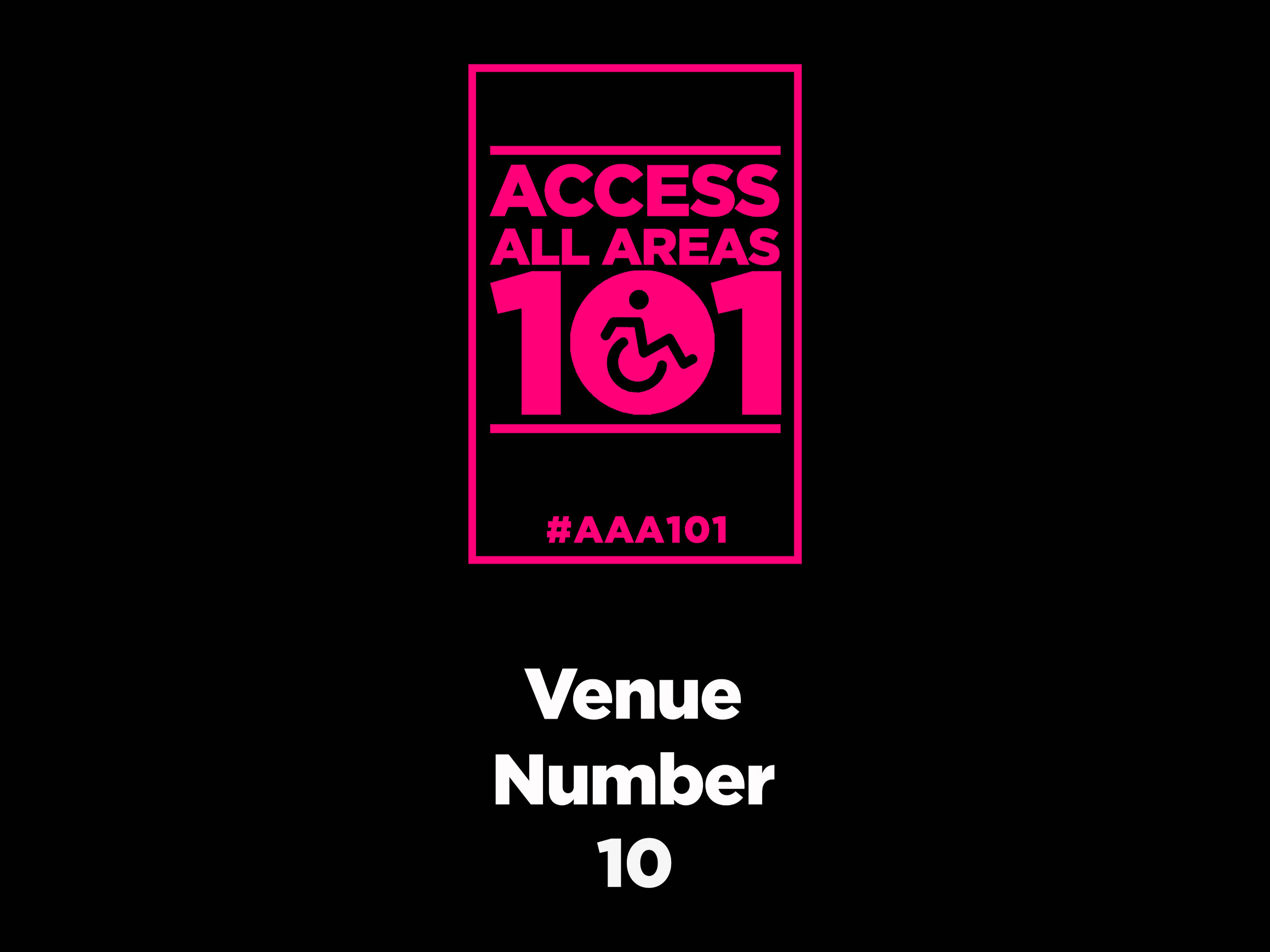An old corn exchange and warehouse converted into a music hall in the 20th Century in the Viking city of York. Steeped in history and culture, does it meet the modern-day needs of the accessible community? Let’s explain!
BOOKING
The Grand Opera House is a member of the Ambassador Theatre Group, more commonly known as ATG. ATG have one of the most accessible booking systems online, which makes booking quick and straightforward.
Customers with access requirements can sign up for the ATG Access Scheme. You can apply by completing a form online, downloading it from the website, and posting it back to ATG. You can also call the Accessibility Assistance line. Either way, you’ll be asked to answer some questions about your requirements and be required to send some documents as proof. A Nimbus card is accepted.
You can select options such as wheelchair spaces, step-free access, hearing assistance and guide dogs. You also tick whether or not you require a companion to attend the events with you.
Once your account is set up, when you log in to ATG to book for a performance, you’ll see options for your requirements which won’t be visible to general ticket buyers. The system means you can book tickets in your own time without making a phone call or sitting in an online queue. General event tickets may be available on Ticketmaster and other online ticket vendors, but the accessible ticket allocation is only available from ATG directly.
There are 10 wheelchair spaces available in Stalls at the end of rows G, H, M, N, and R, some of which are transfer-to-seat only.
The booking process as an Access Scheme member is easy.
When you visit the website for the ATG venue you want to visit, you’ll see a list of upcoming events. Scroll through the list to find the performance you’re looking for.
When you click the ‘More Info’ button, a page loads showing you the dates of the performances, who’s performing in the show, a brief synopsis, and a link to view a full trailer.
Scroll down to the bottom of the page and click ‘Buy Tickets’. You’ll now be asked to log in to your account.
The next page opens with a calendar. It clearly shows when the performances are, how many performances are that day, and a traffic light system to indicate ticket availability. Click on the day you want, then click ‘Choose Seats’, which opens up the seating plan. There are only accessible seating options in the stalls.
The access seats are grey dots at the top of the screen with a white wheelchair logo. If you zoom in on the map, you can see the available seats. The next page offers some upgrades and drink packages.
The bottom of the page confirms your seat selection, shows that your access membership benefits have been applied, and shows your order total.
When you click to continue, the dreaded ticking clock appears, giving you 9 minutes to complete the transaction.
The checkout process is straightforward. You can download the ATG Tickets app to download your tickets, but they will also be emailed to you at the email address registered on your account and in the ‘My Account’ section of the ATG website.
And that’s it - tickets booked! The eTickets have a QR code that must be scanned at the door.

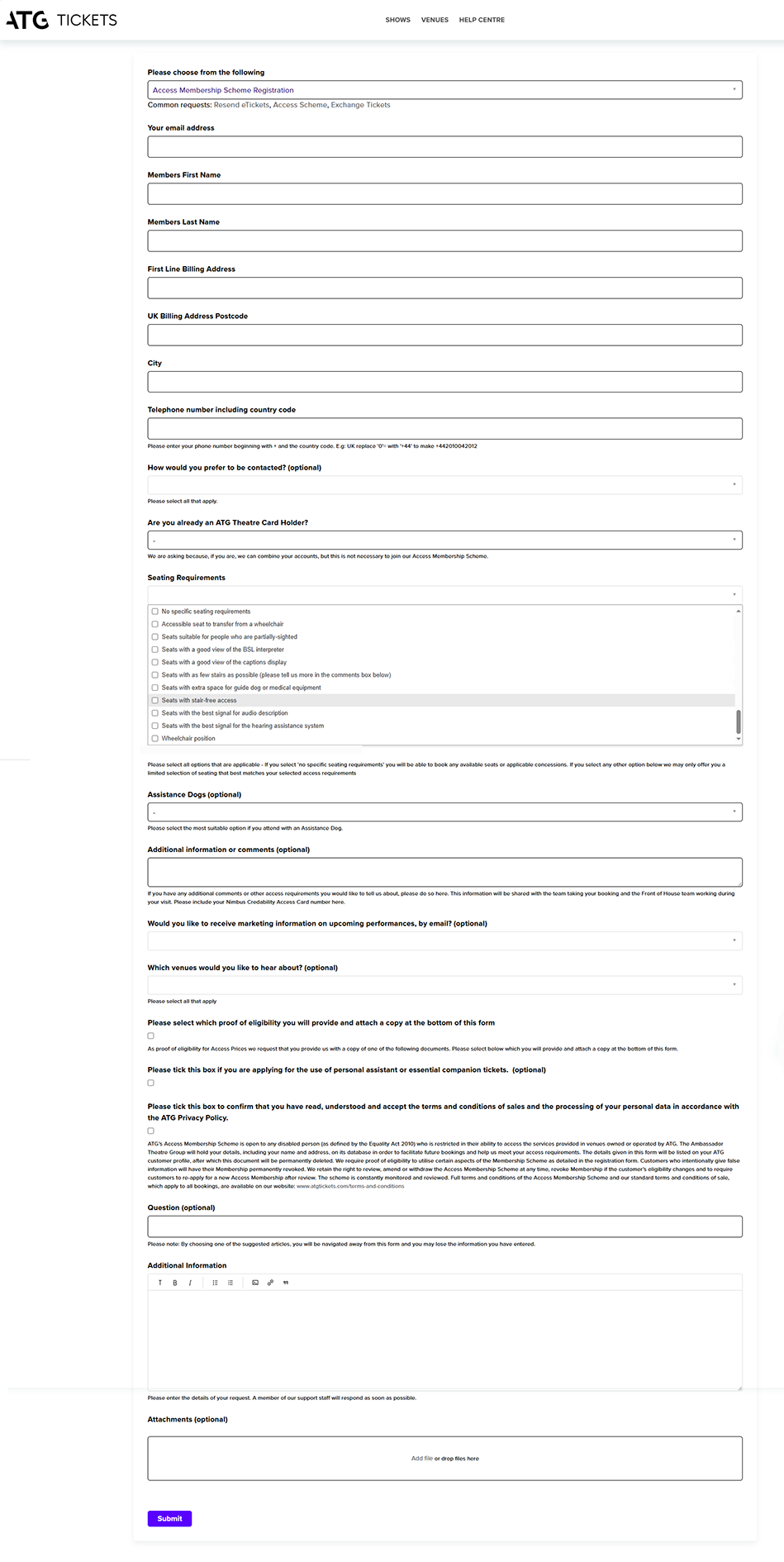
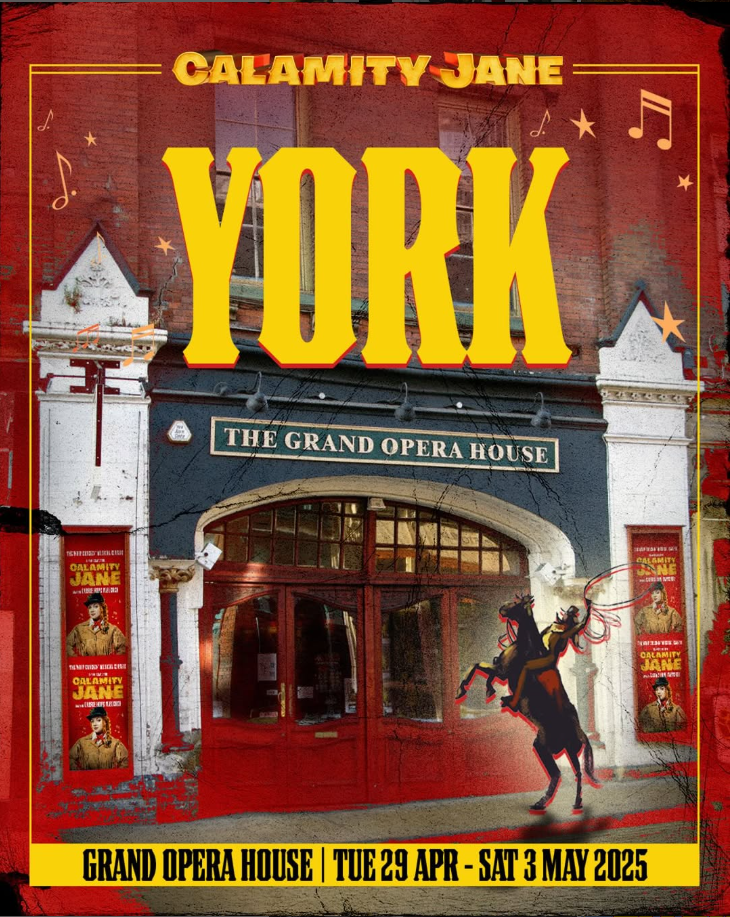
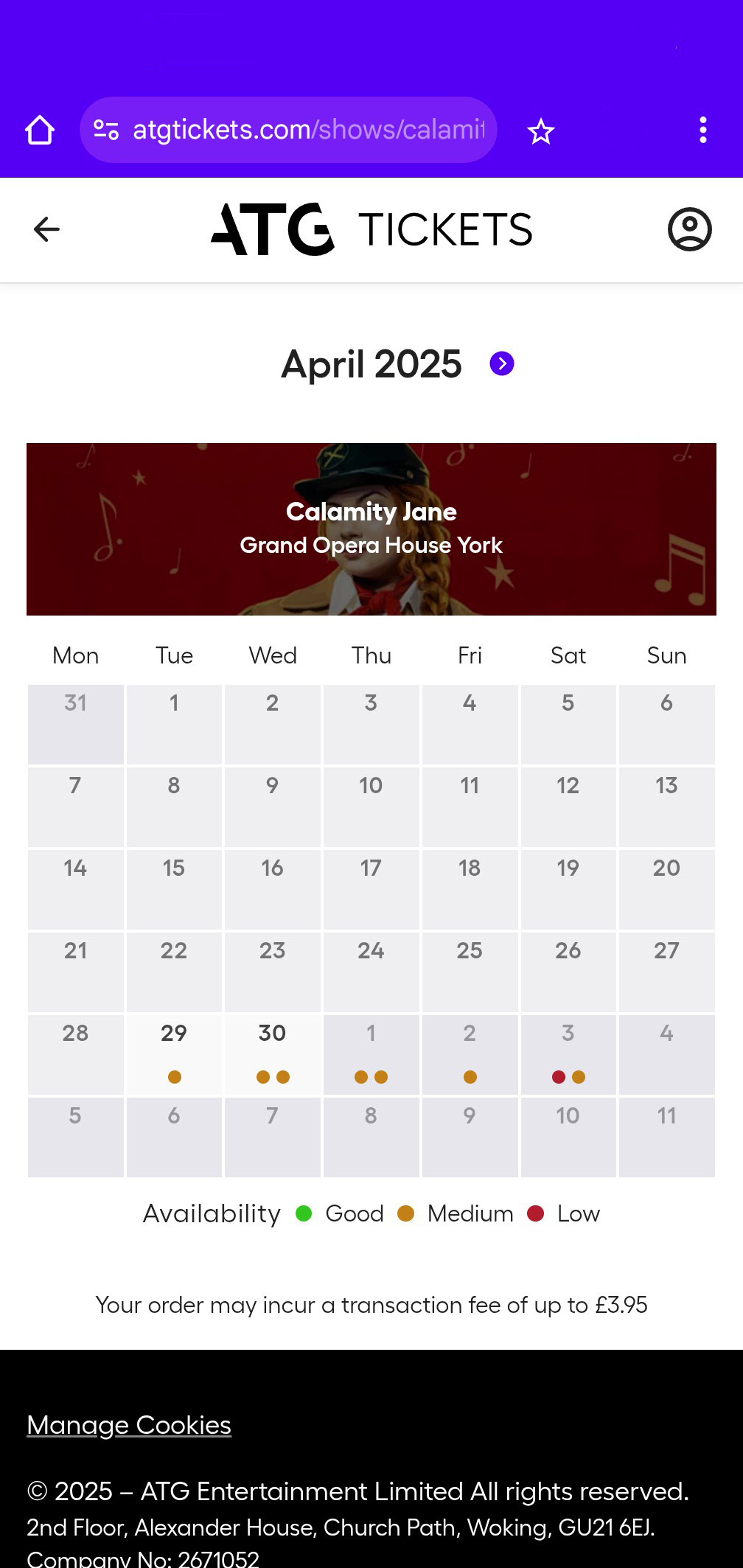
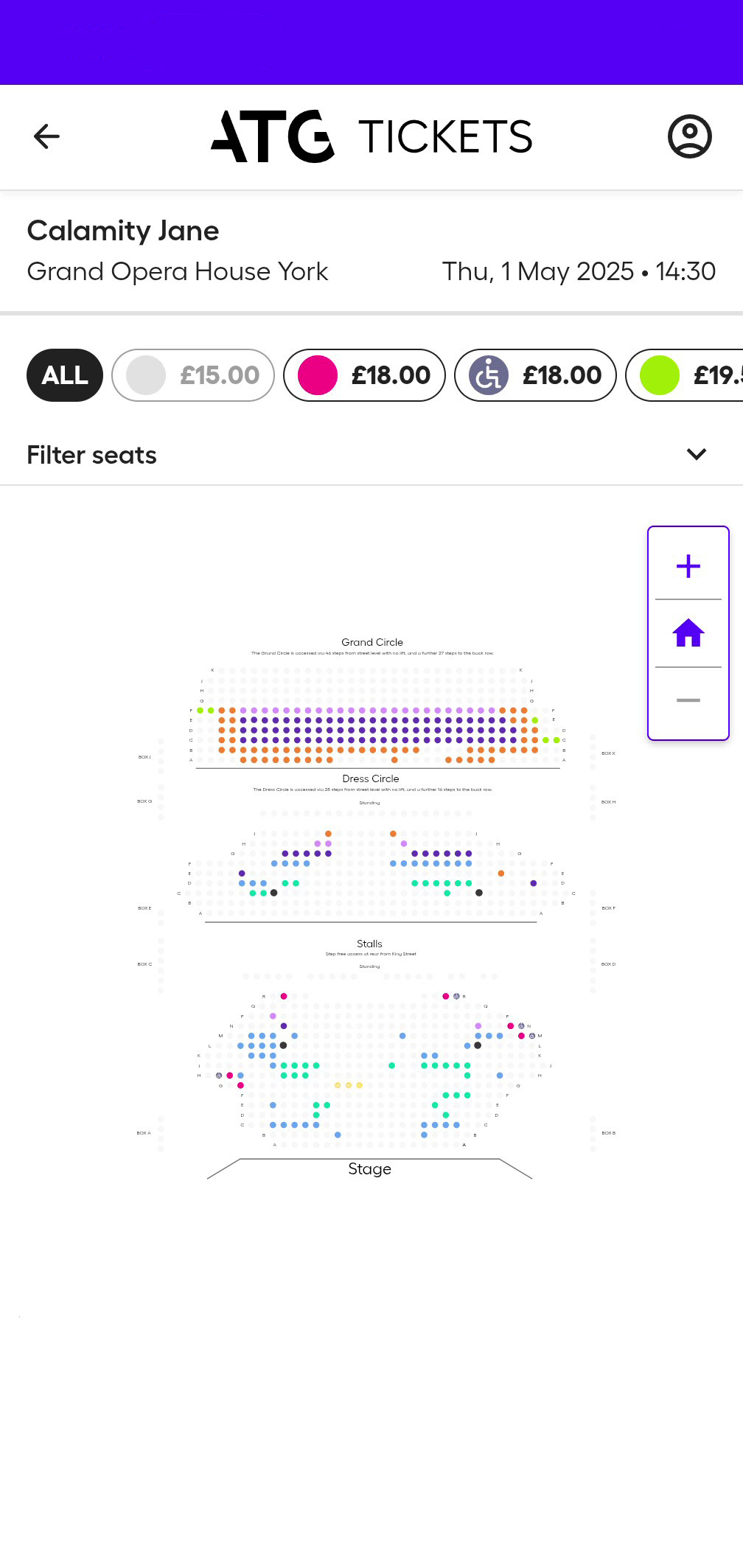
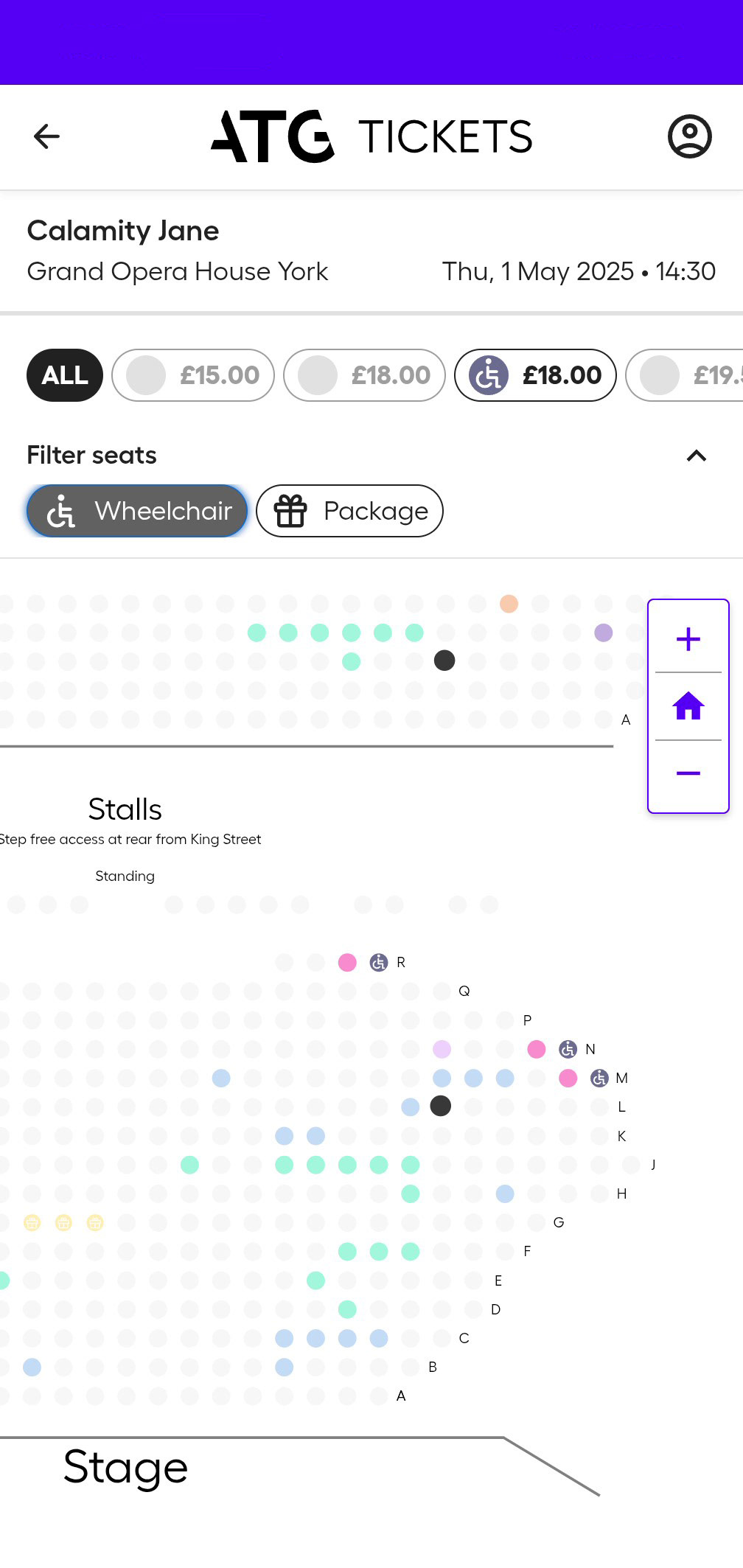
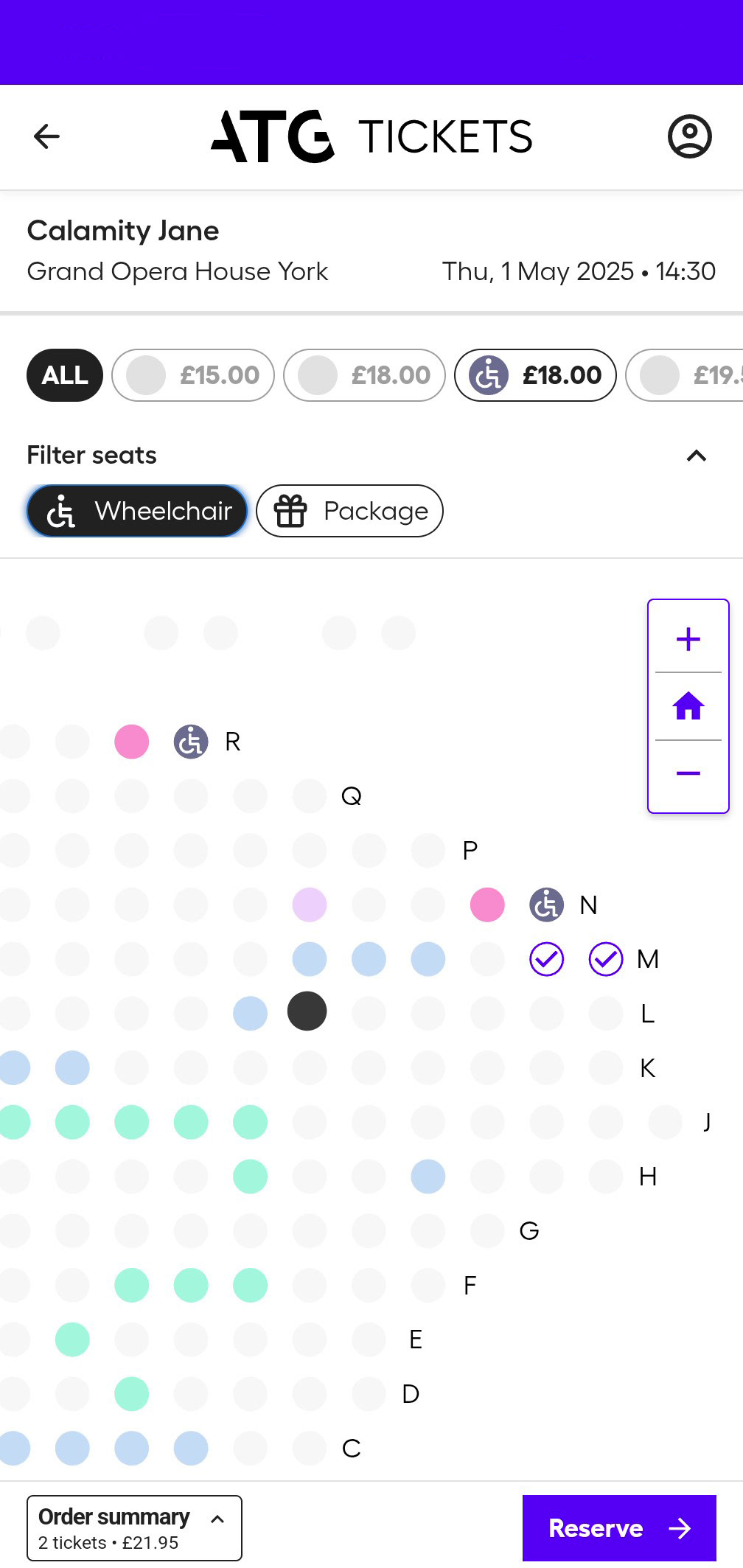
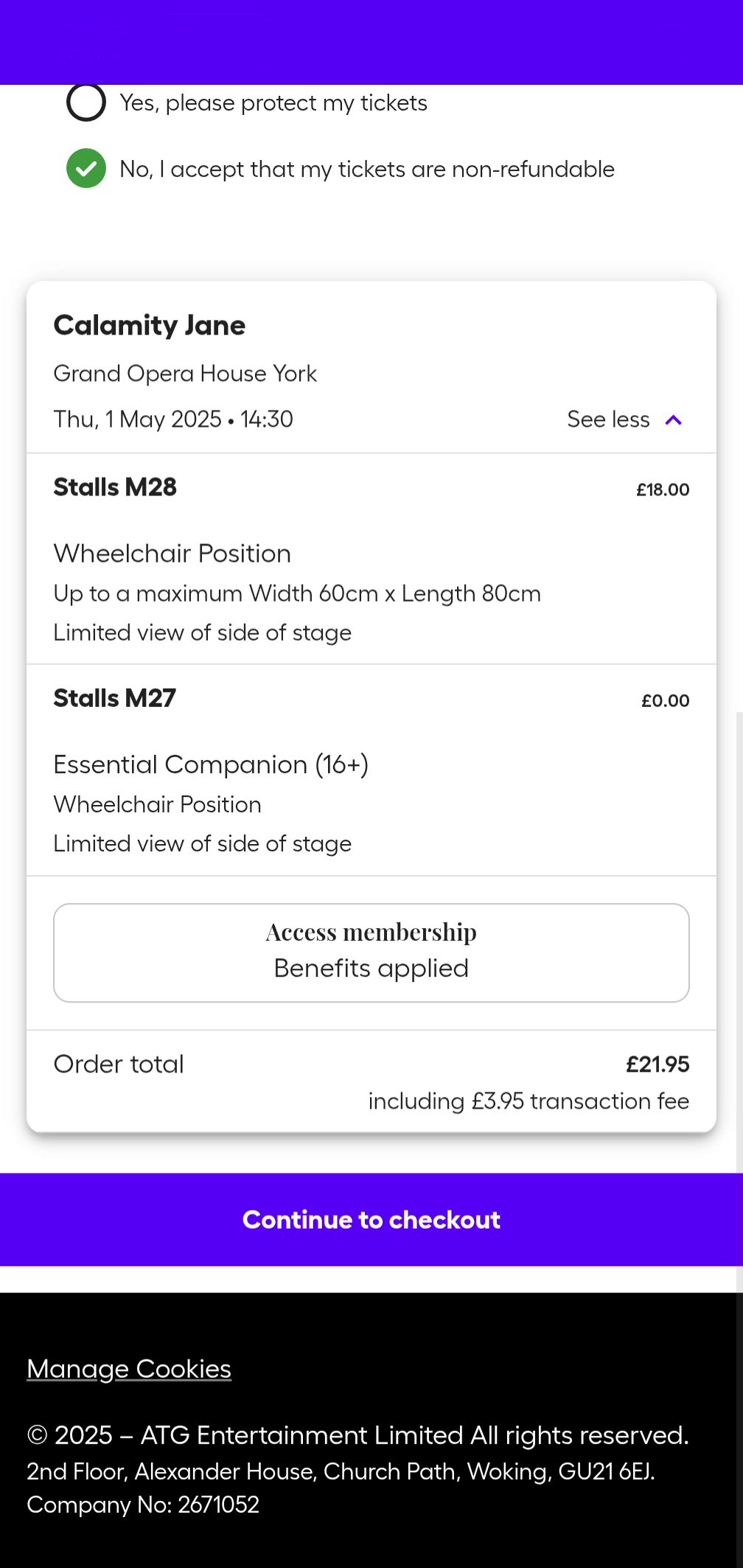
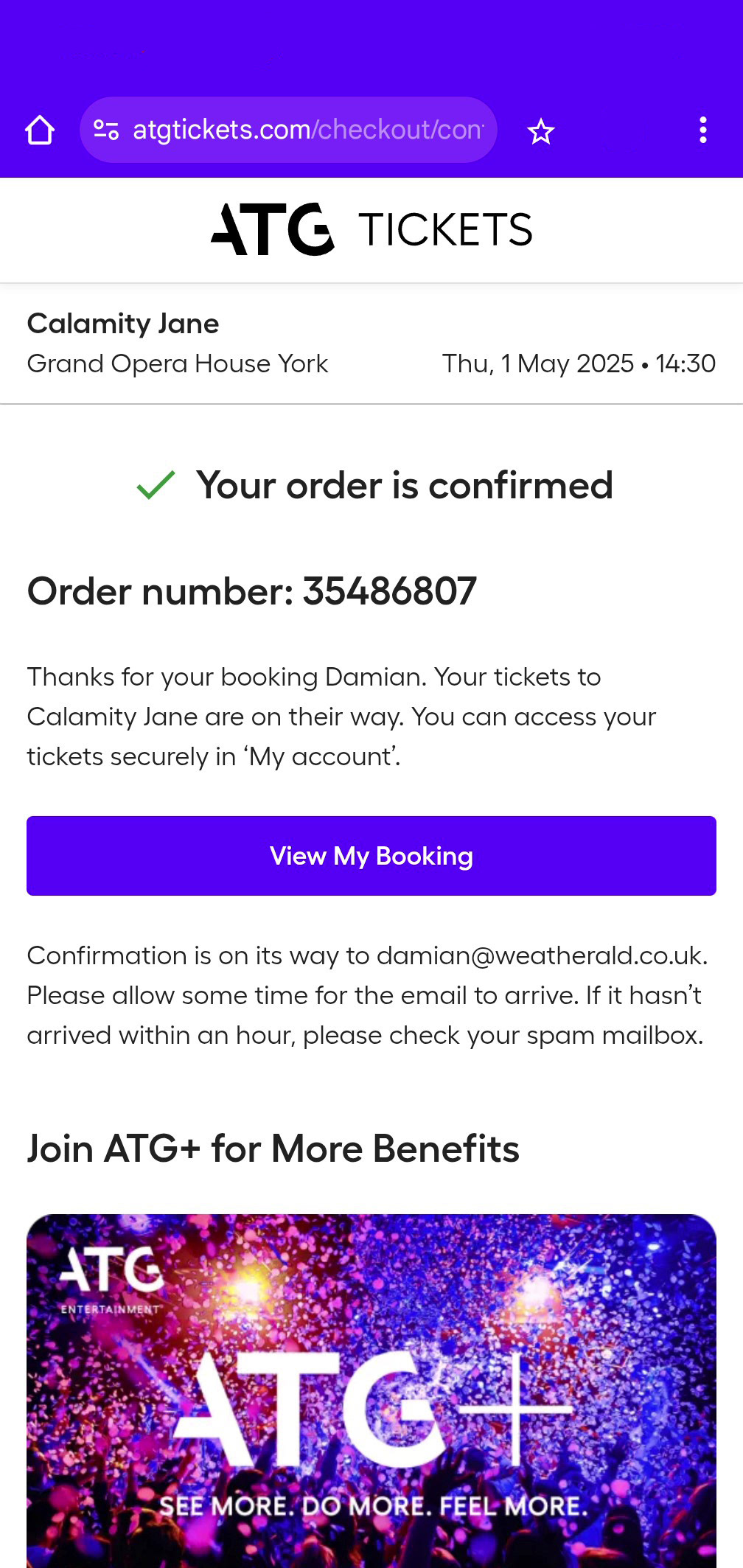
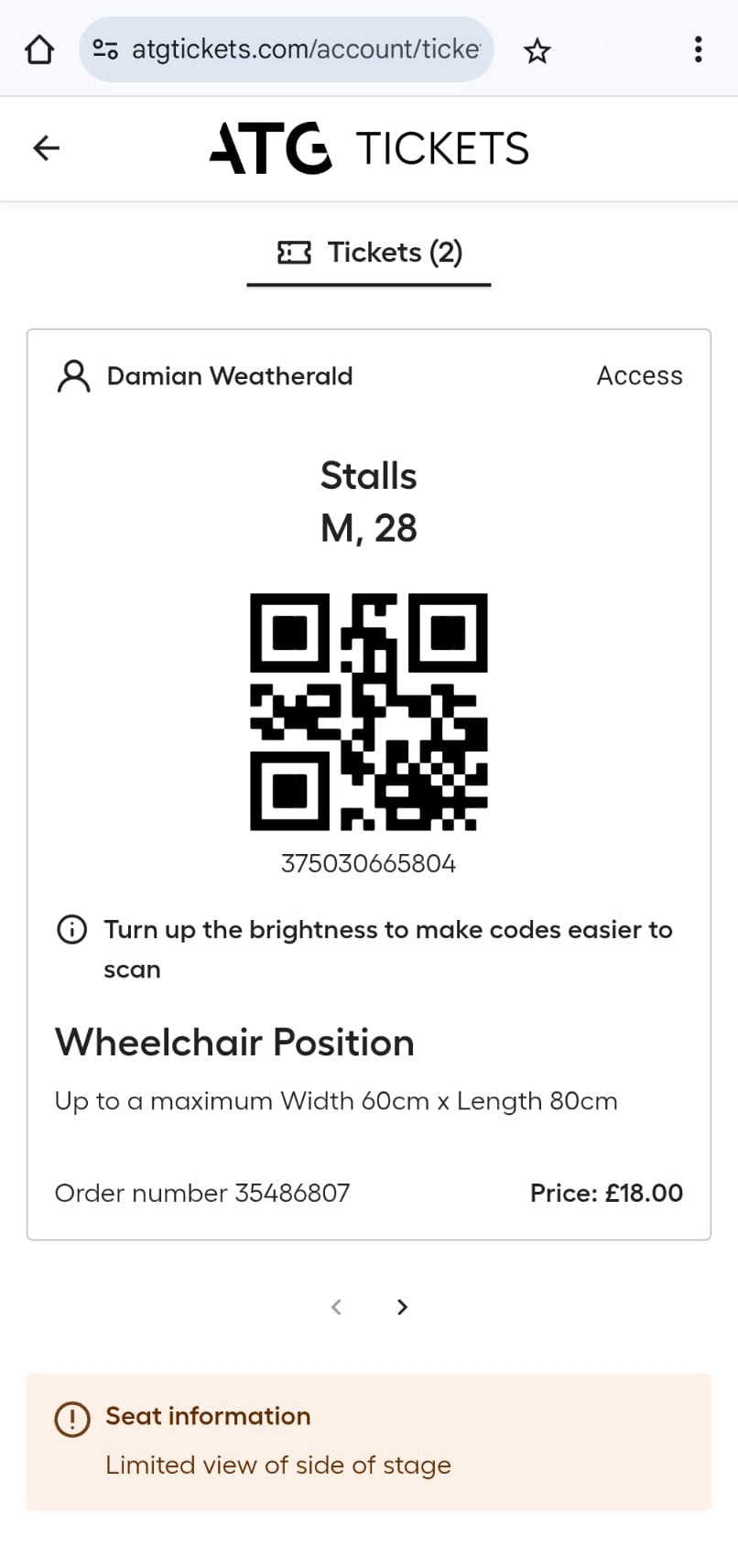
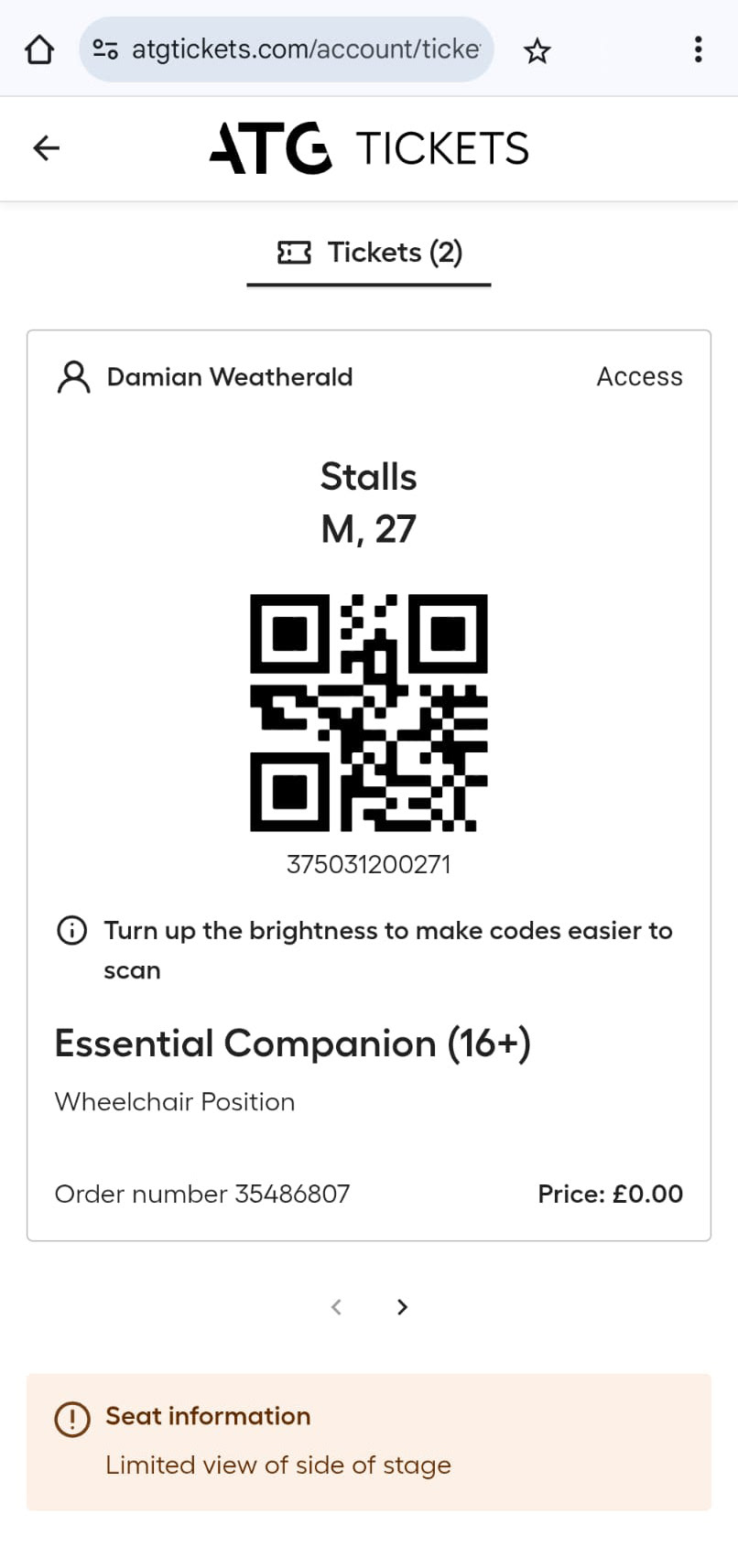
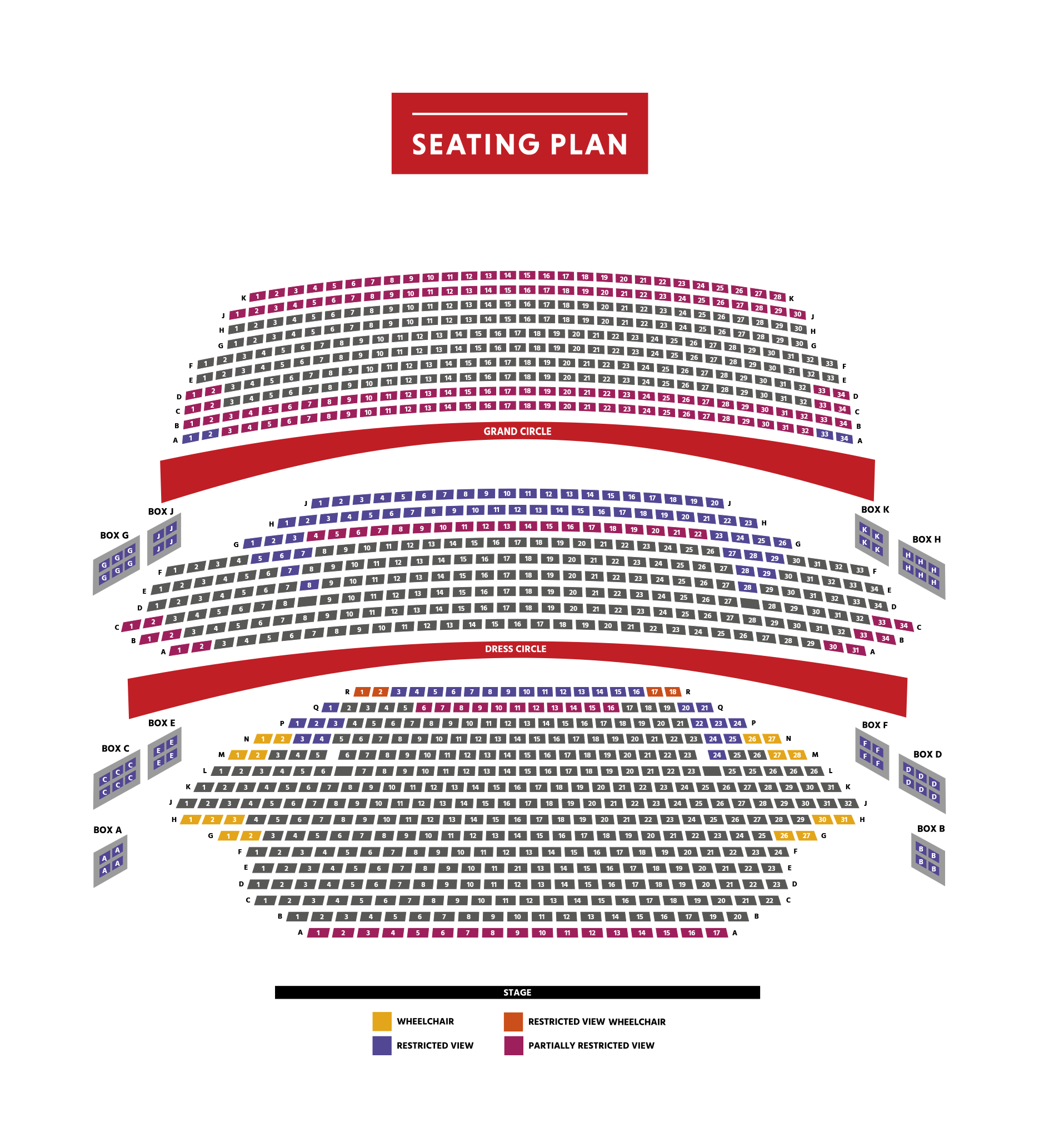
LOCATION AND GETTING THERE
The Grand Opera House is in the city of York, close to the banks of the River Ouse.
Although York is an ancient city with many pedestrian areas, parking is easy if you’re willing to drive into the city.
Most of the council-run car parks have designated disabled bays for easy access; Blue Badge holders can park in any of the car parks, free of charge (within opening hours), in either a disabled or standard bay.
Blue Badge holders can park in on-street’ pay and display’ bays, free of charge, with no time limit during normal’ pay and display’ hours.
There are signs in the car parks with information about local accessible toilets and Changing Places facilities.
When visiting the Grand Opera House, I usually try to park at Castle Car Park at the foot of Clifford’s Tower. The park has 30 accessible bays, but it gets swamped as it’s close to several tourist attractions and a short distance from the city's centre.
Q Park is pleased to partner with ATG customers to offer a 15% discount on pre-booked parking for your visit. It’s easy to book in advance. There are 2 locations in York, just 5 and 10 minutes’ walk or roll from the opera house. Collectively, the two parks only have seven accessible bays. The parks are both open 24/7 and charges start at £2.00 per hour.
The York Park and Ride system has three routes with stops very close to the Grand Opera House - 59 Poppleton Bar, 7 Designer Outlet and 3 Askham Bar. All buses are wheelchair accessible. However, I don’t tend to use the P&R very often, as you are unable to leave your car overnight in the car parks, and the last buses are between 6.30pm and 10.30pm (times differ per route), so getting a bus back after an evening event isn’t doable. It’s an excellent option for matinee performances or if you’re just visiting for the day, but not much use to the evening economy.
Other bus services are available in the York area, so it’s always worth checking if there’s an option that works for you.
York railway station, a stop on the LNER East Coast Main Line, is only a 15-minute walk or roll away. Served by CrossCountry, TransPennine Express, LNER, EMR, Grand Central, and Northern trains, it has good links to stations across the UK.
Being such a popular tourist destination, there are many hotel options in and around the city. However, prices are often very high, and accessible room options can be limited.
In the city, you’re spoilt for choice for food and drink options. Being such a historic city, lots of buildings have access issues, and cobbled streets are very difficult to navigate. If you plan on exploring the city, it’s well worth doing some research beforehand.
On sunny days, weekends, and race days, the city gets extremely busy. Add to that the stag and hen parties, school trips, and overseas tourists, and you’ll be thankful for booking a table in advance or having a backup plan.
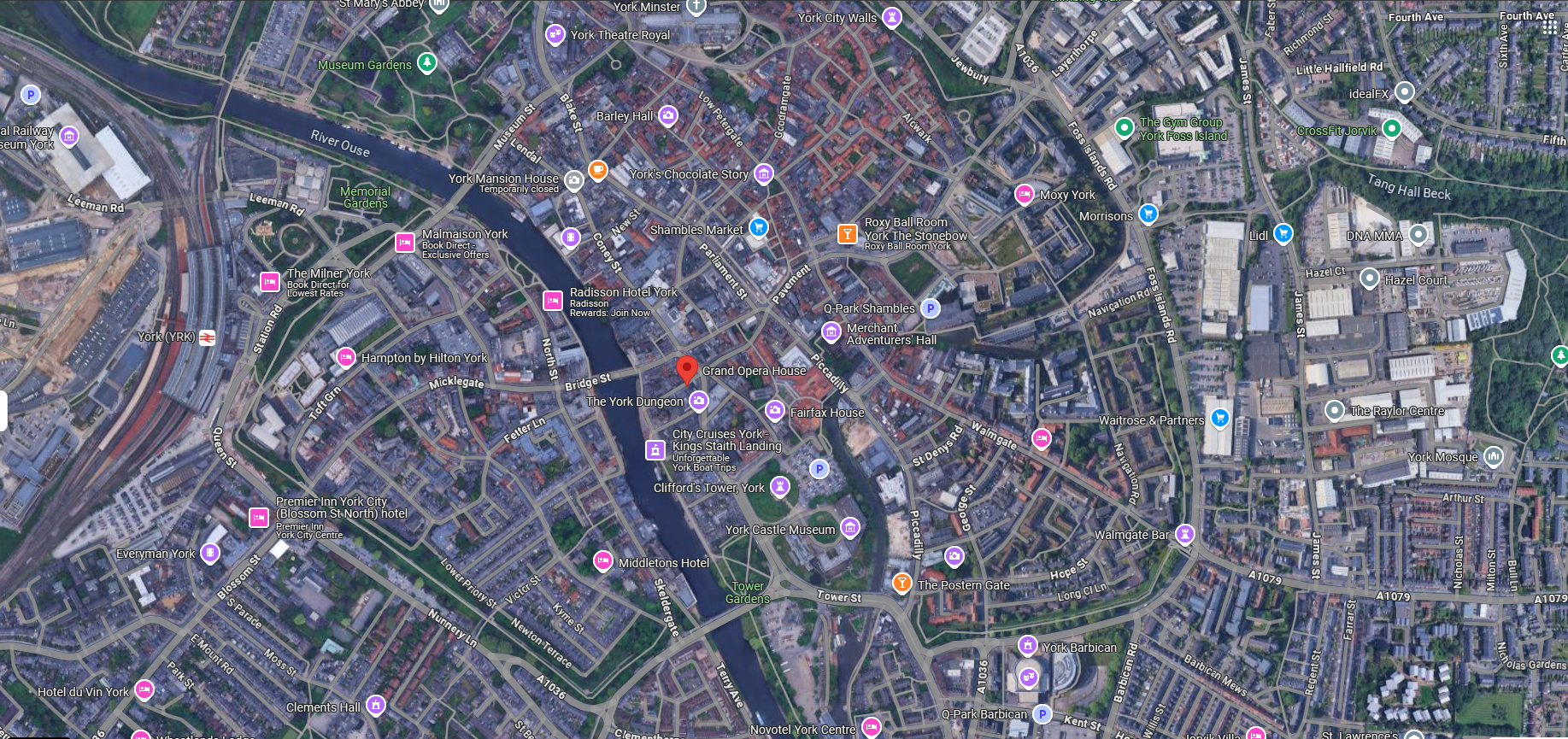
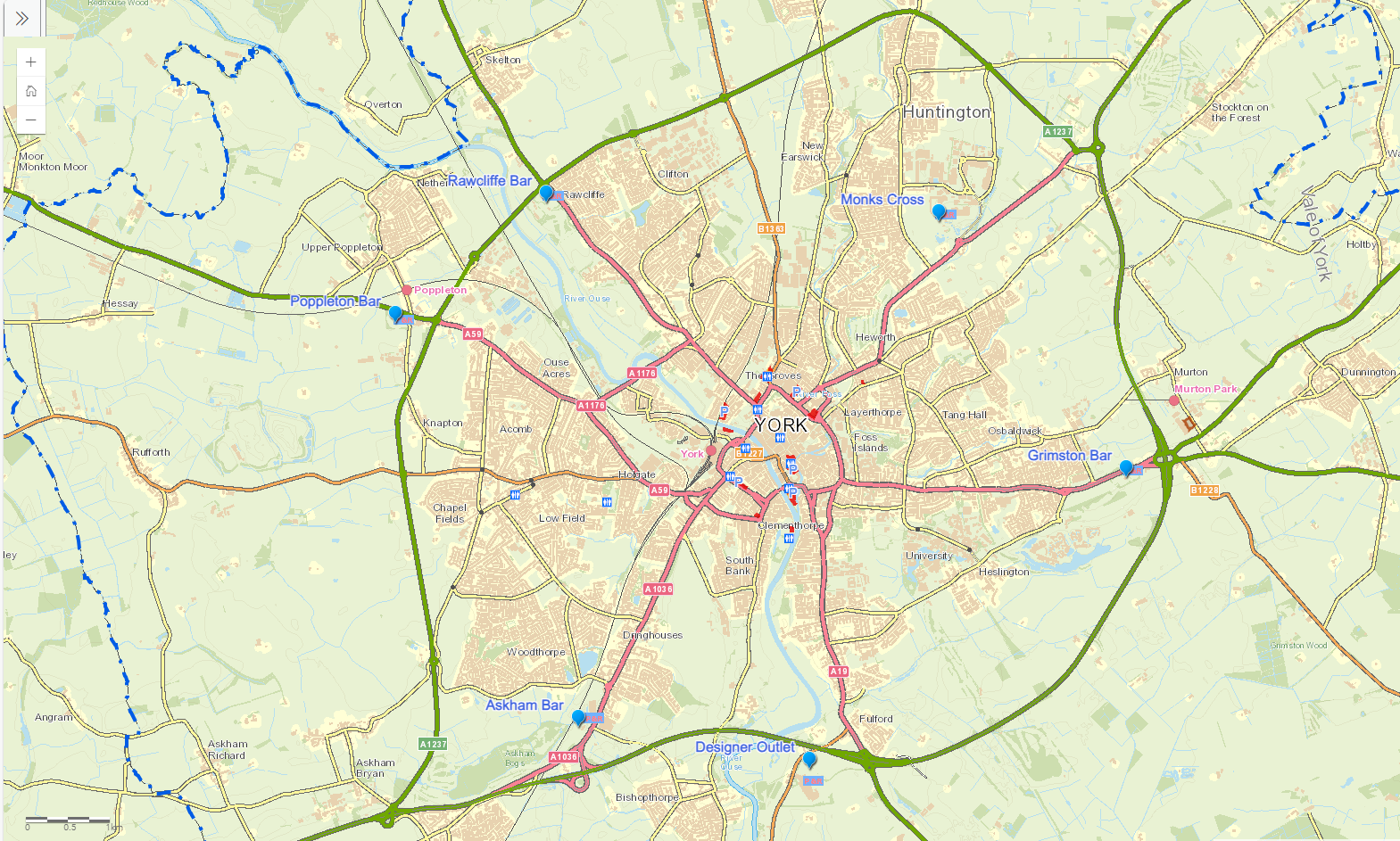
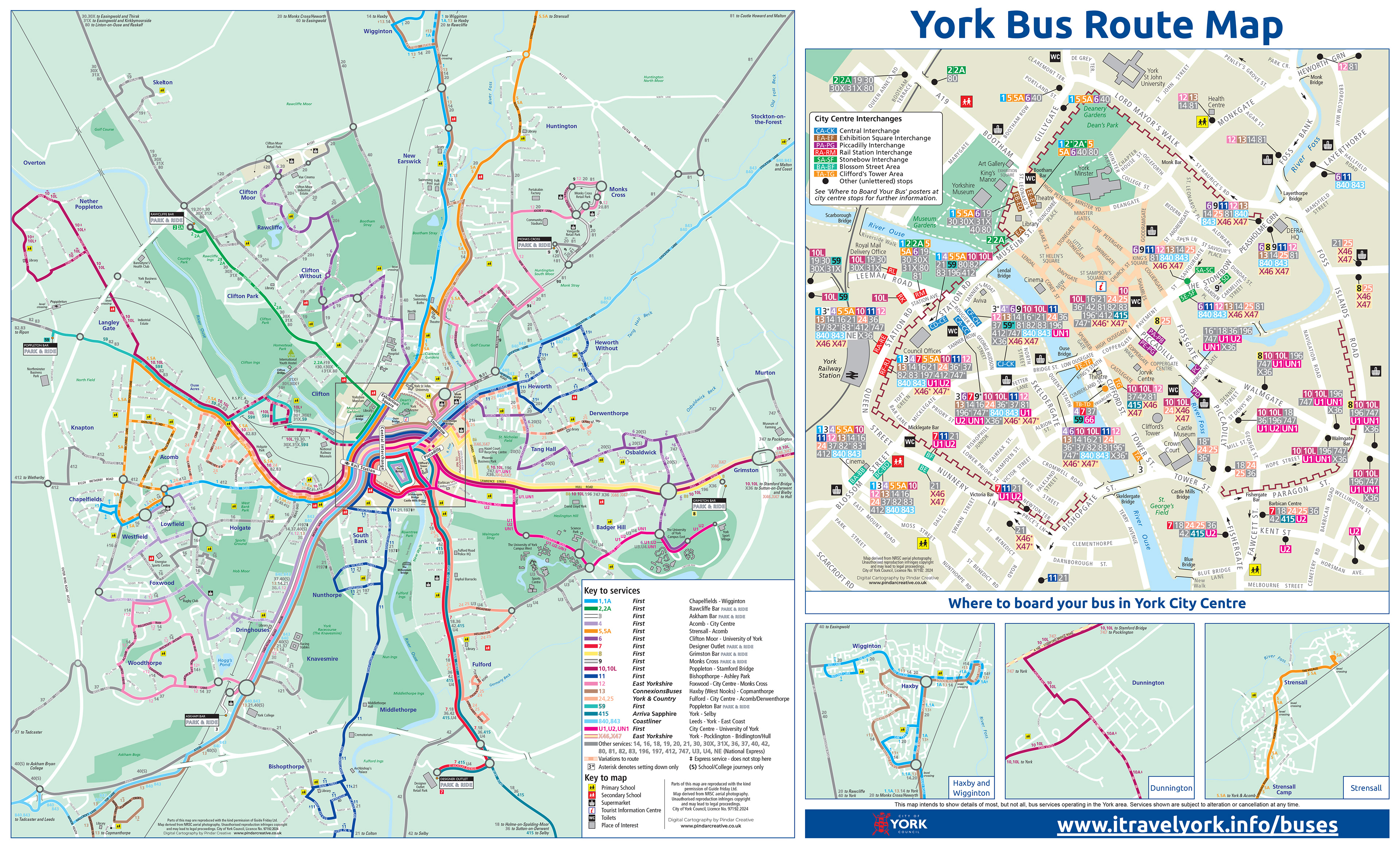
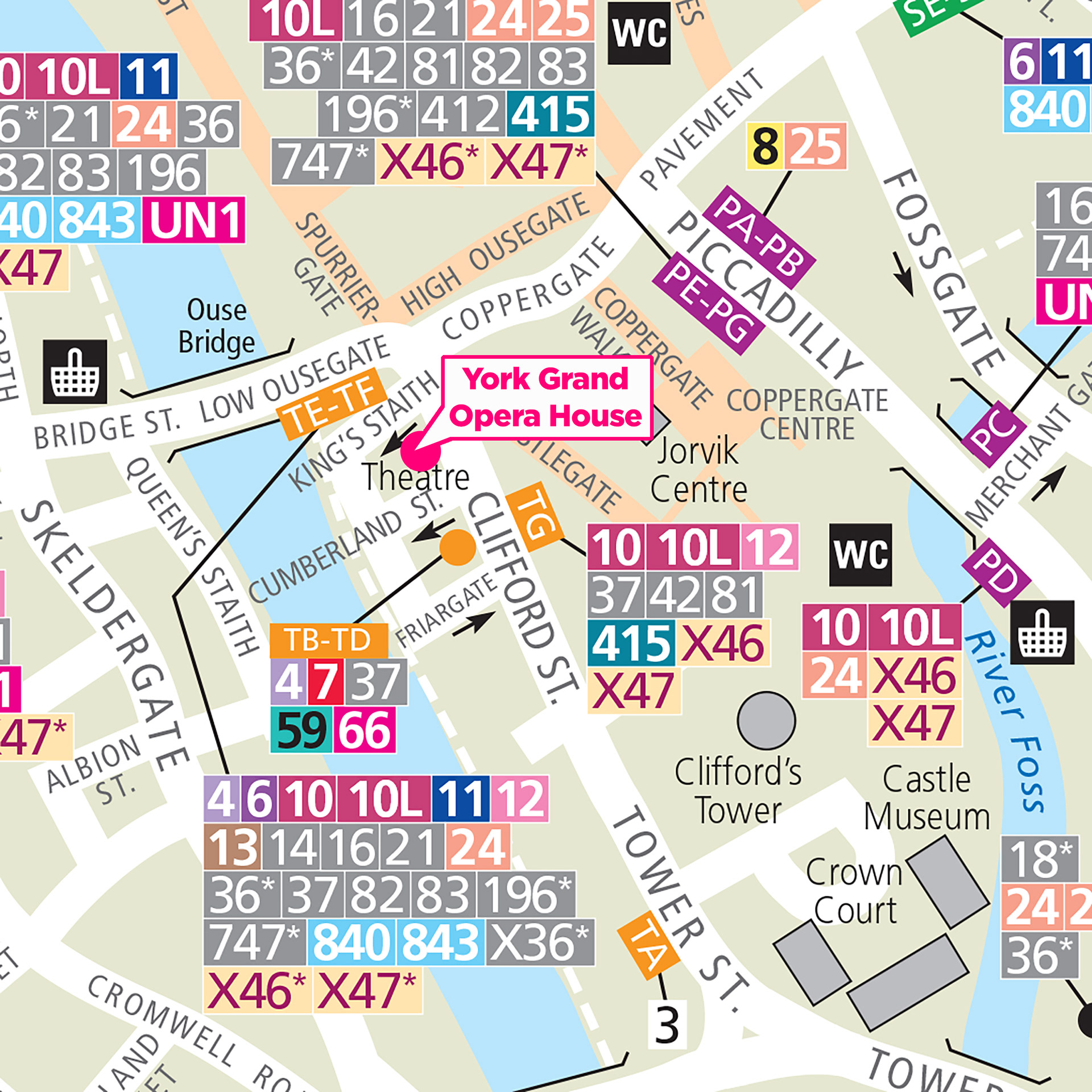
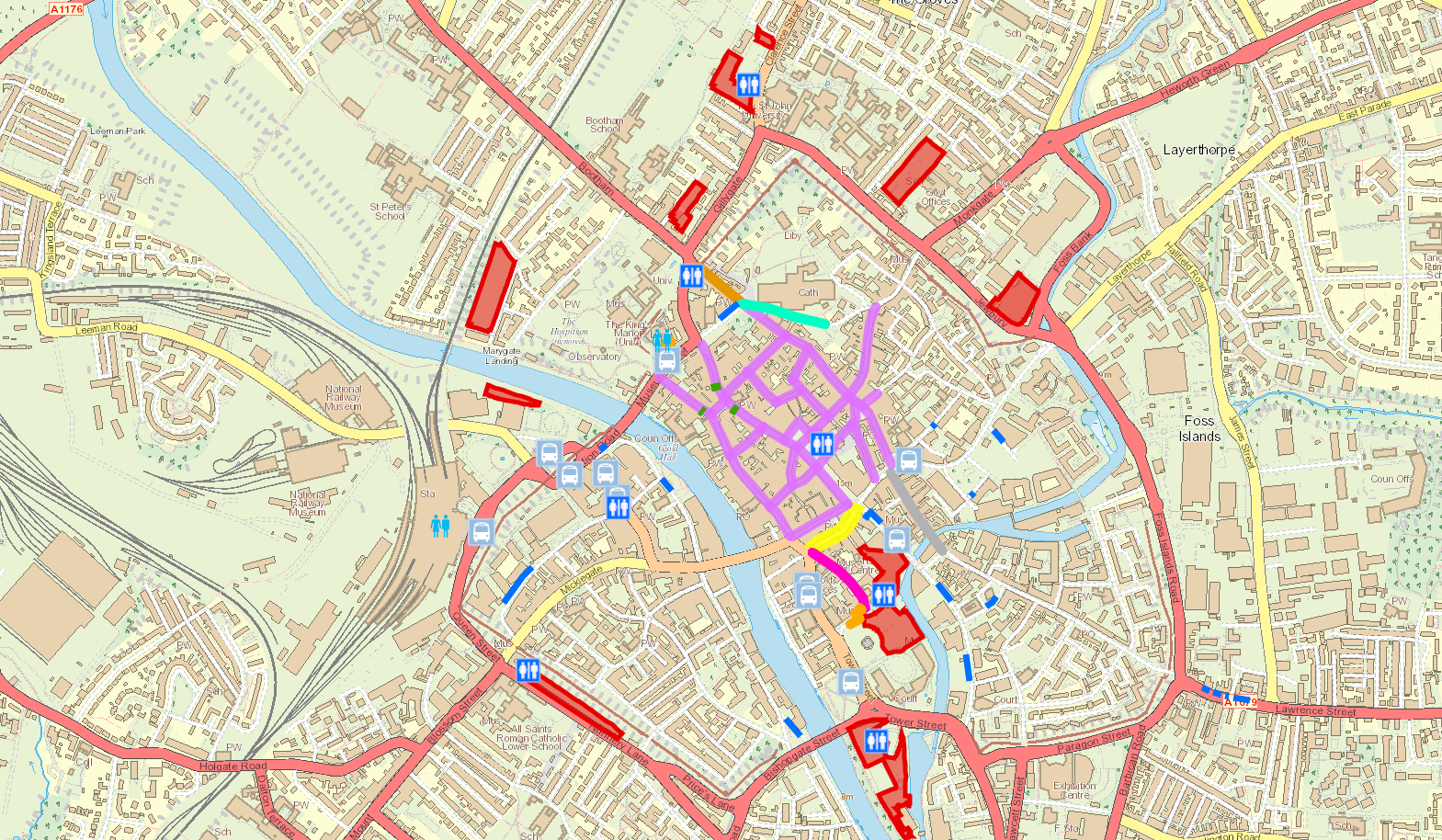
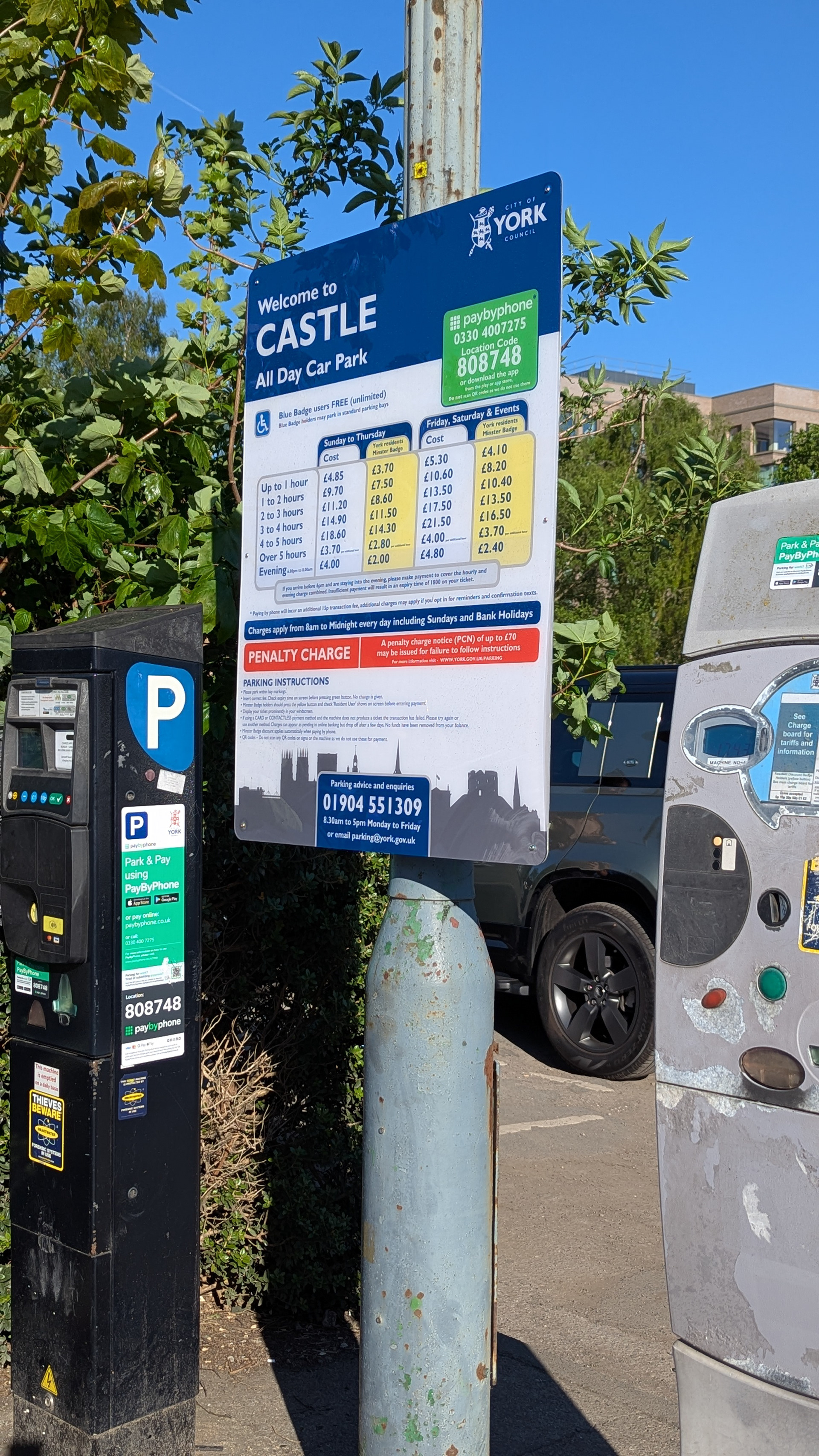
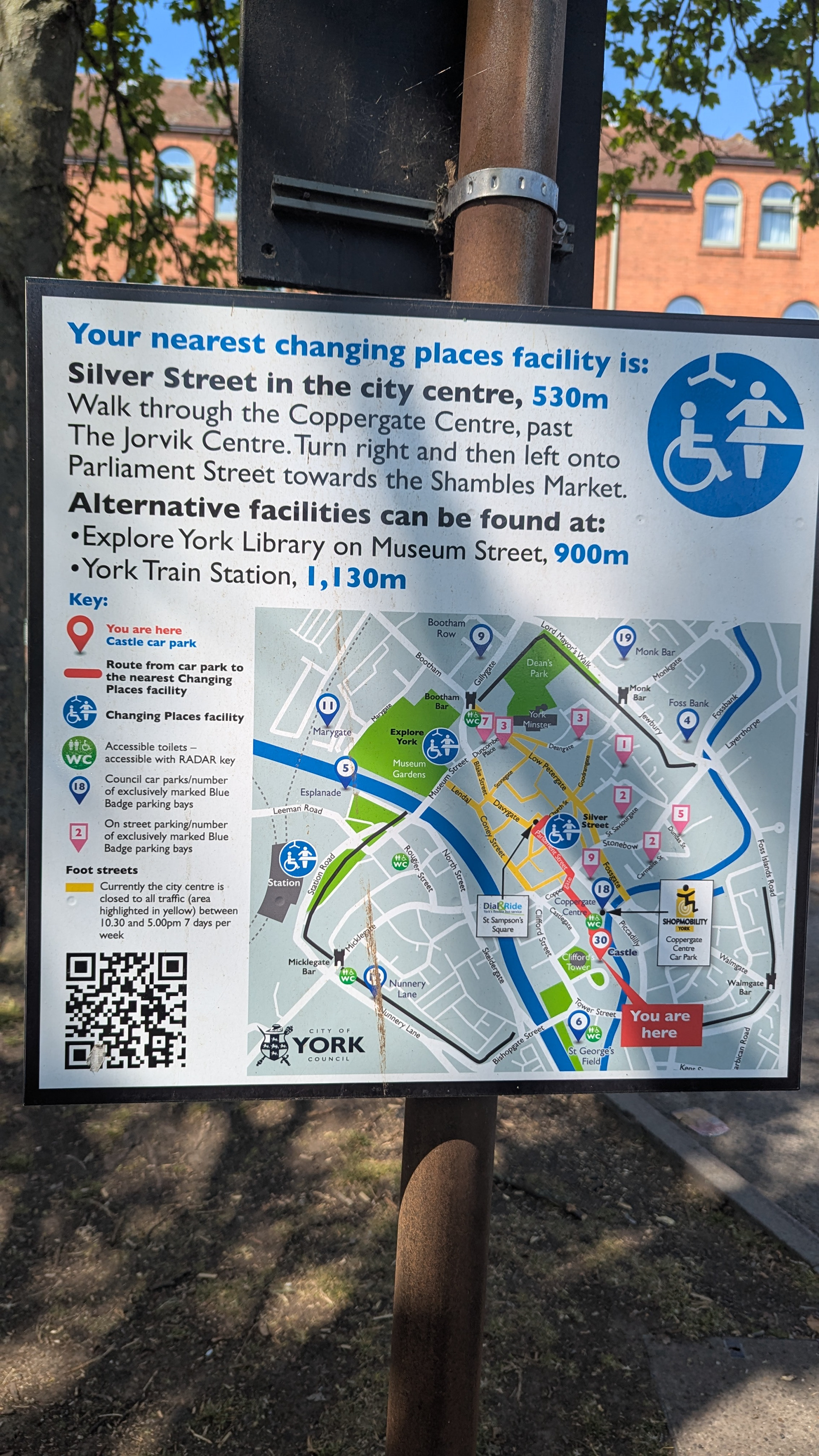
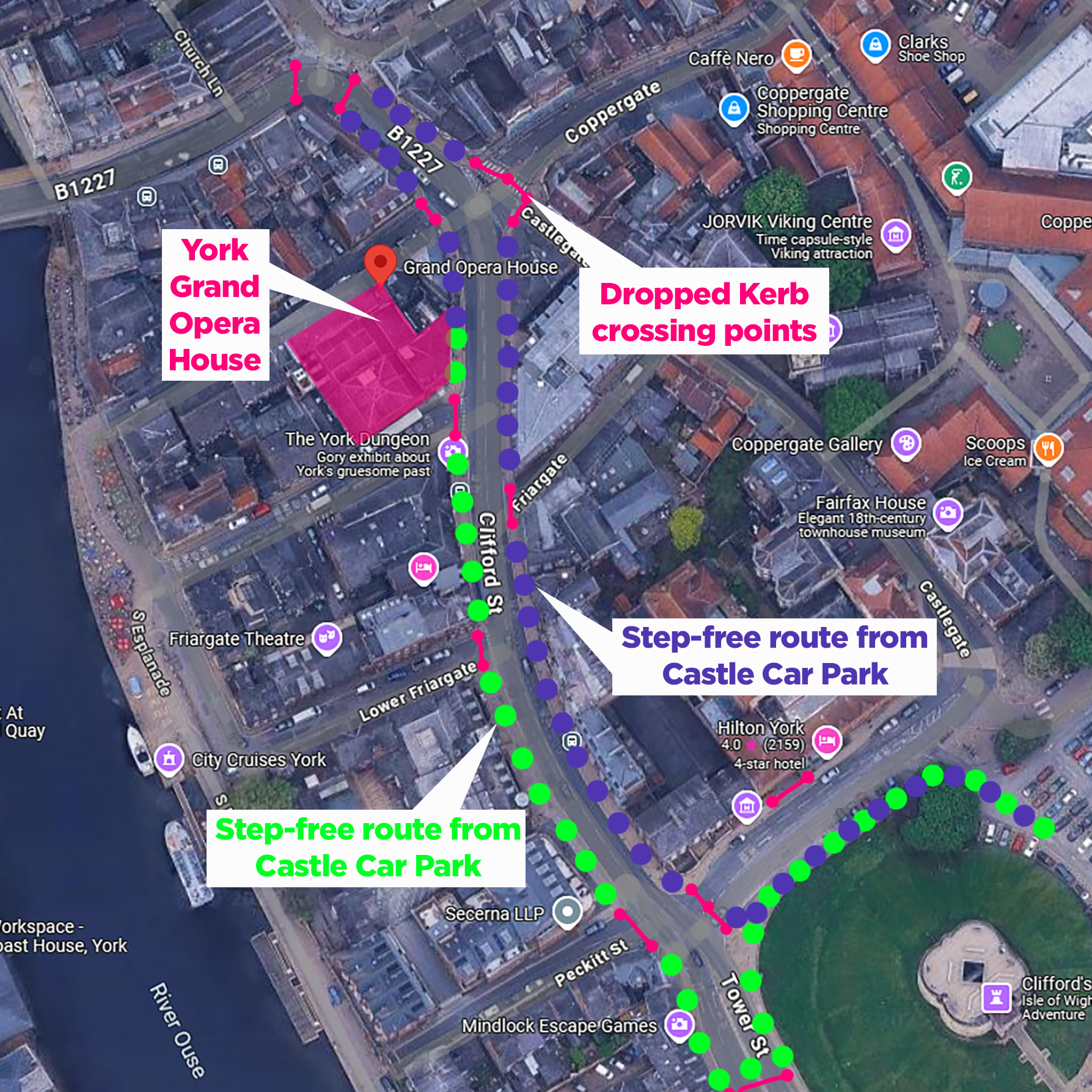
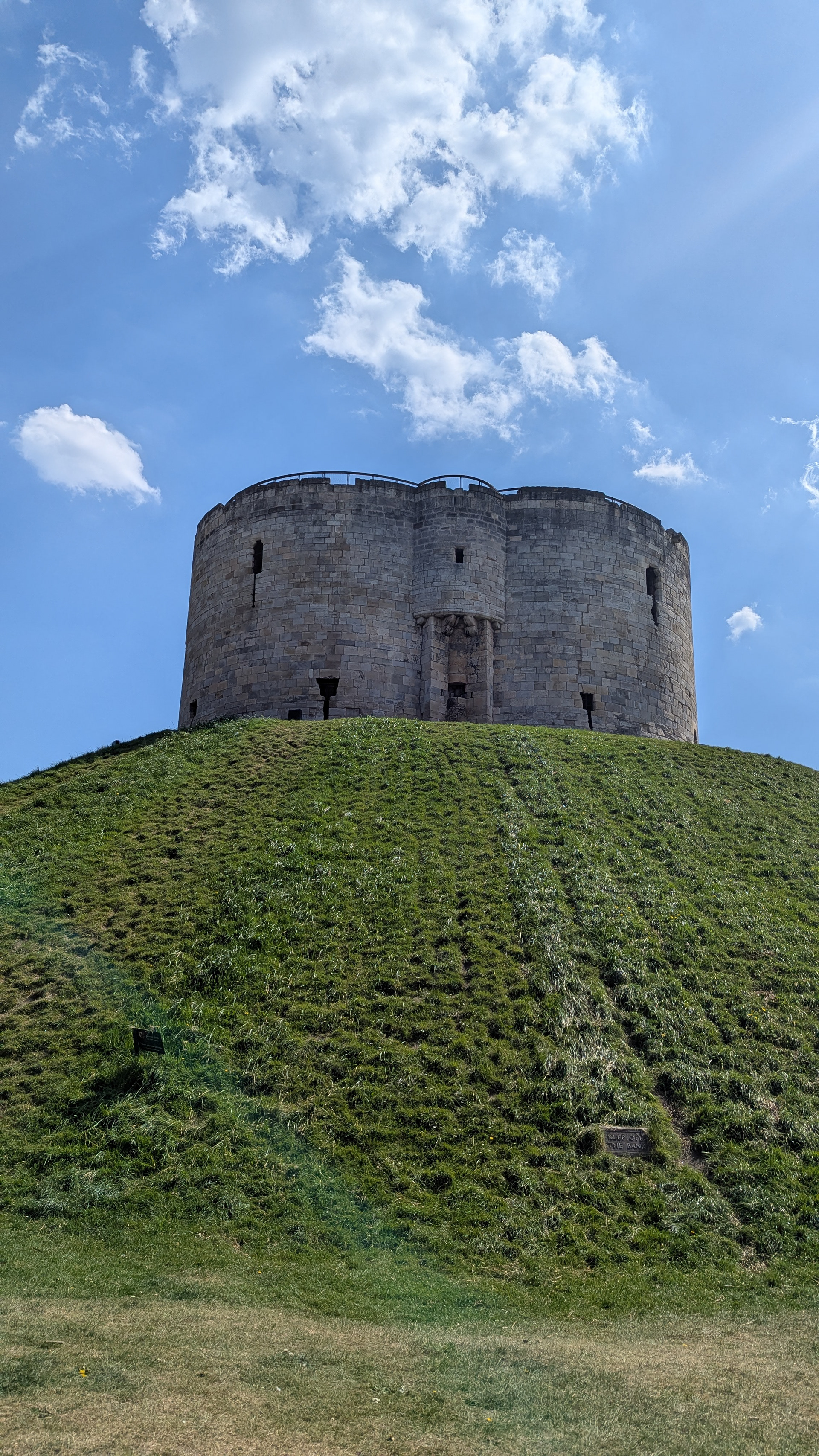
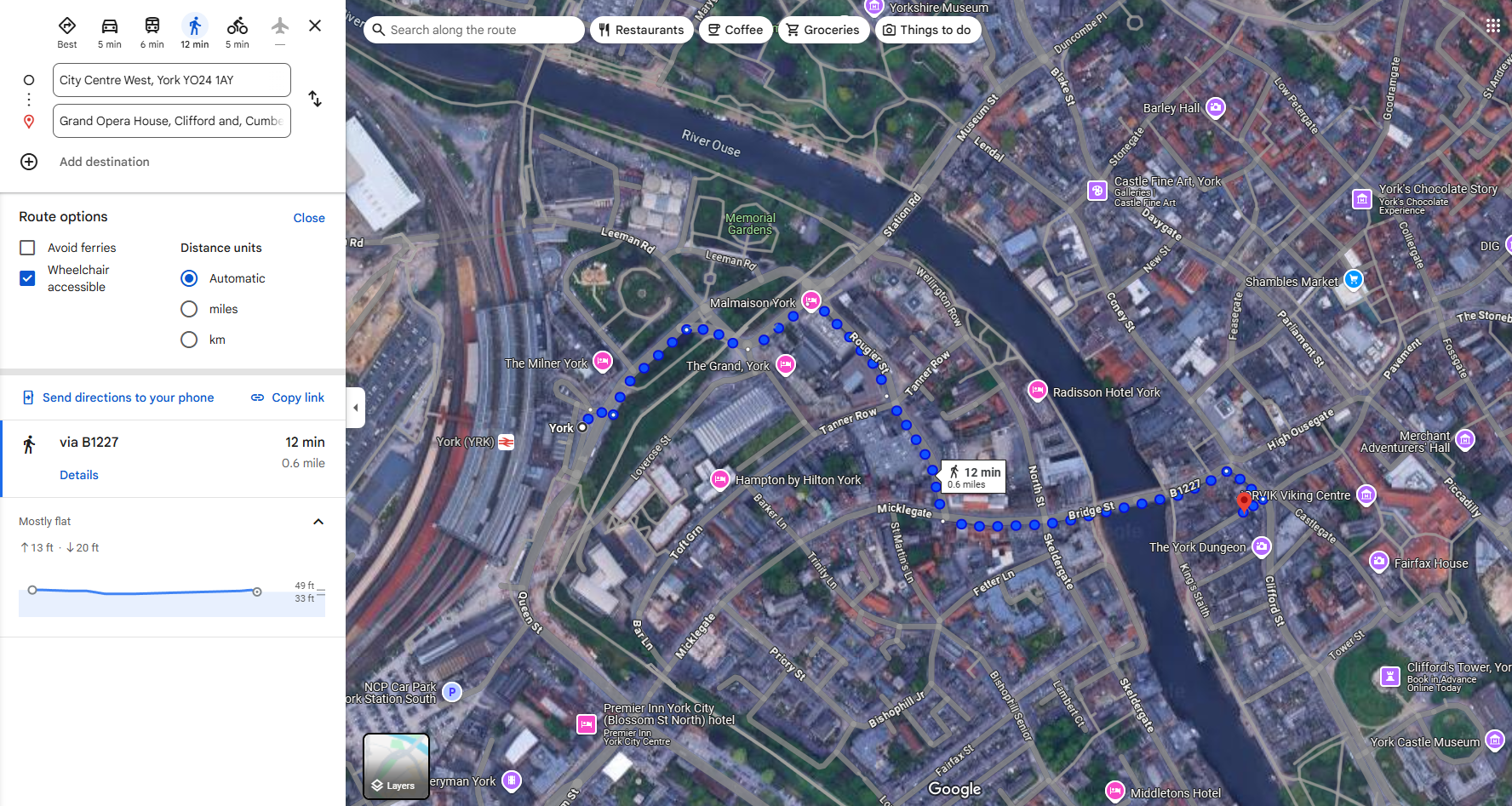
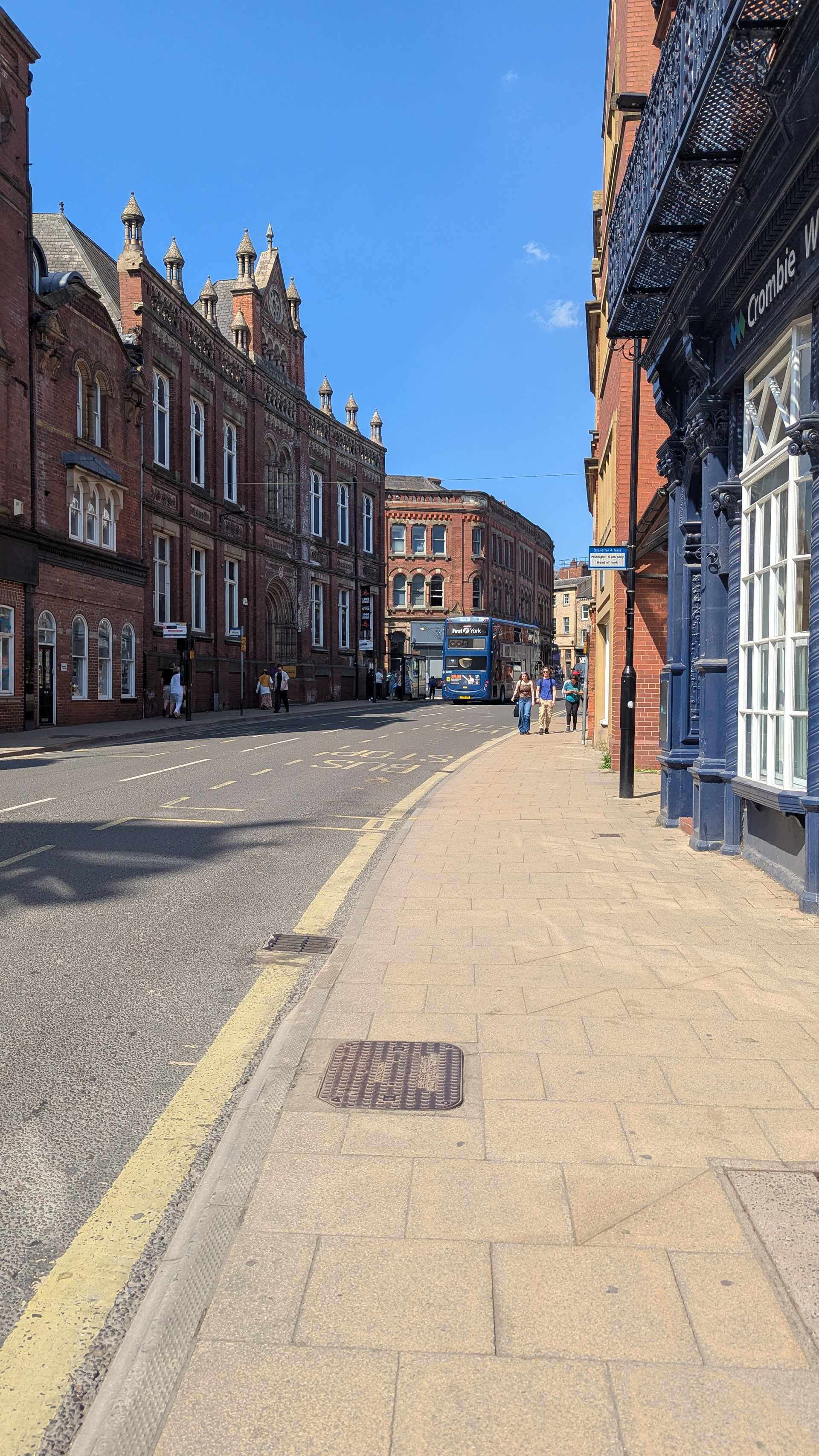
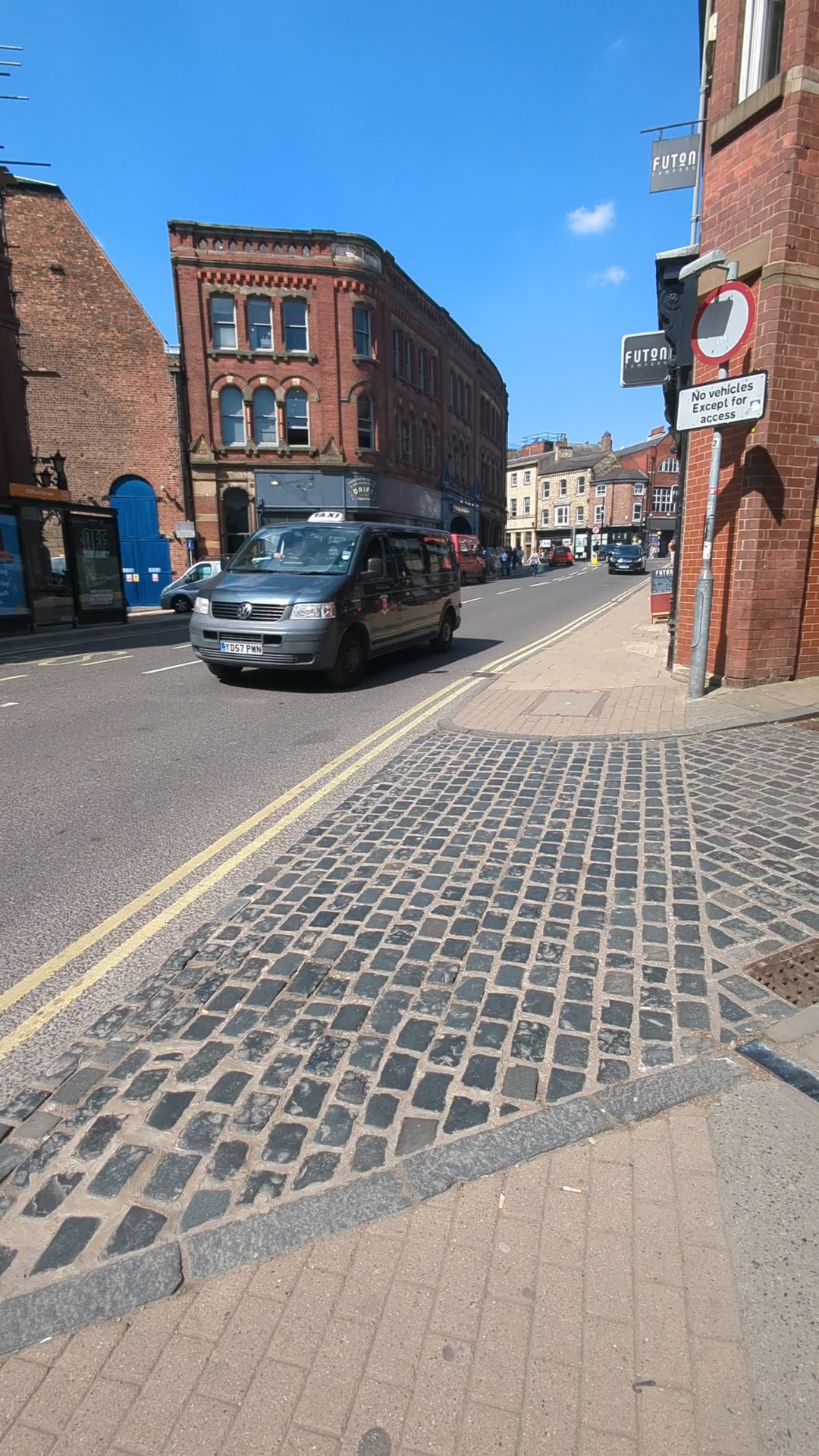
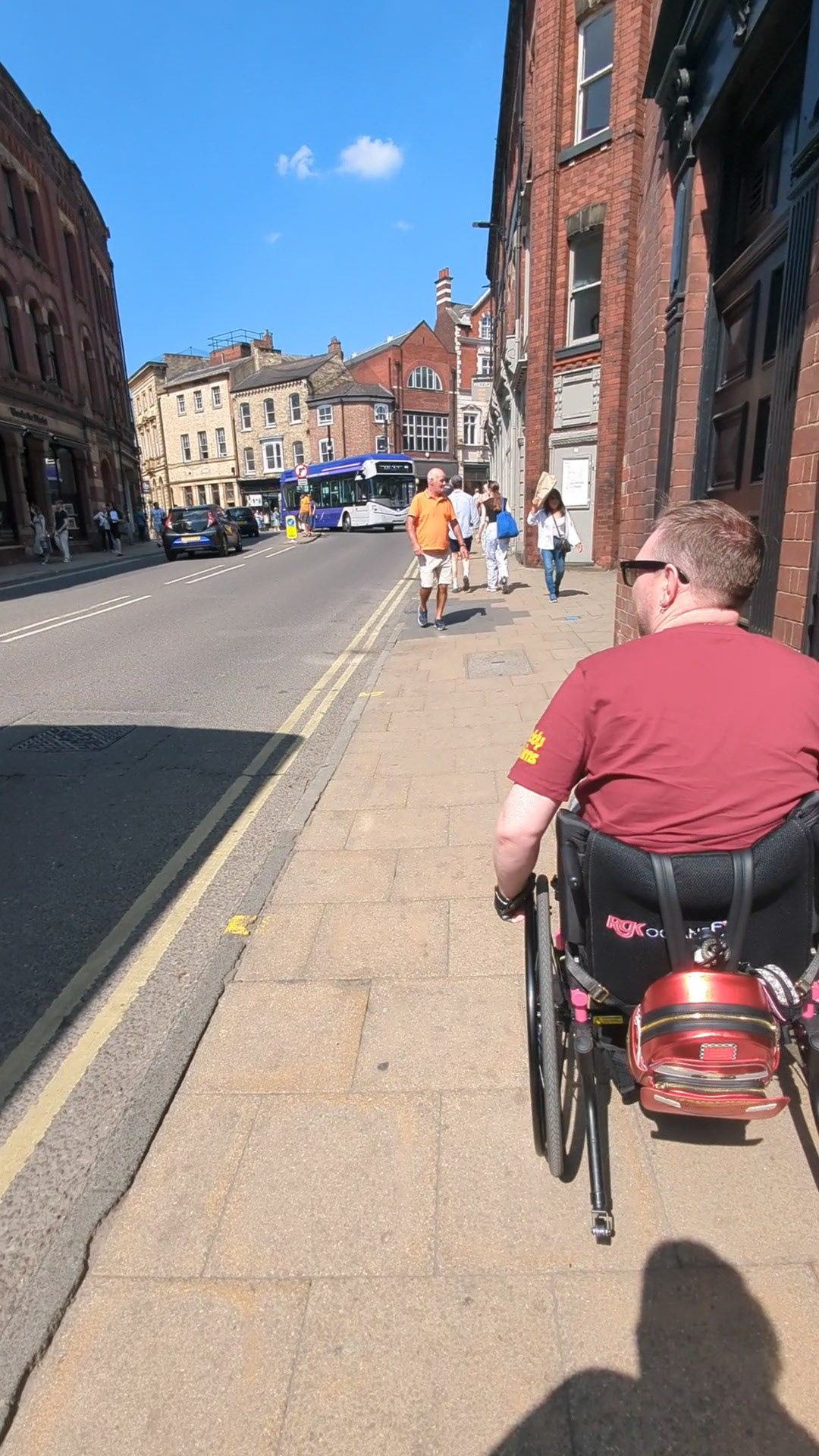
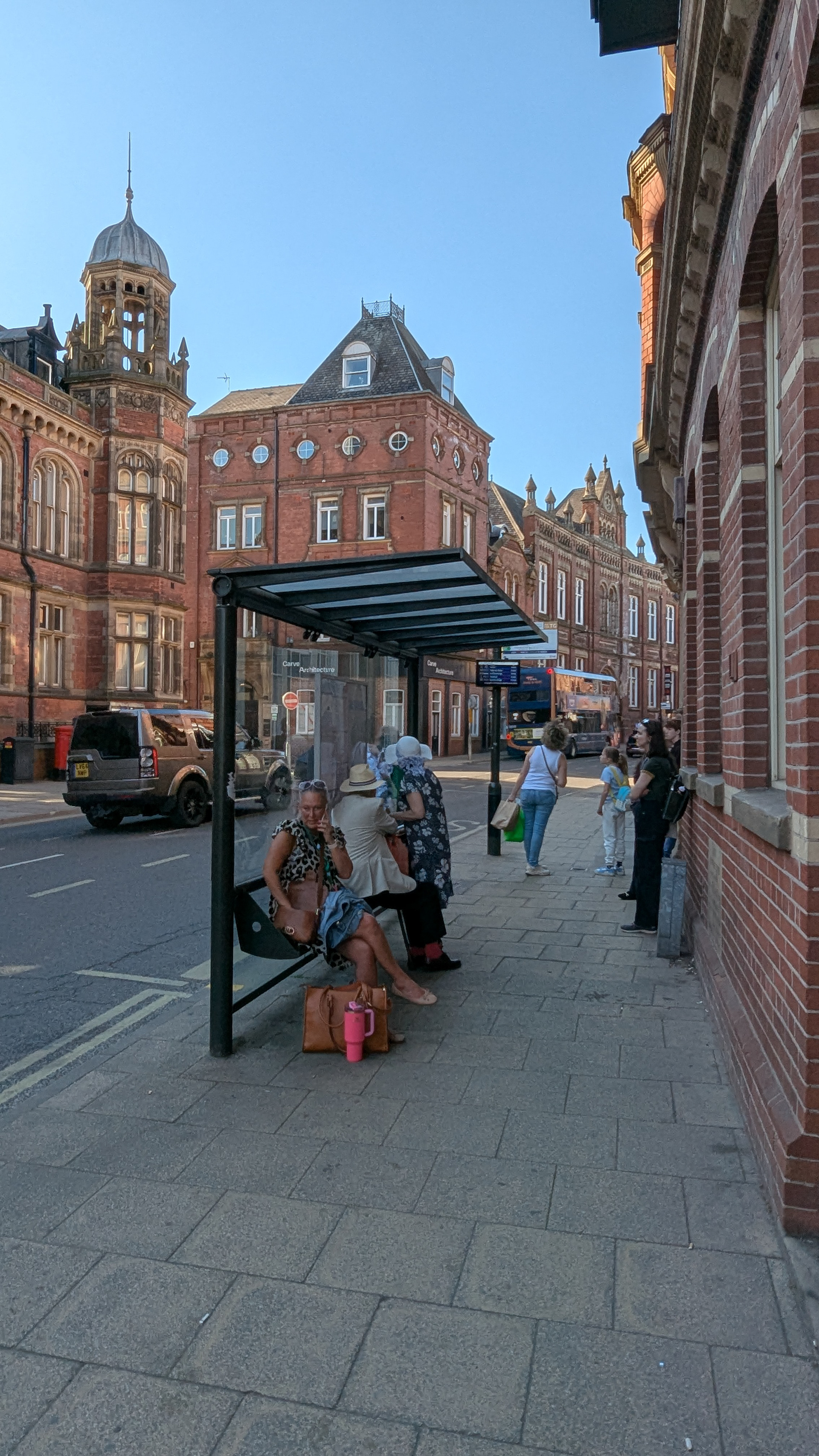
GETTING IN
As you get towards the Opera House, you’ll find that the dropped kerbs are few and far between along Clifford Street. If you are coming from the city centre, you must cross the main road to the venue. There’s a pelican crossing where Clifford Street meets Bridge Street and Spurriergate, or, if you’re heading from Clifford’s Towers, there is a pelican crossing across Tower Street. The kerbs are not too deep, but with the road being so busy, you need to be sure you are confident that you can bump or bunny hop up and down both sides before you decide to cross elsewhere.
Some side streets you’ll cross are cobbled, so be prepared for a bumpy ride. The footpaths are paved with slabs, some uneven with sunken drain covers. The paths on the opposite side of the road to the opera house have a camber sloping towards the road, which can be difficult to wheel on. The pavements are also relatively narrow, so you might find people queuing at bus stops, making it difficult to get past.
The main facade of the building is very small, with two sets of double doors. People queuing at the doors for a security bag check and ticket scan narrow the pavement down, so you must wheel along close to the edge of the busy road.
Access through these doors and to the Box Office is step-free; however, you cannot access any other areas step-free from here. As I got to the front of the queue, a member of the house staff approached me and advised me that there was an alternative entrance I should use. He pointed me in the right direction.
To access the building step-free, you need to go to an additional entrance on King Street, north of the building. The street slopes downwards towards the river. The road itself is cobbled, but there is a narrow, slightly uneven paved path running down the side of the building.
The emergency exit's double doors are clearly marked as the accessible entrance, and a buzzer on the door frame lets the staff know you are there and want to be in.
As you enter through the door, you enter a small, unusually shaped hallway with a short-pile carpet.
Our seat numbers were checked as we entered, but there was no security bag check at this door. The staff member at the door showed us to our seats and informed us that we could just ask him if we needed any further assistance.
The auditorium opens 30 minutes before the performance starts, so if you have issues standing and waiting, it’s best not to arrive too early. If you do arrive early, you may be put in the Ambassador Lounge, a VIP upgrade bar, while you wait to gain access to the stalls area.
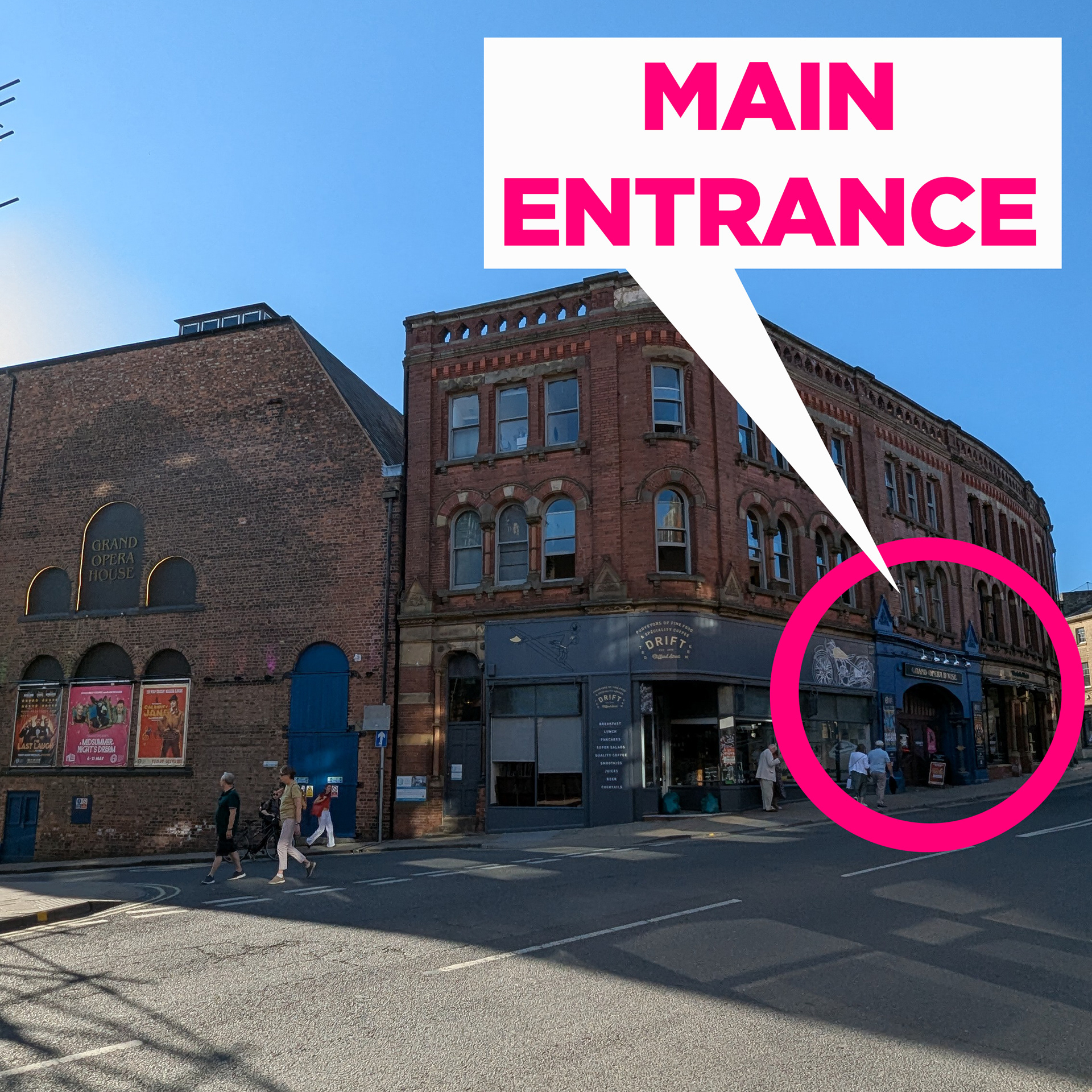
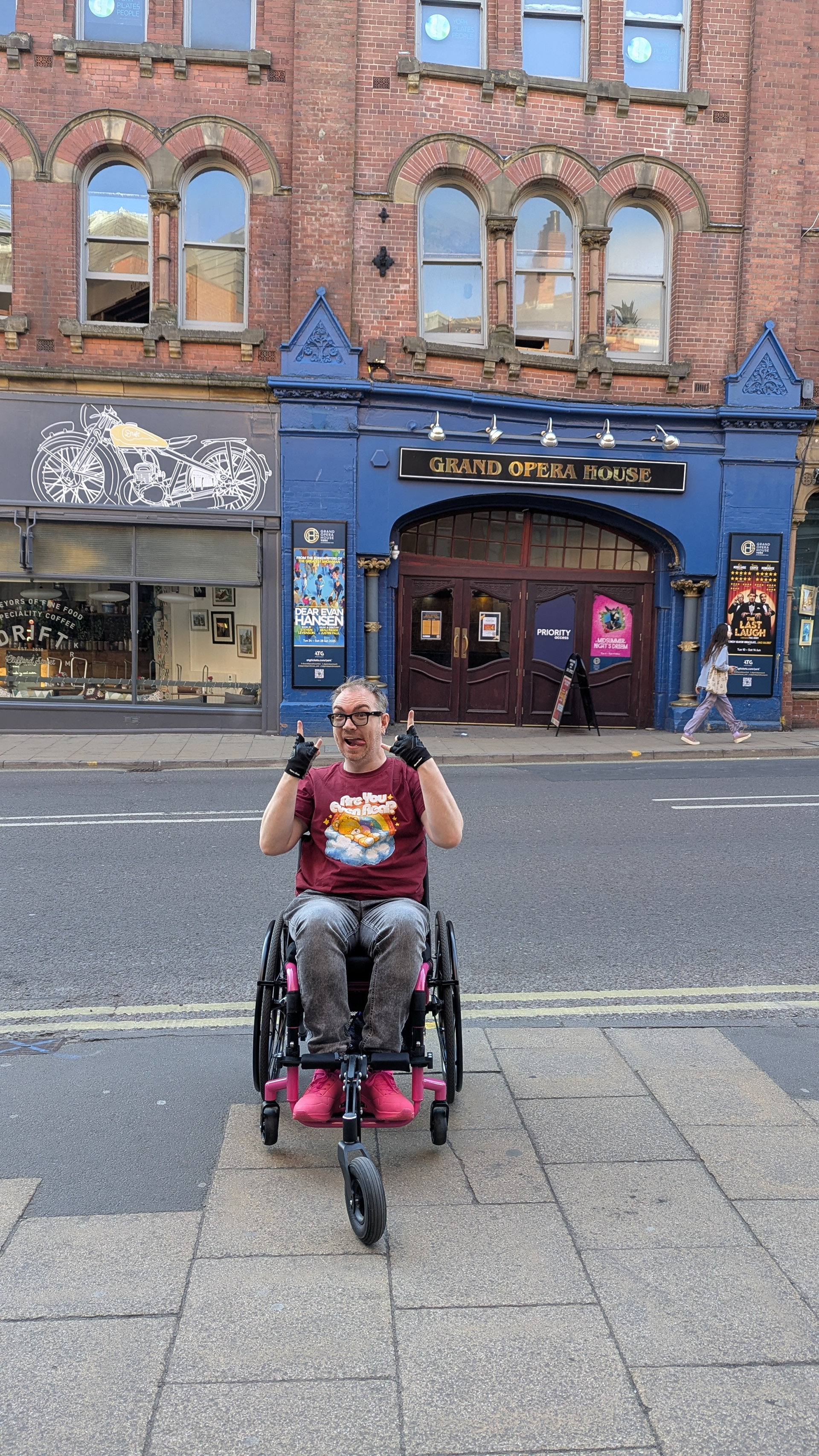
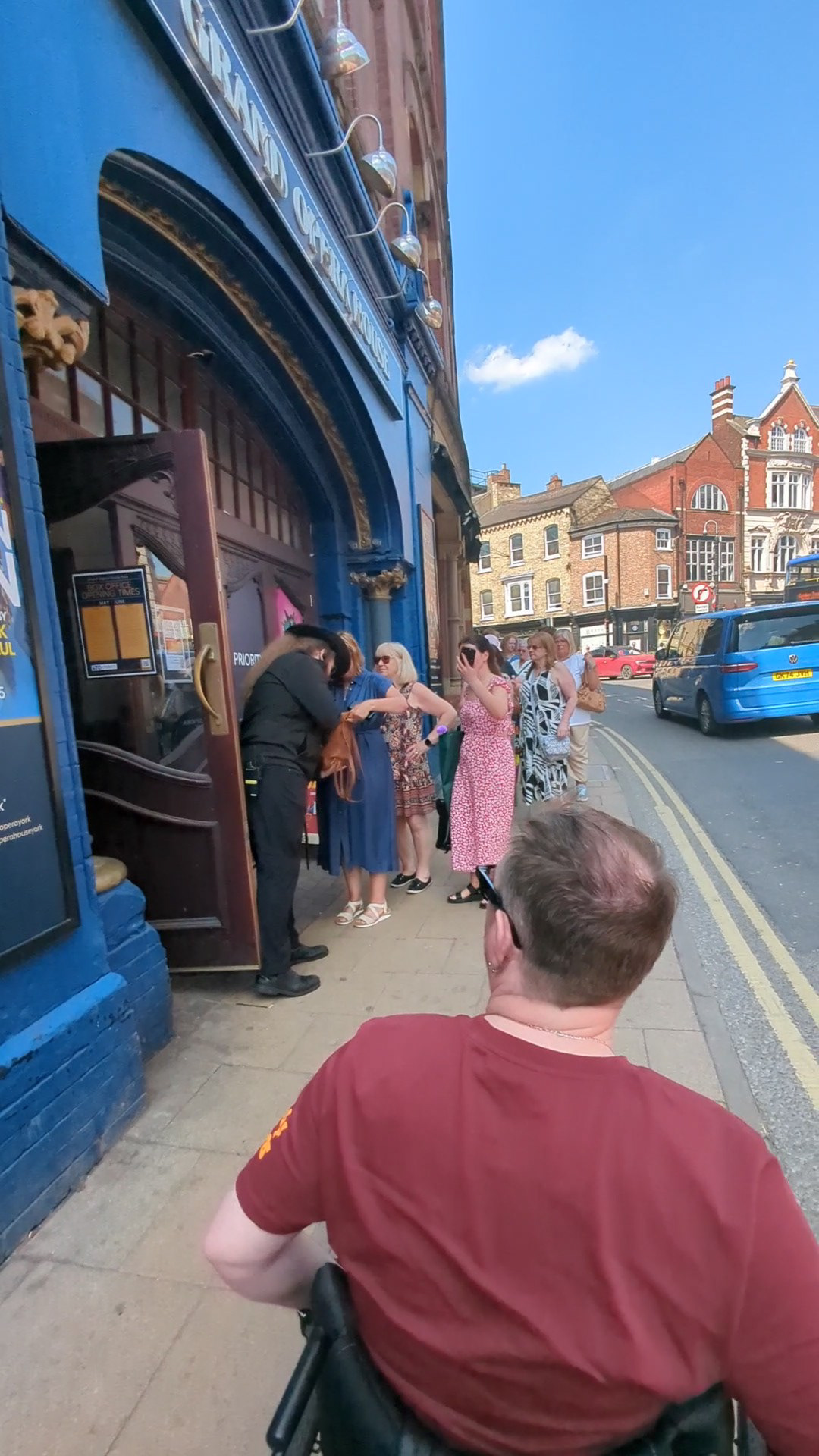
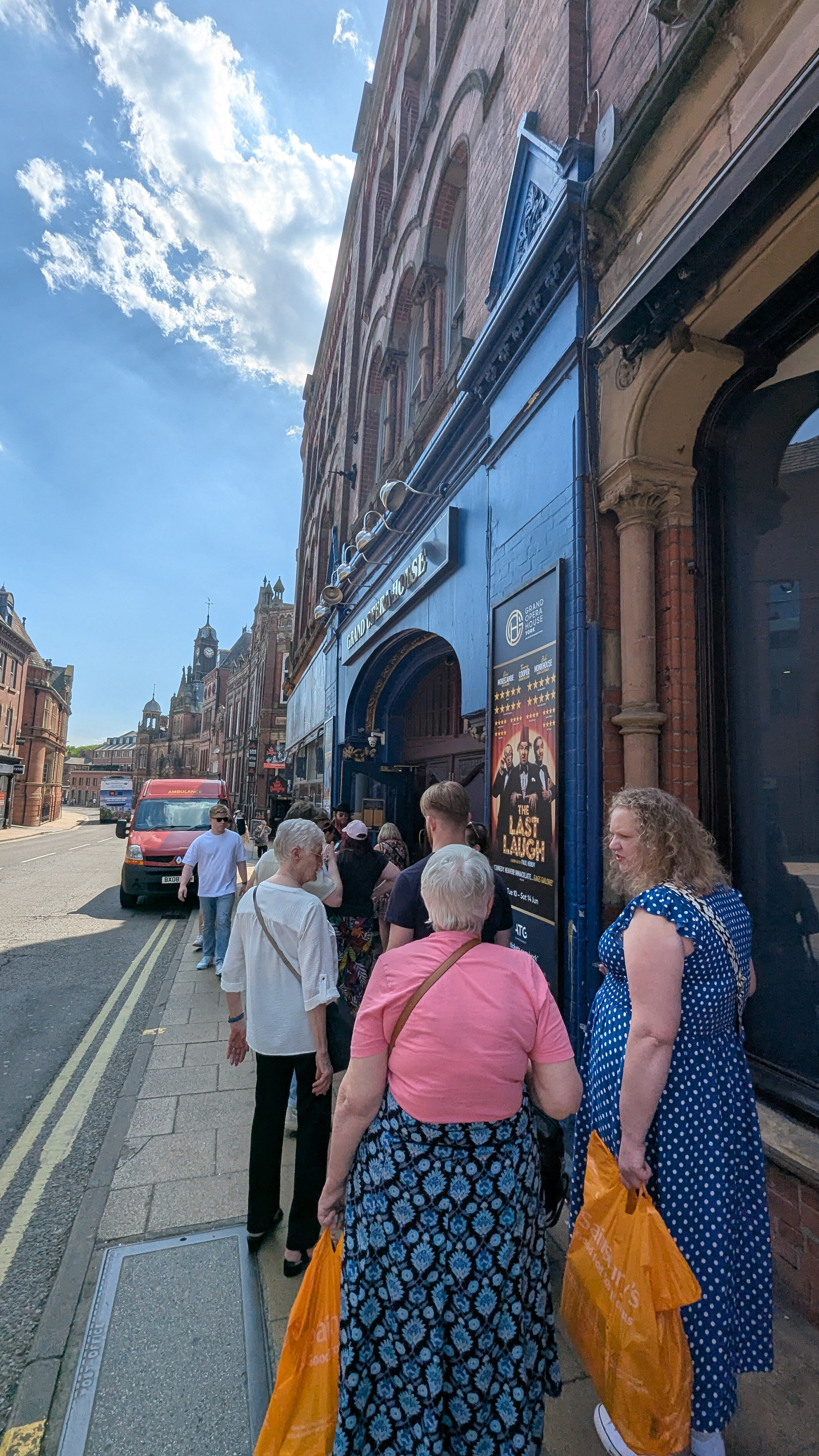
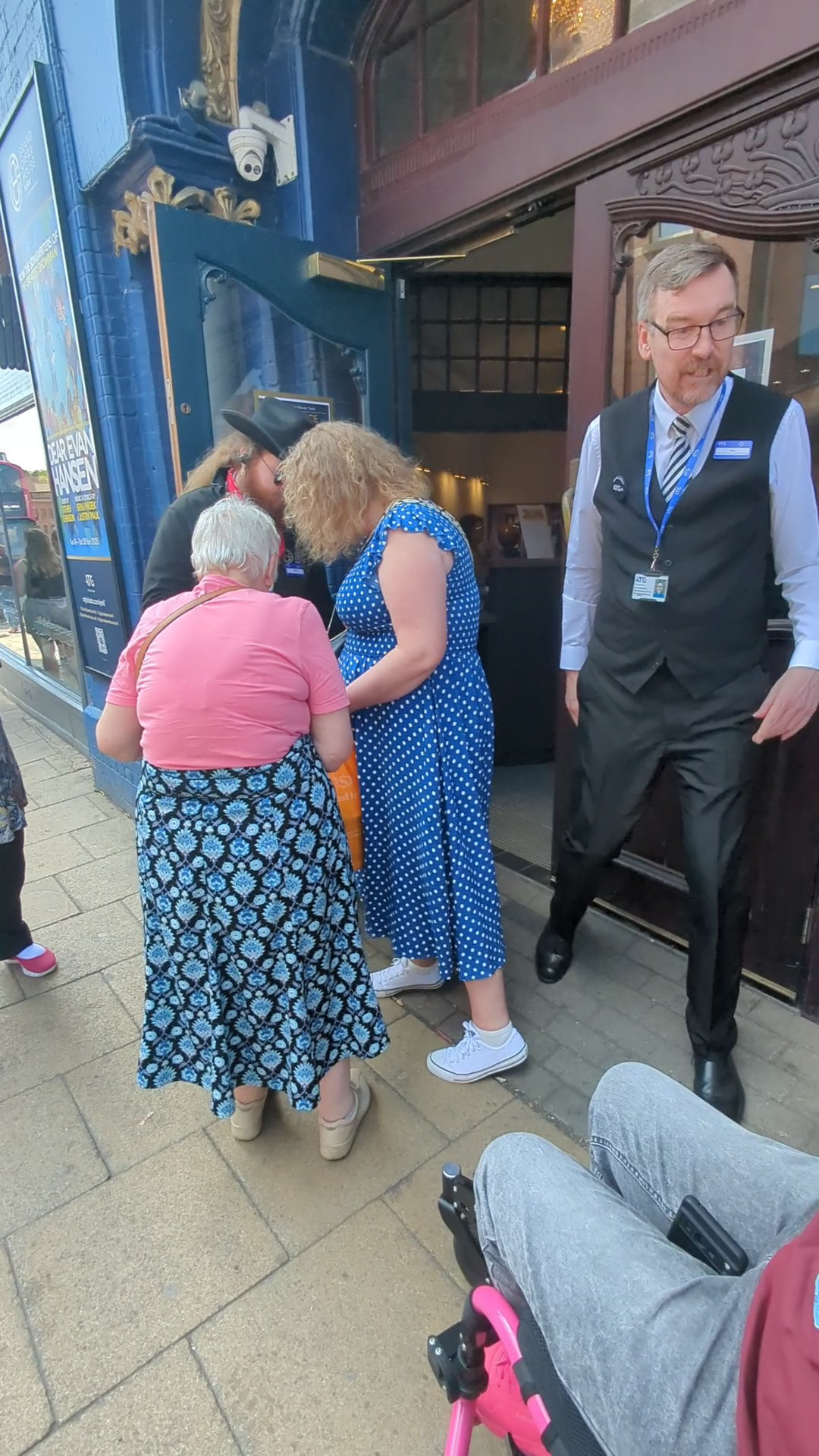
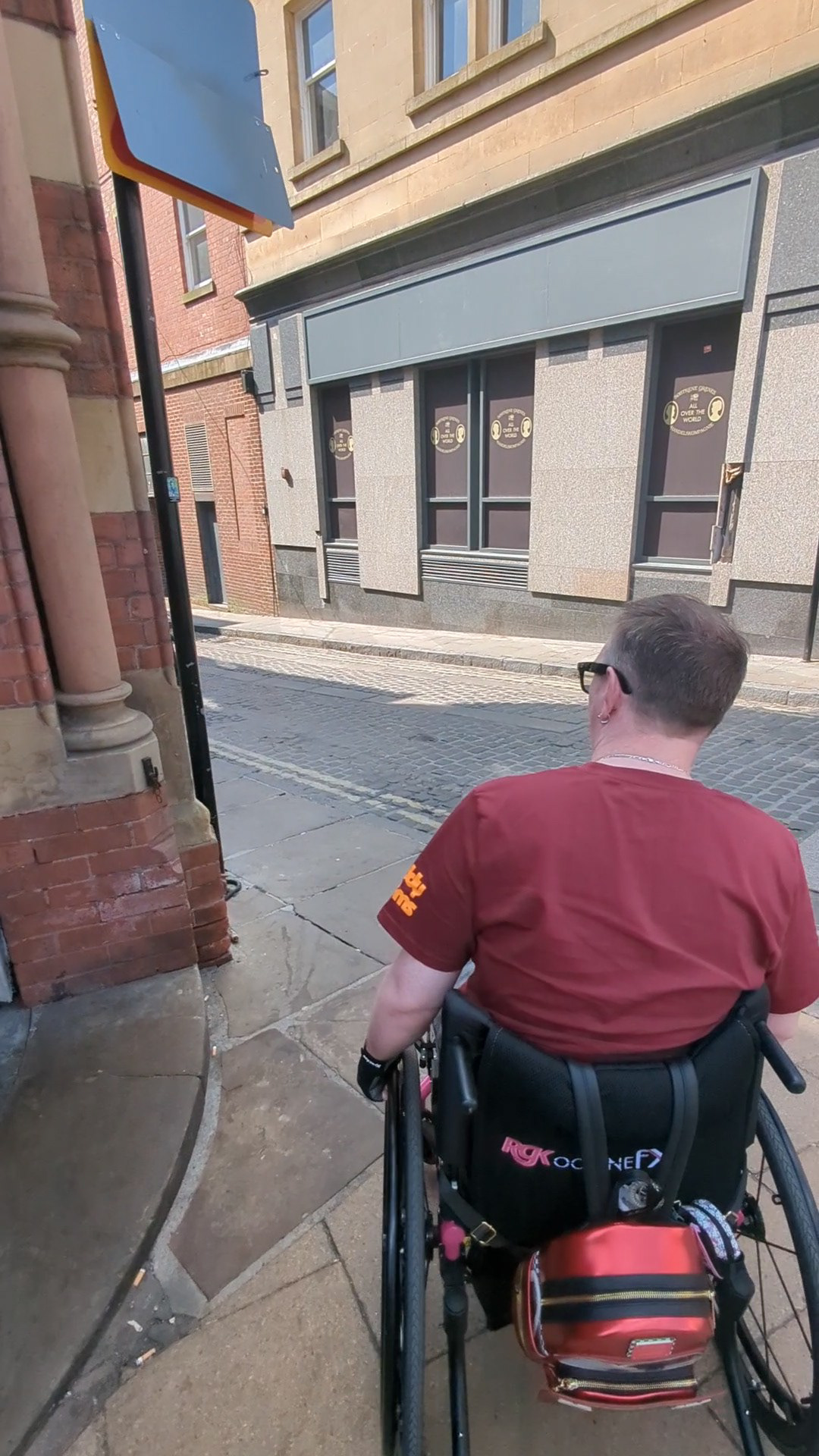
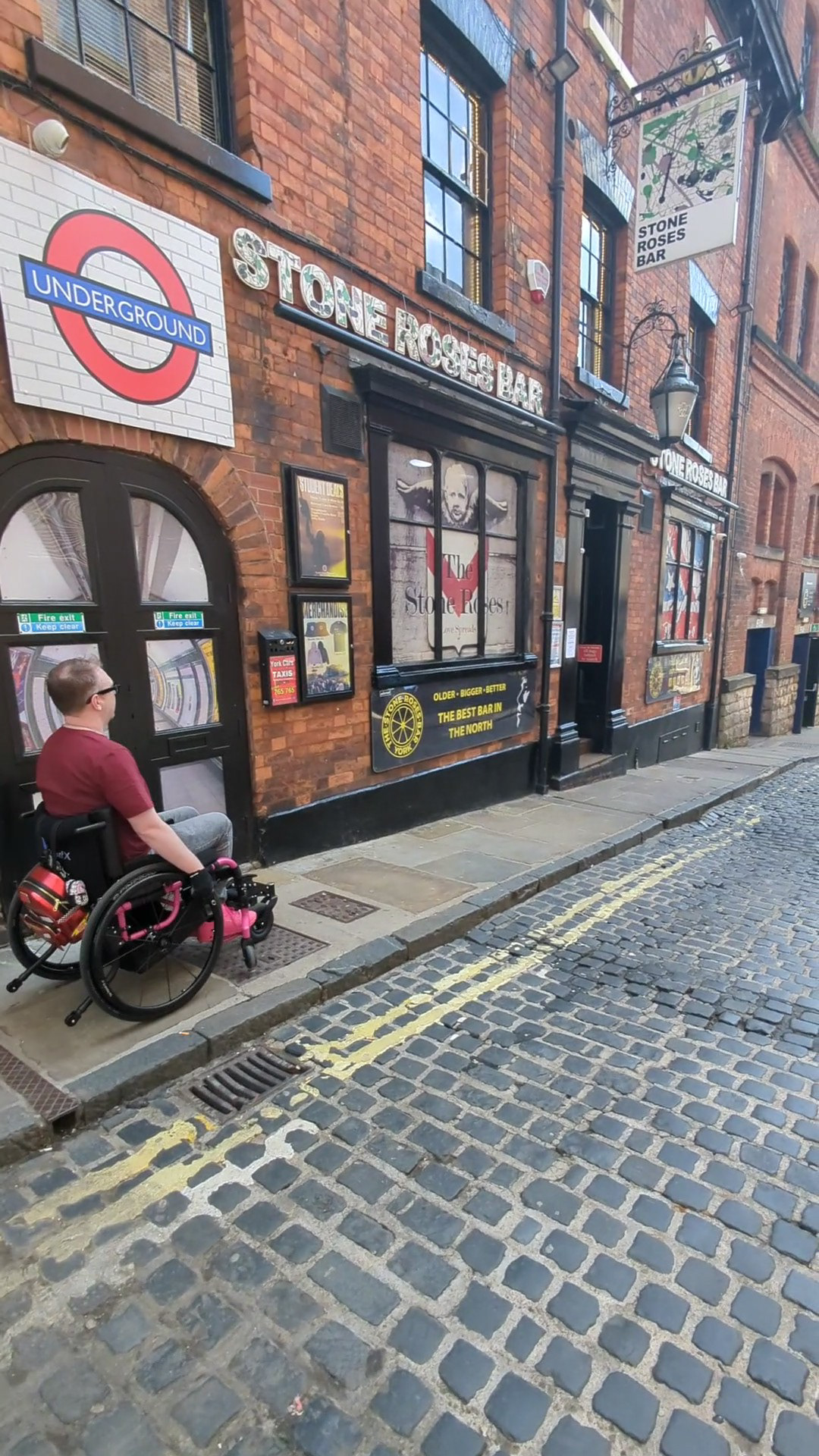

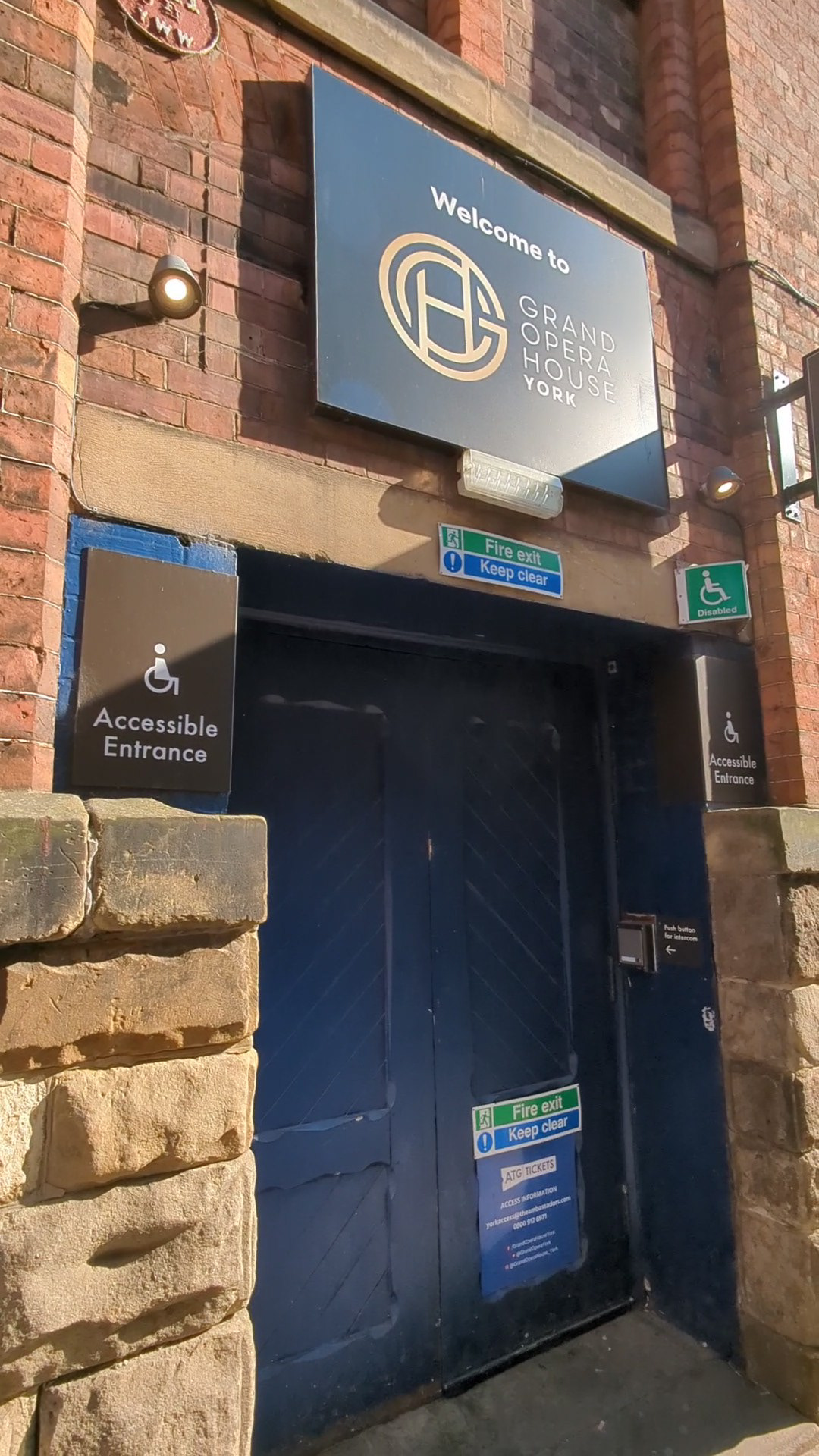
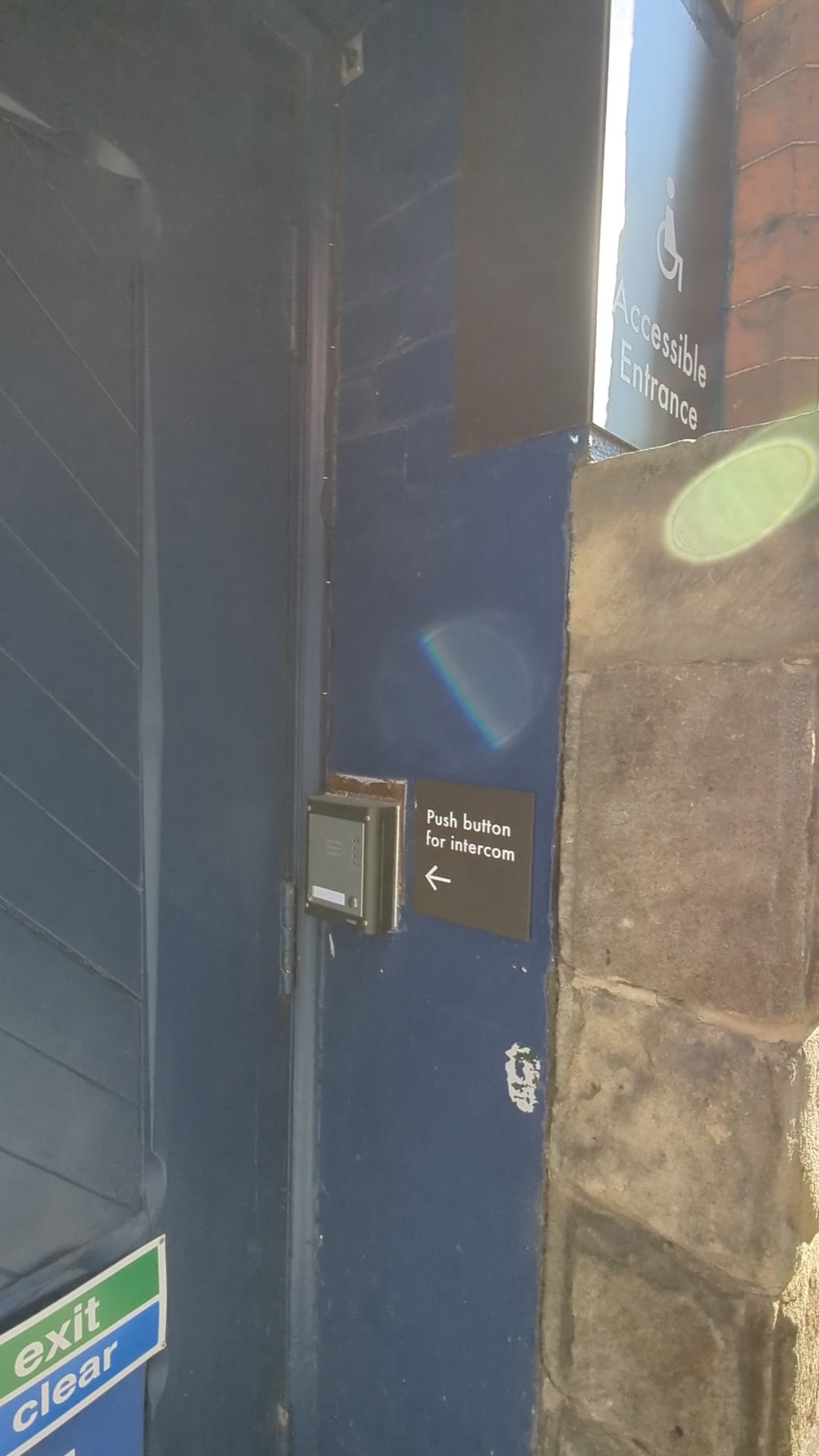
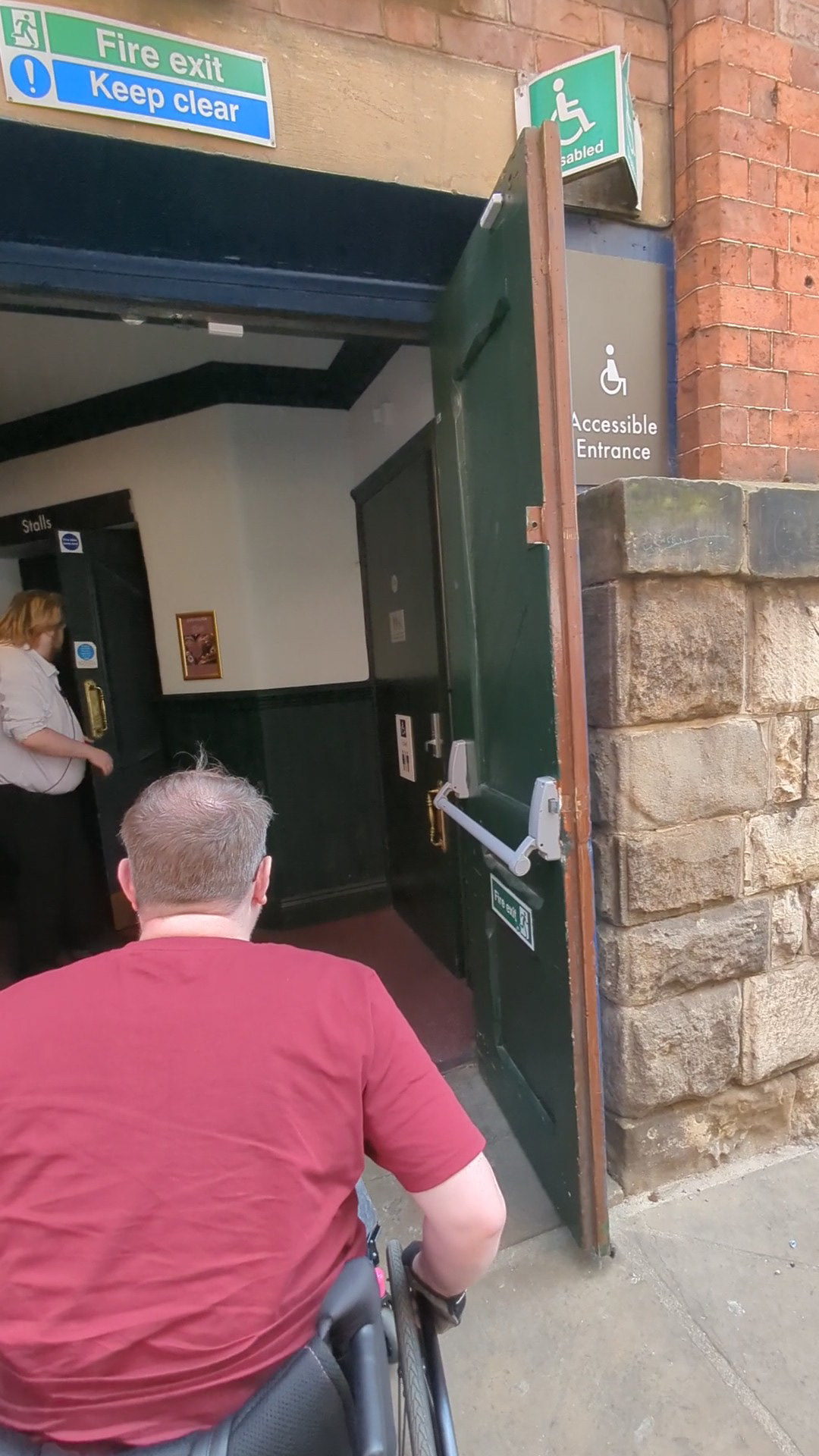
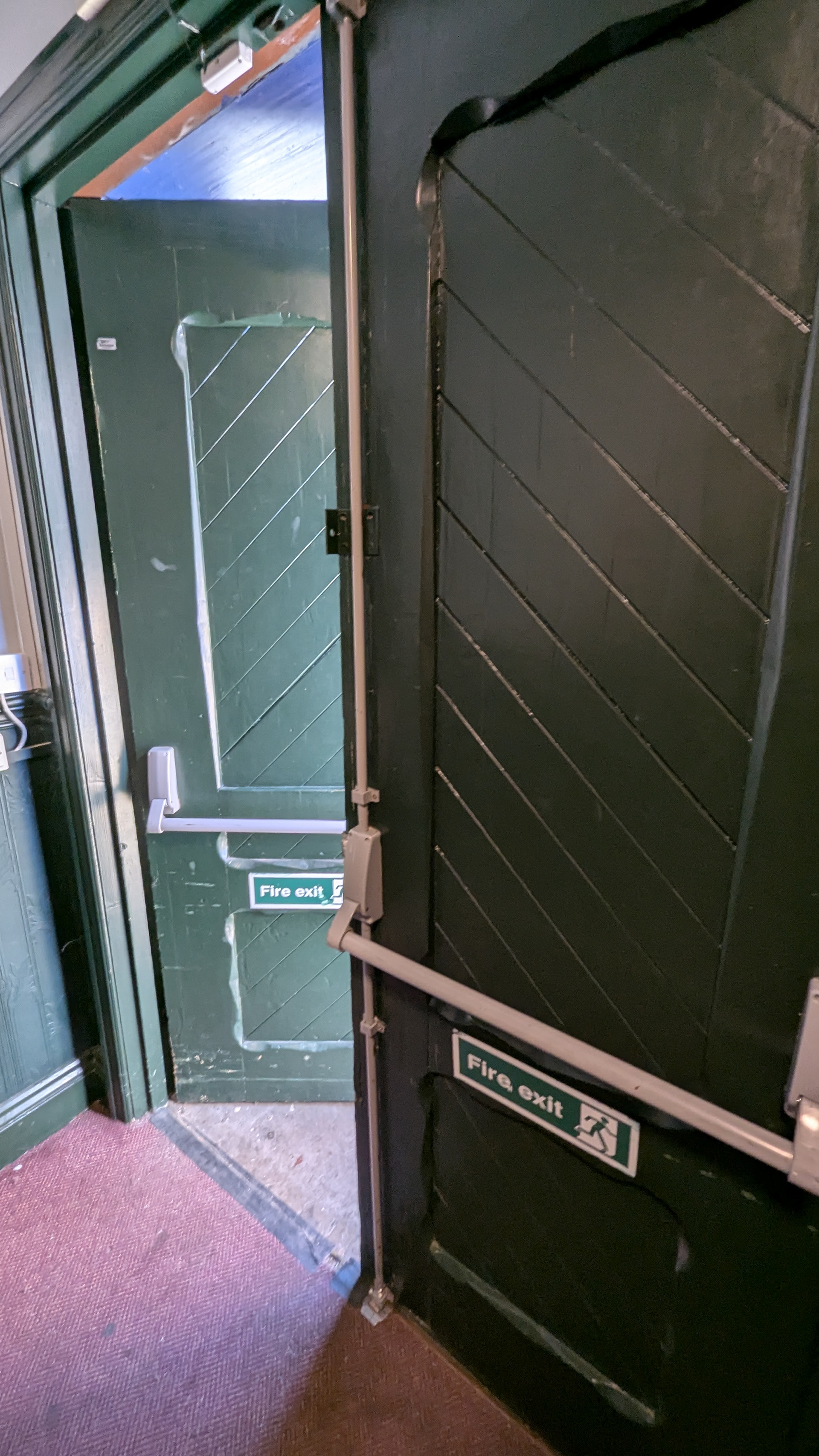
FACILITIES
When you enter the building through the accessible entrance into the strangely shaped hallway, to your right is the accessible toilet with baby-changing facilities.
The toilet is small, with little room for large chairs. The door doesn’t require a radar key. It has a minimal number of grab rails, a lever tap, and a paper towel dispenser.
Ahead of you are narrow double doors leading into the back corner of the stalls. Both doors need to be opened for a wheelchair to get through.
To your left is an area used to store mobility devices during the show. Because of the hallway’s shape and the doors’ angle, however, inconsiderate parking while I was in the toilet meant I couldn’t get into the auditorium. The staff member dealing with the access customers was great and moved the obstructing scooter promptly and ensured the way through was clear.
I didn’t get to see any other parts of the building or facilities.
There is no lift in the building. The Dress Circle and Grand Circle are only accessible by stairs, as are the Foyer Bar and any show merchandise on sale.
ATG does have an ‘Order At Your Seat’ facility, which can be accessed by scanning the QR code on the back of the seat in front of you. You can then scan through the items available for sale, select when you’d like them delivered (before the show or in the interval), pay securely online, and have a staff member bring your order to your seat. There is also a link on the page where you can access your tickets in your ATG account. The phone signal was not great inside the building, so completing your order might take a while. I found it quicker to send my companion down to the bar!
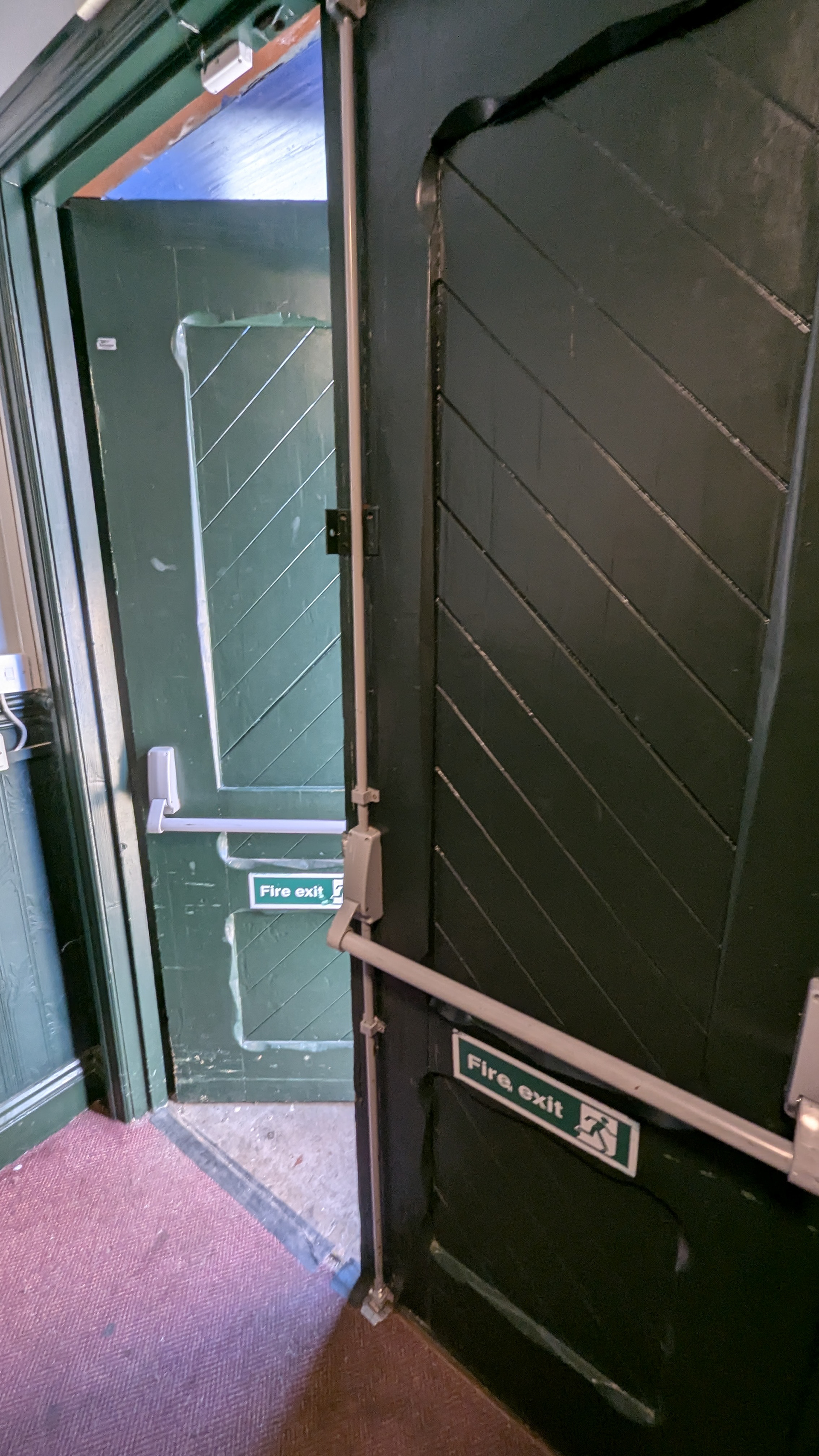
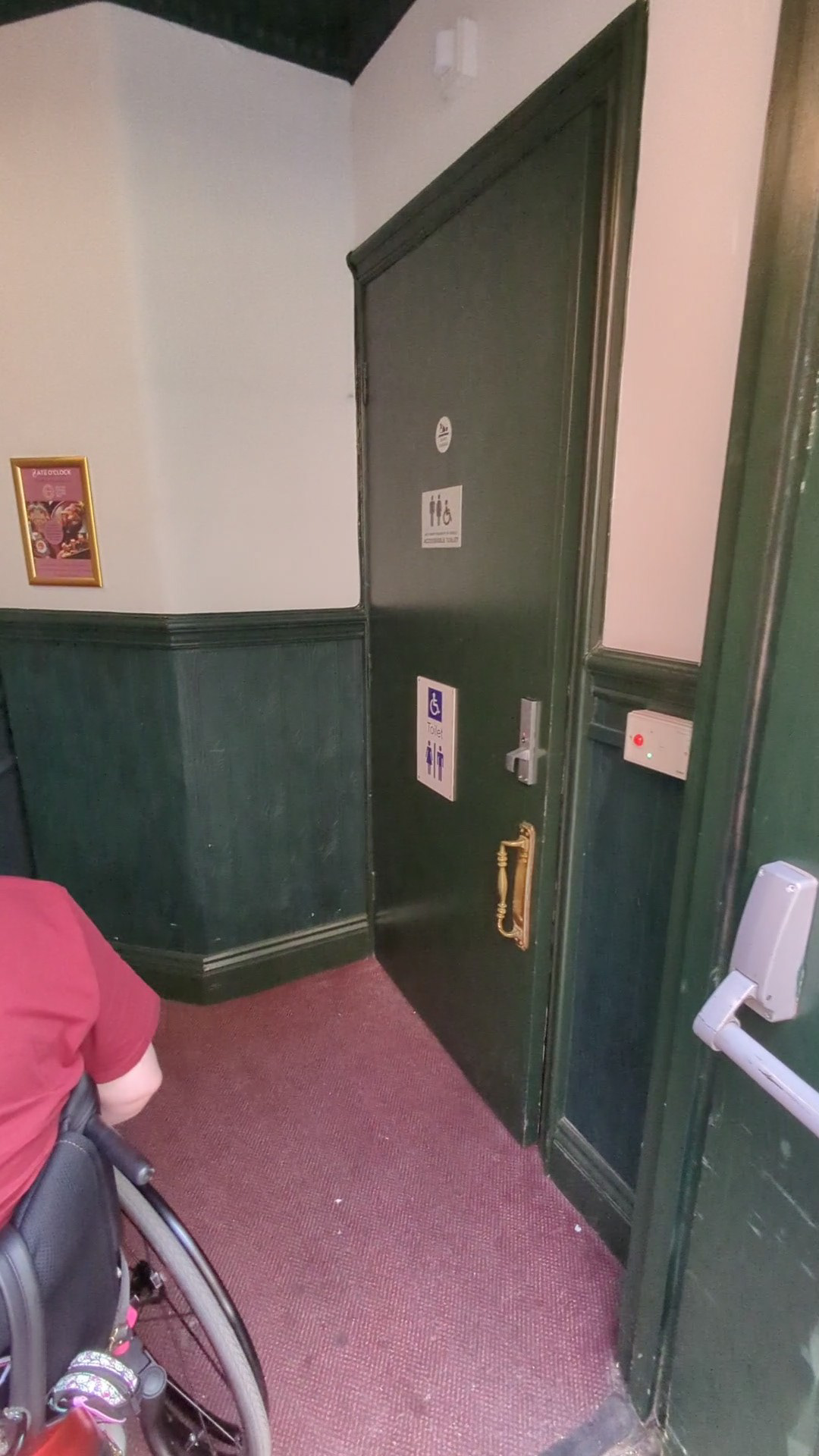
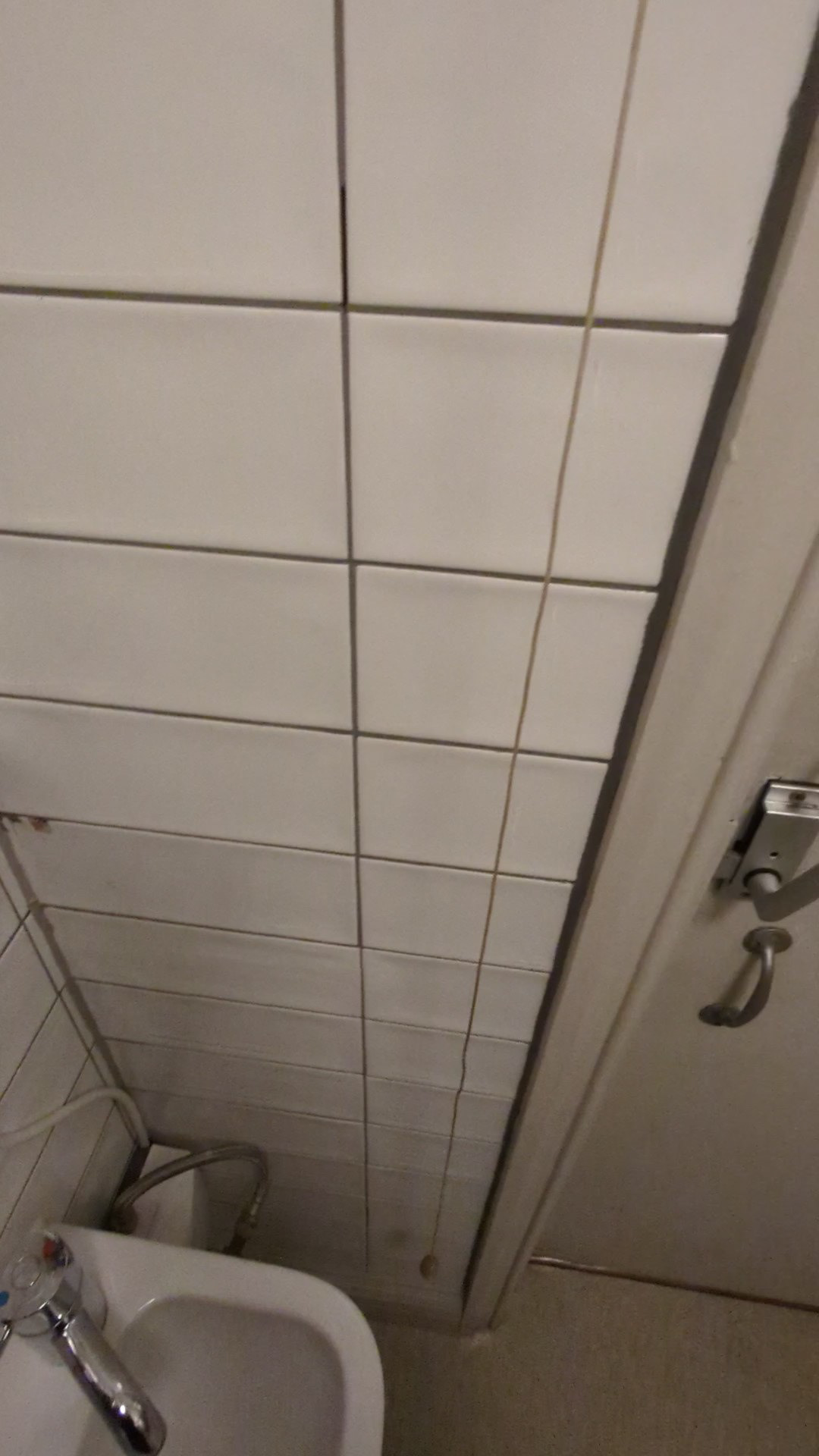
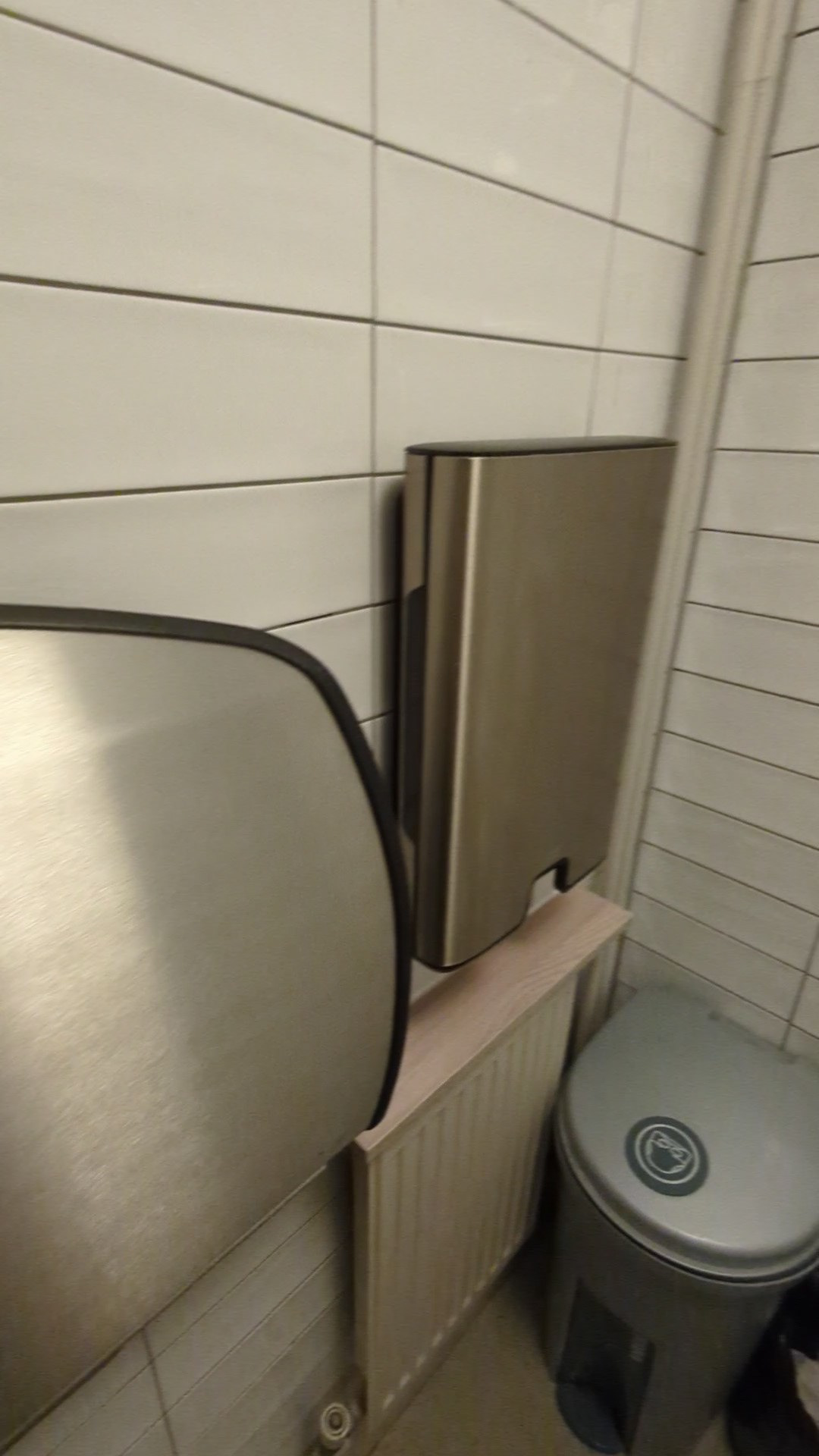
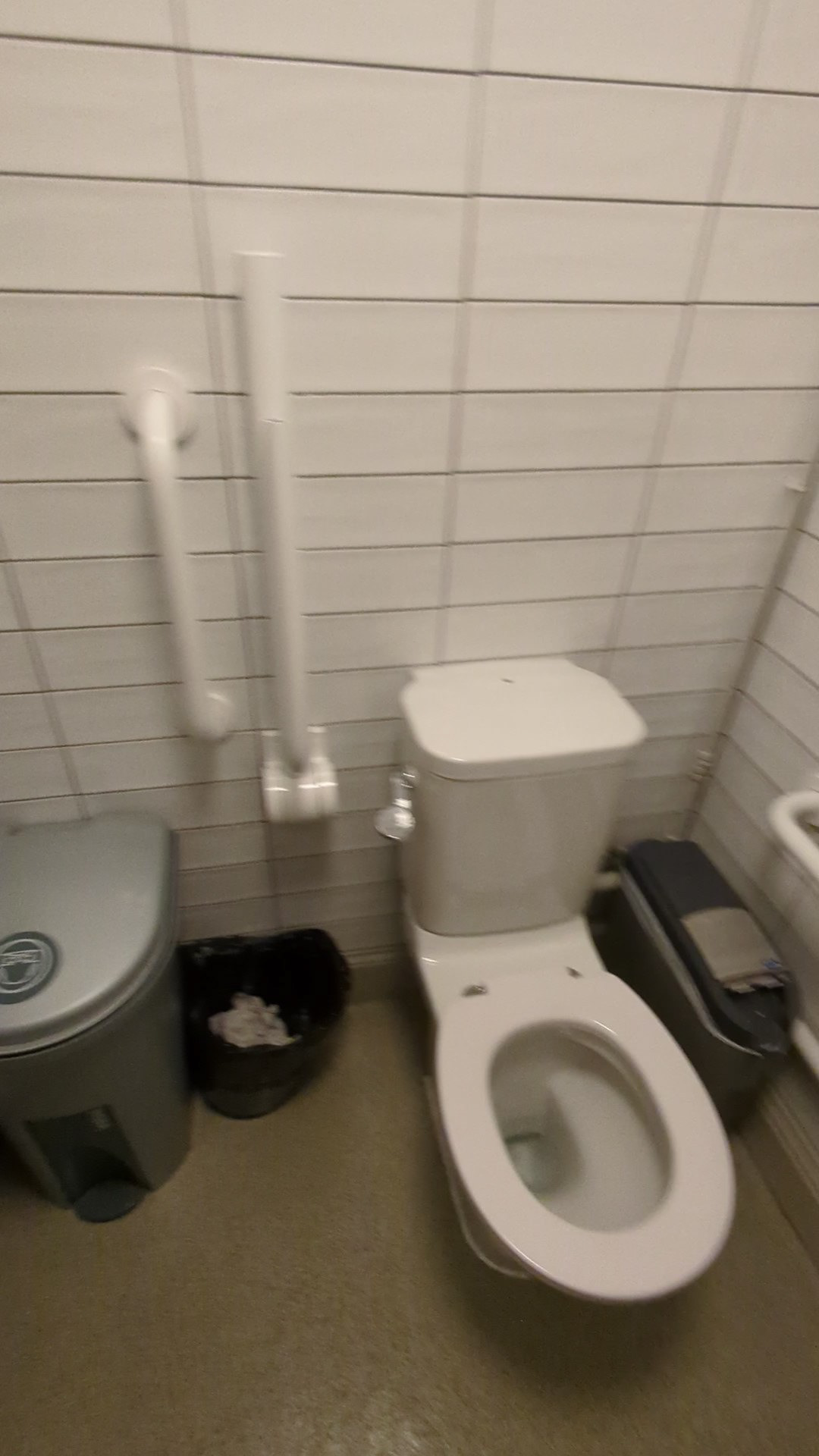
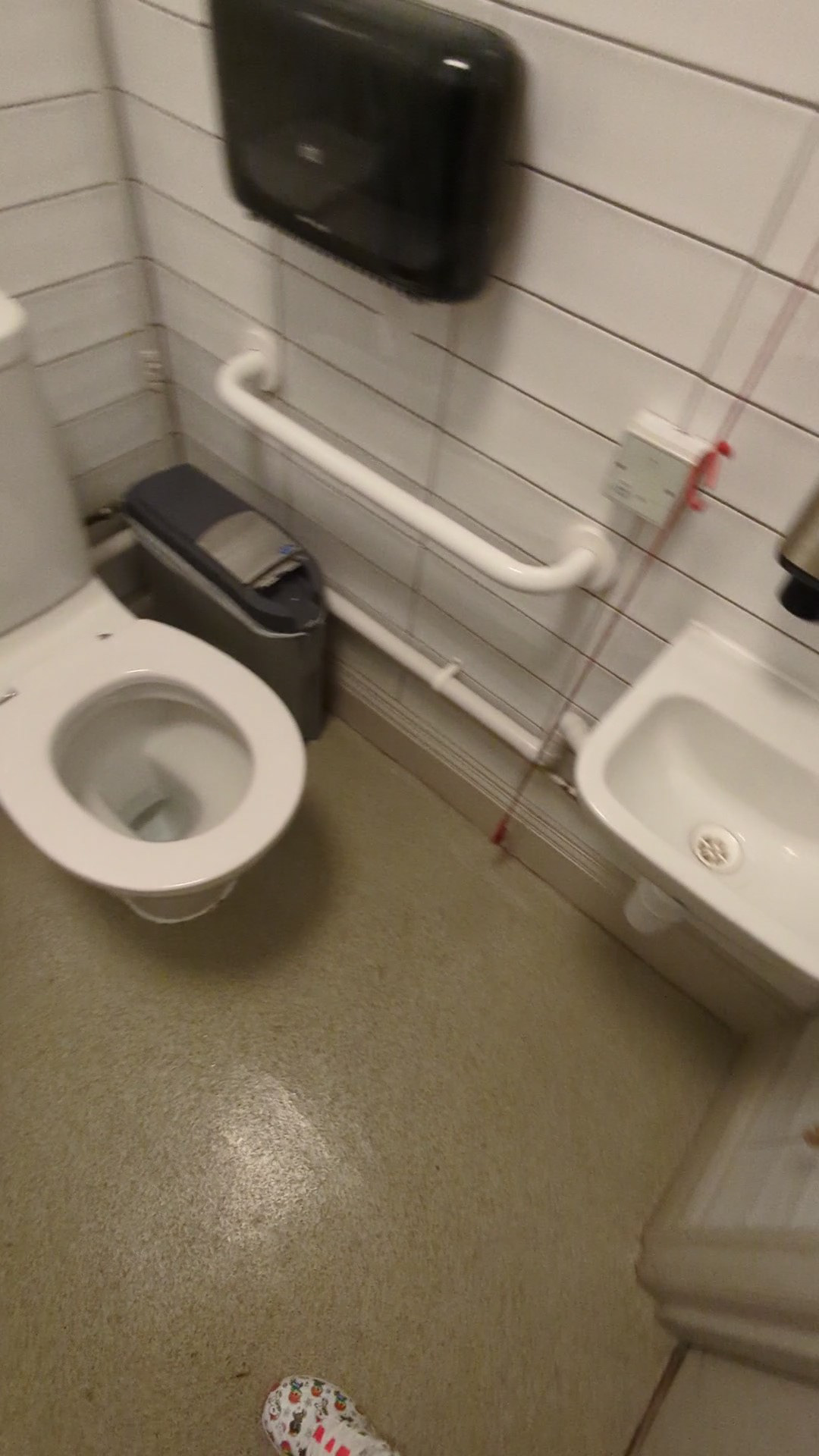
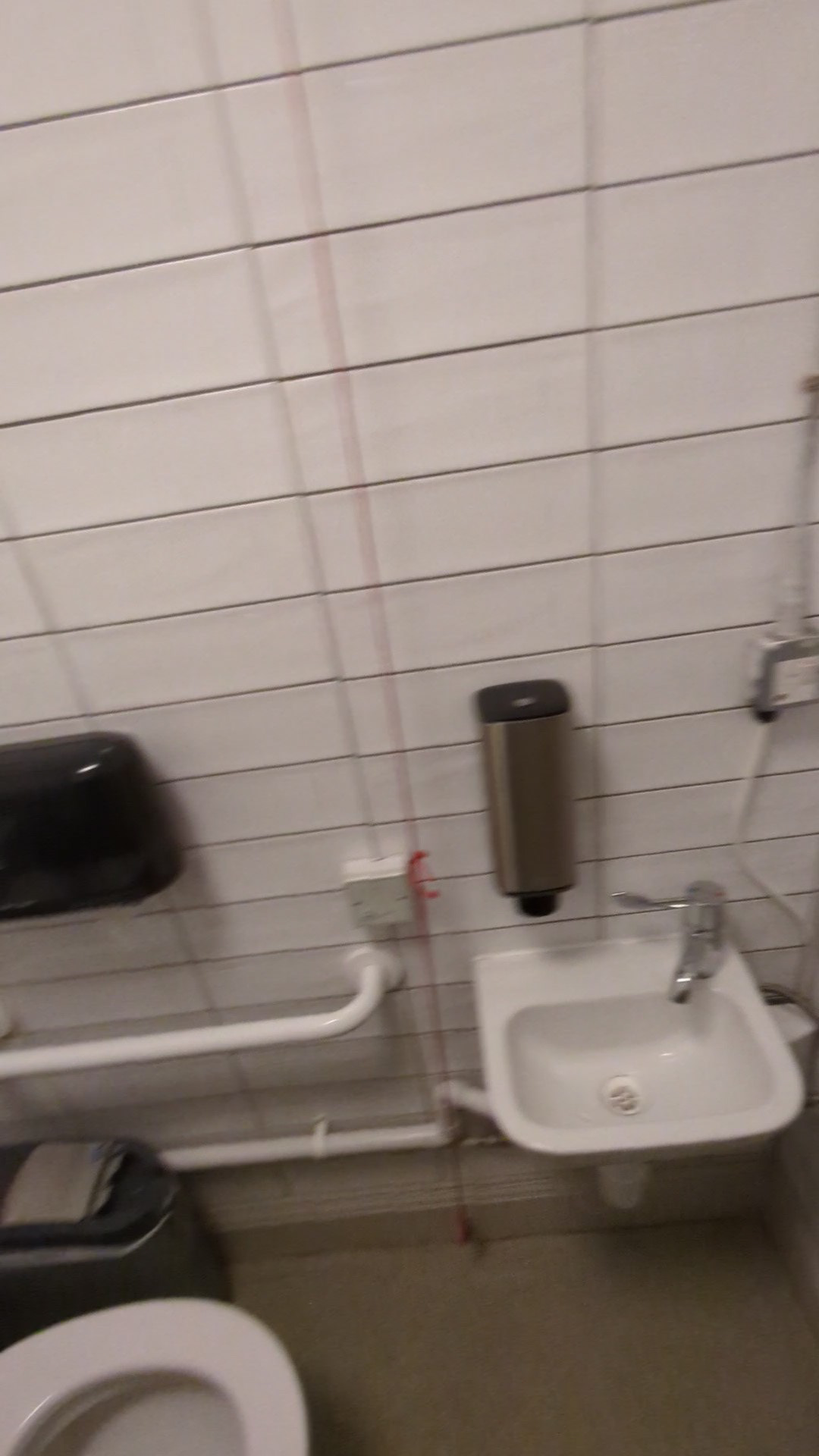

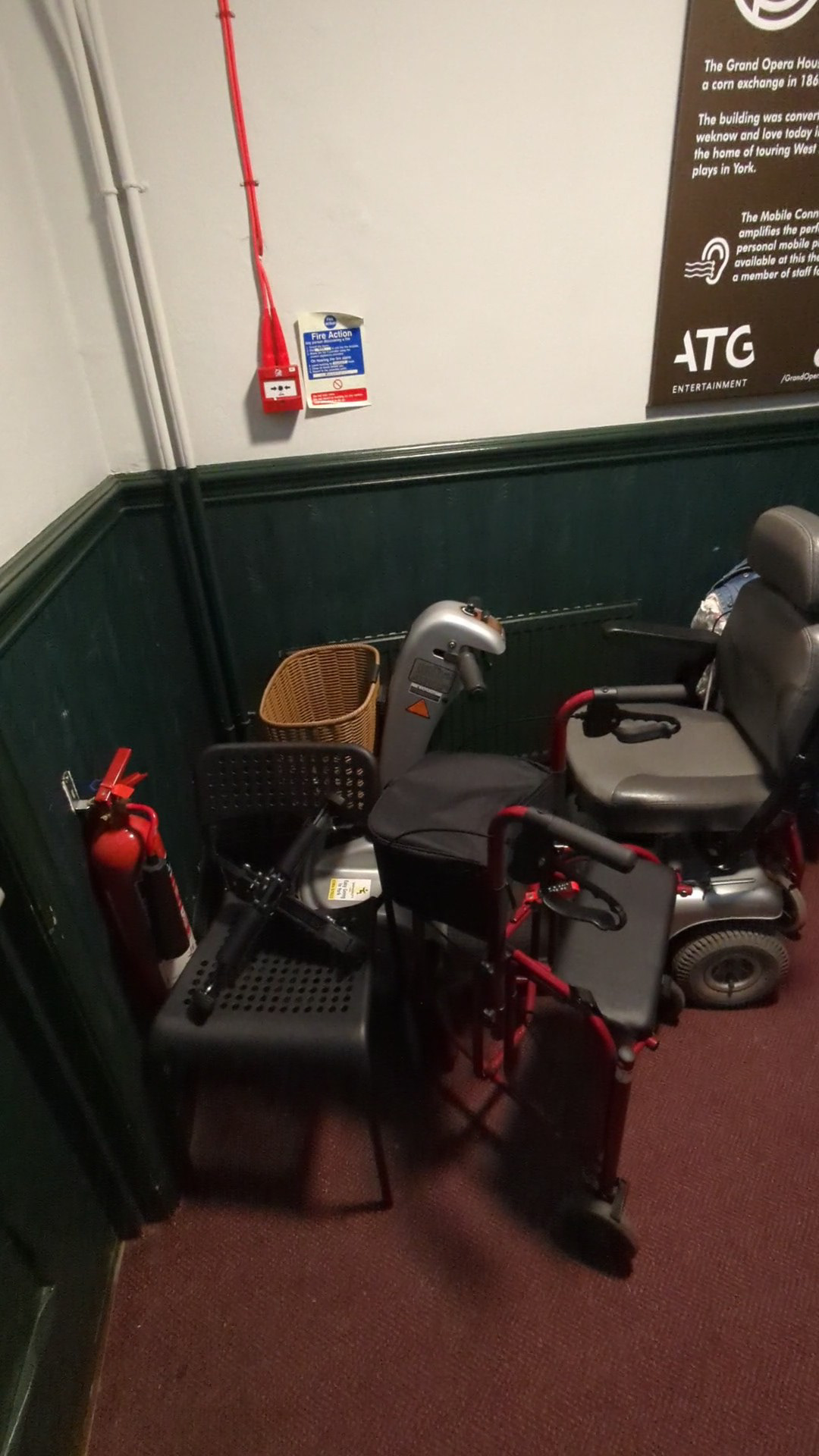

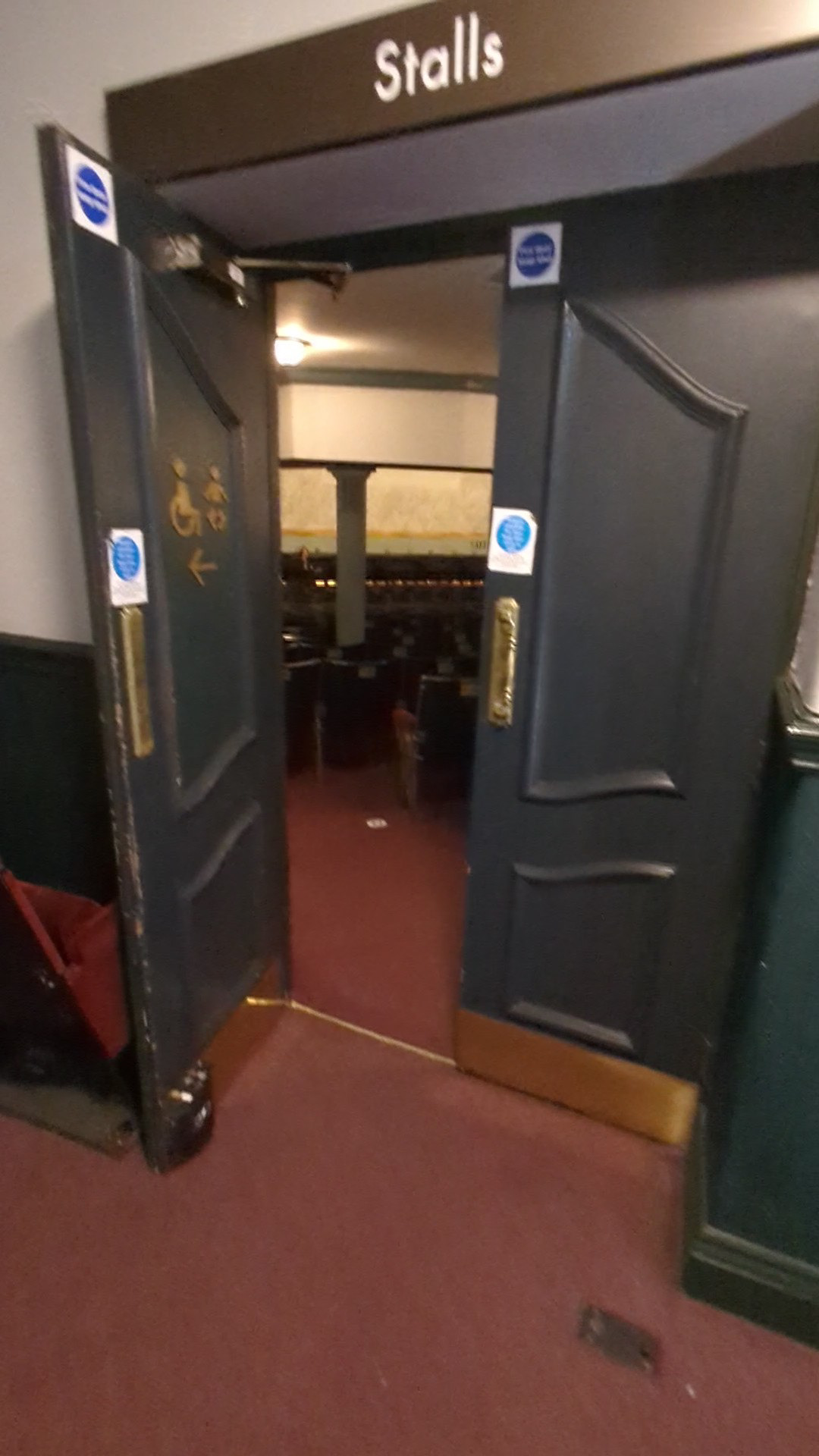
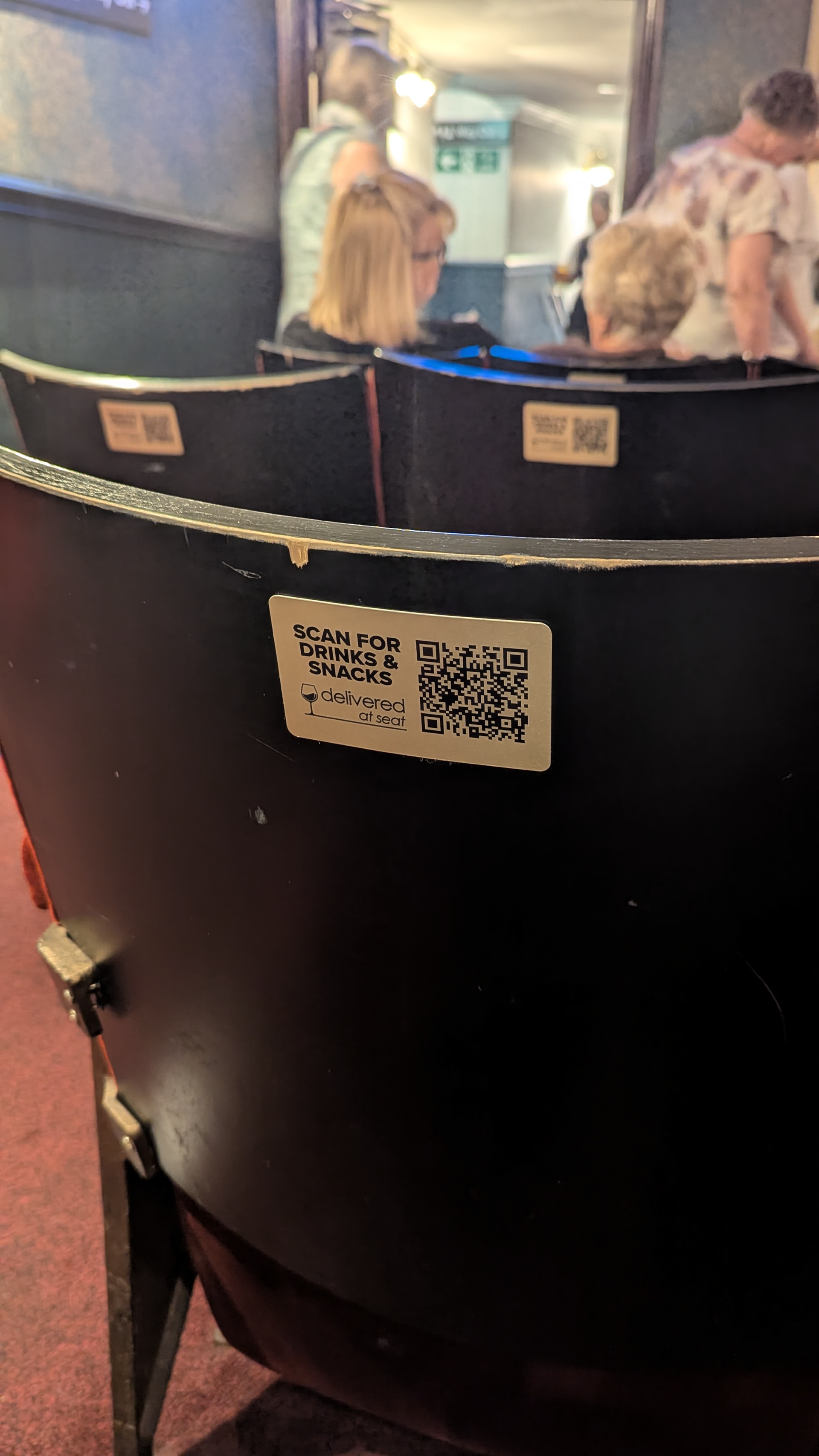
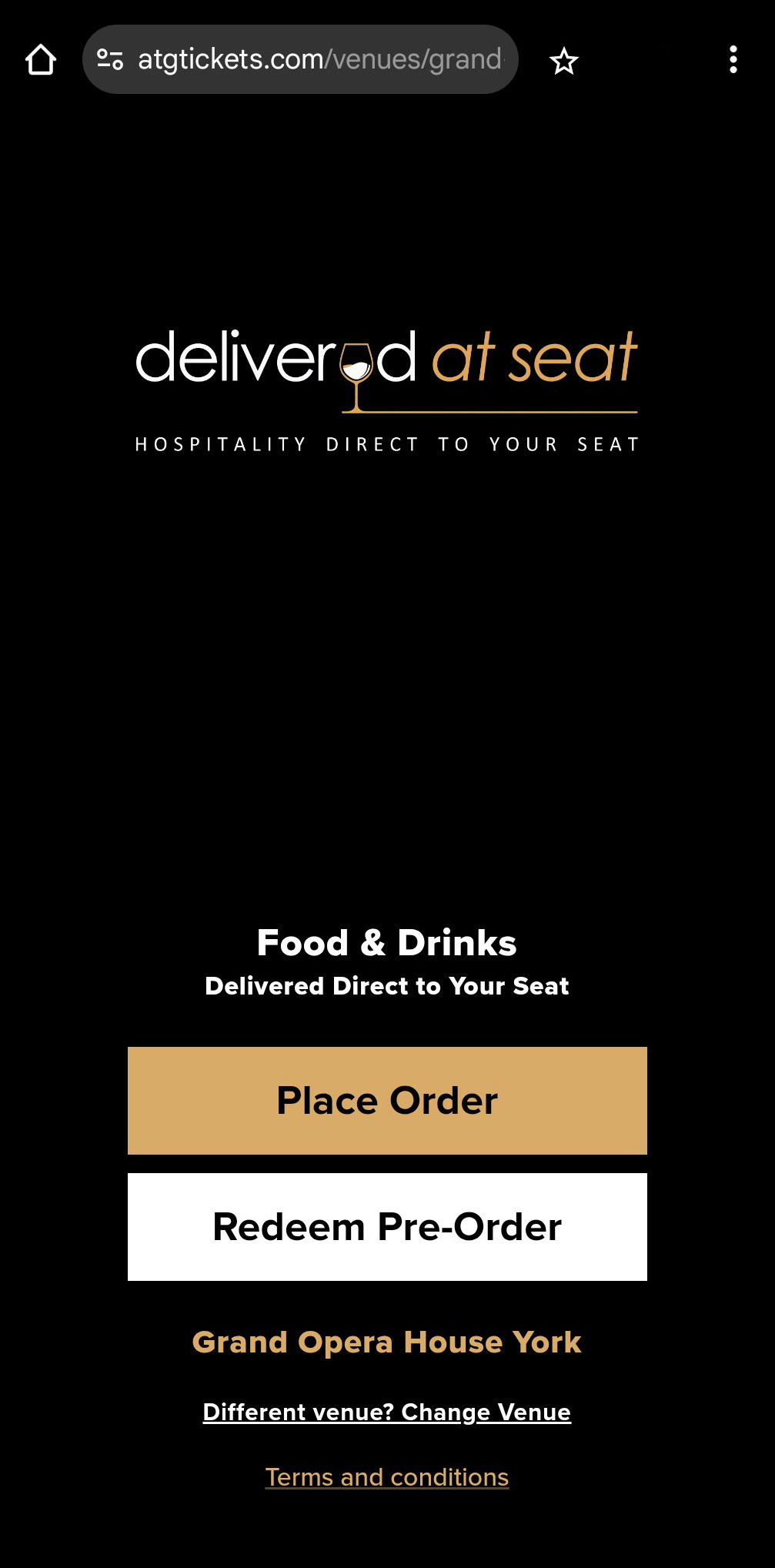
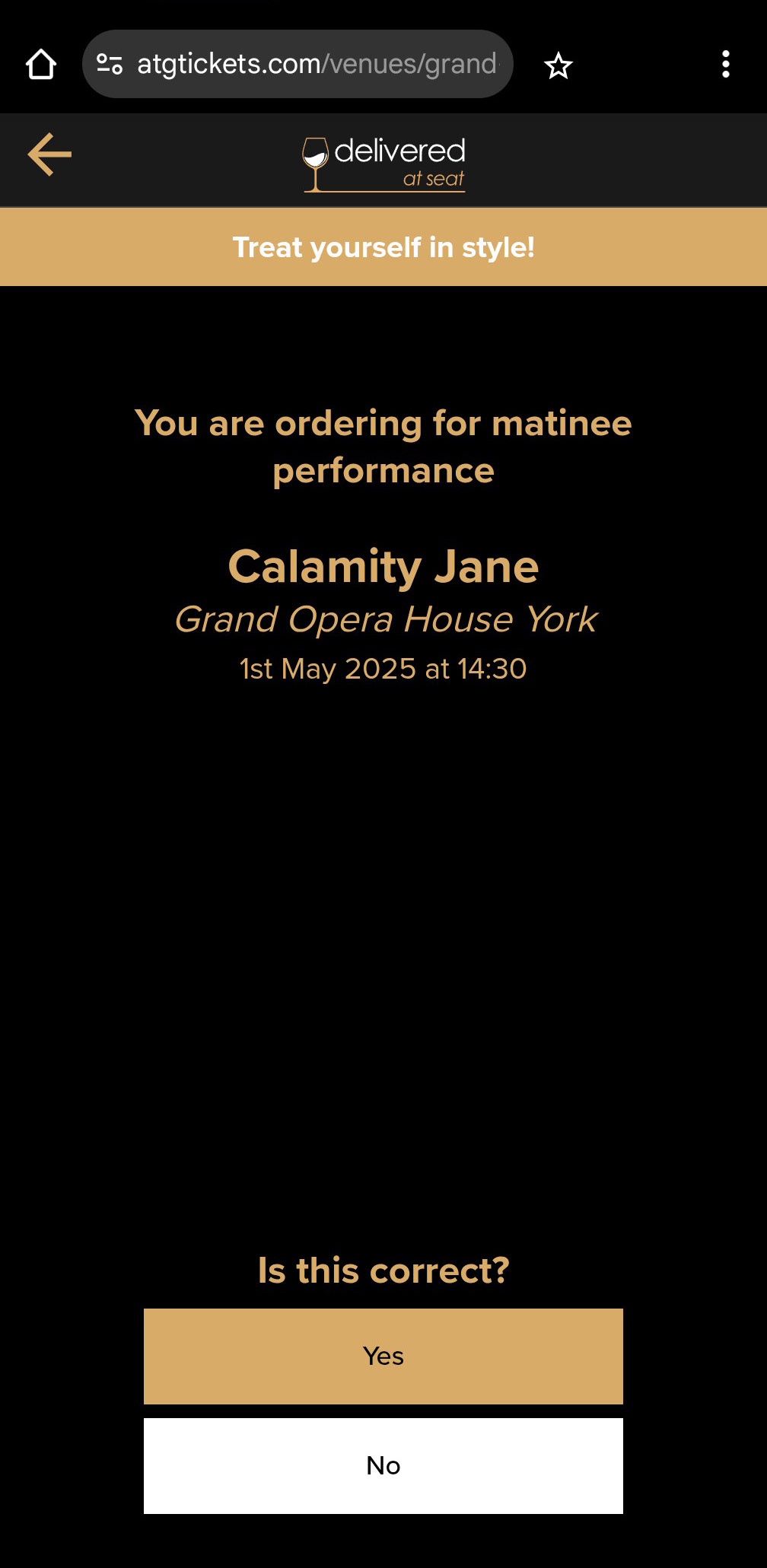
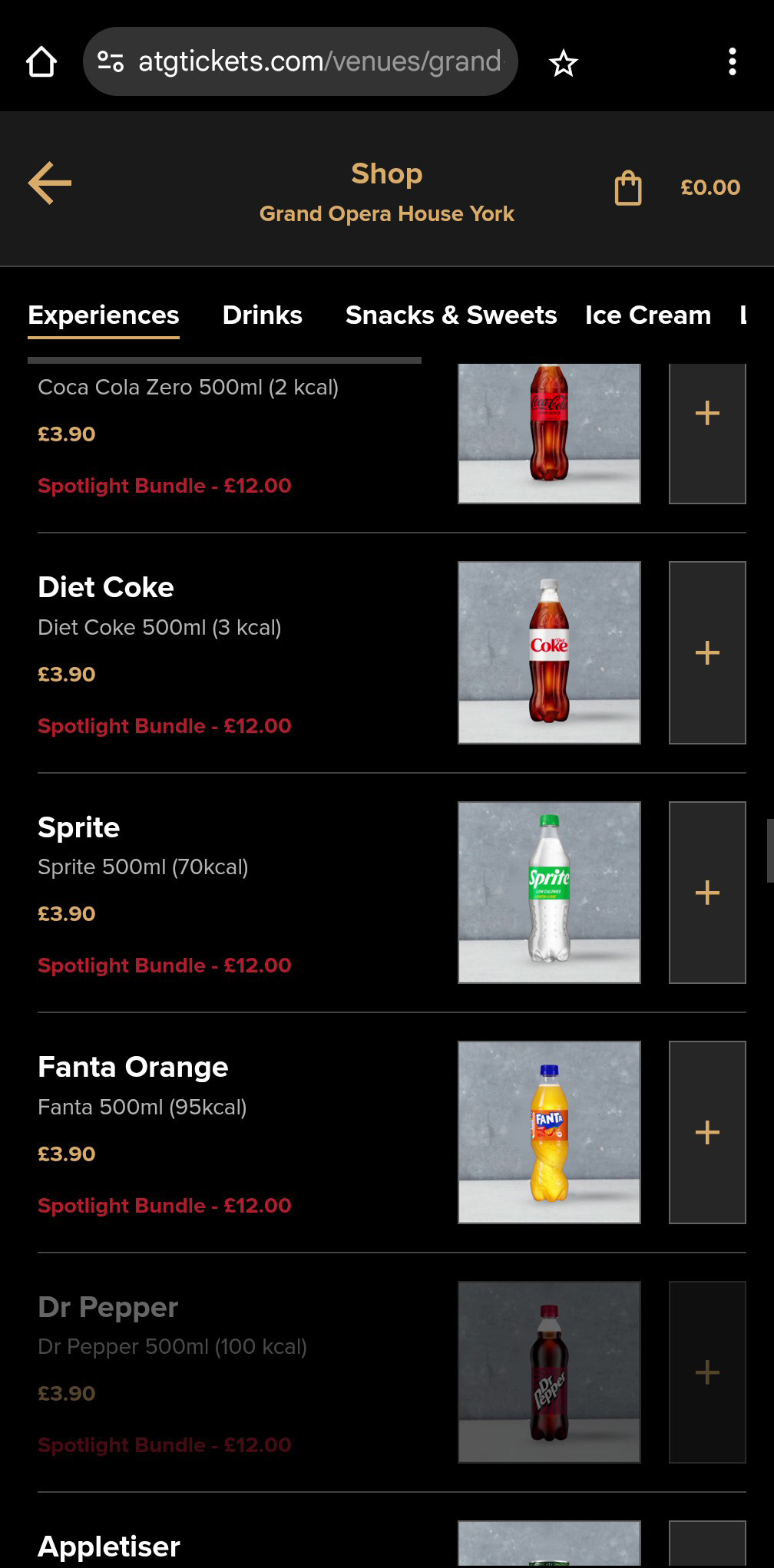
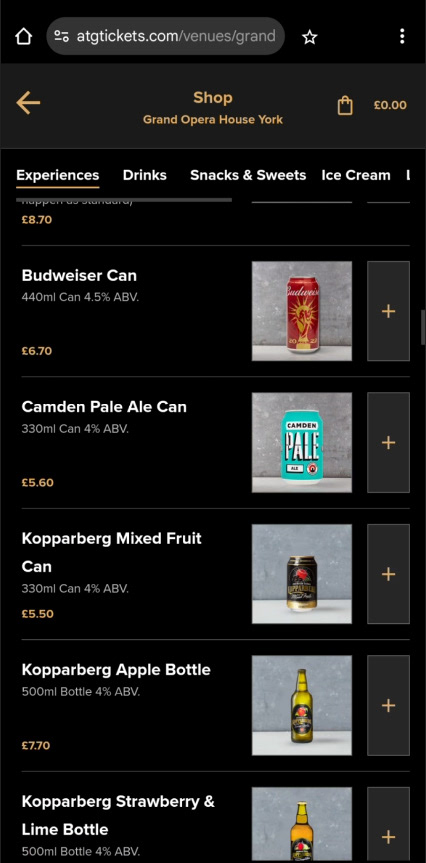
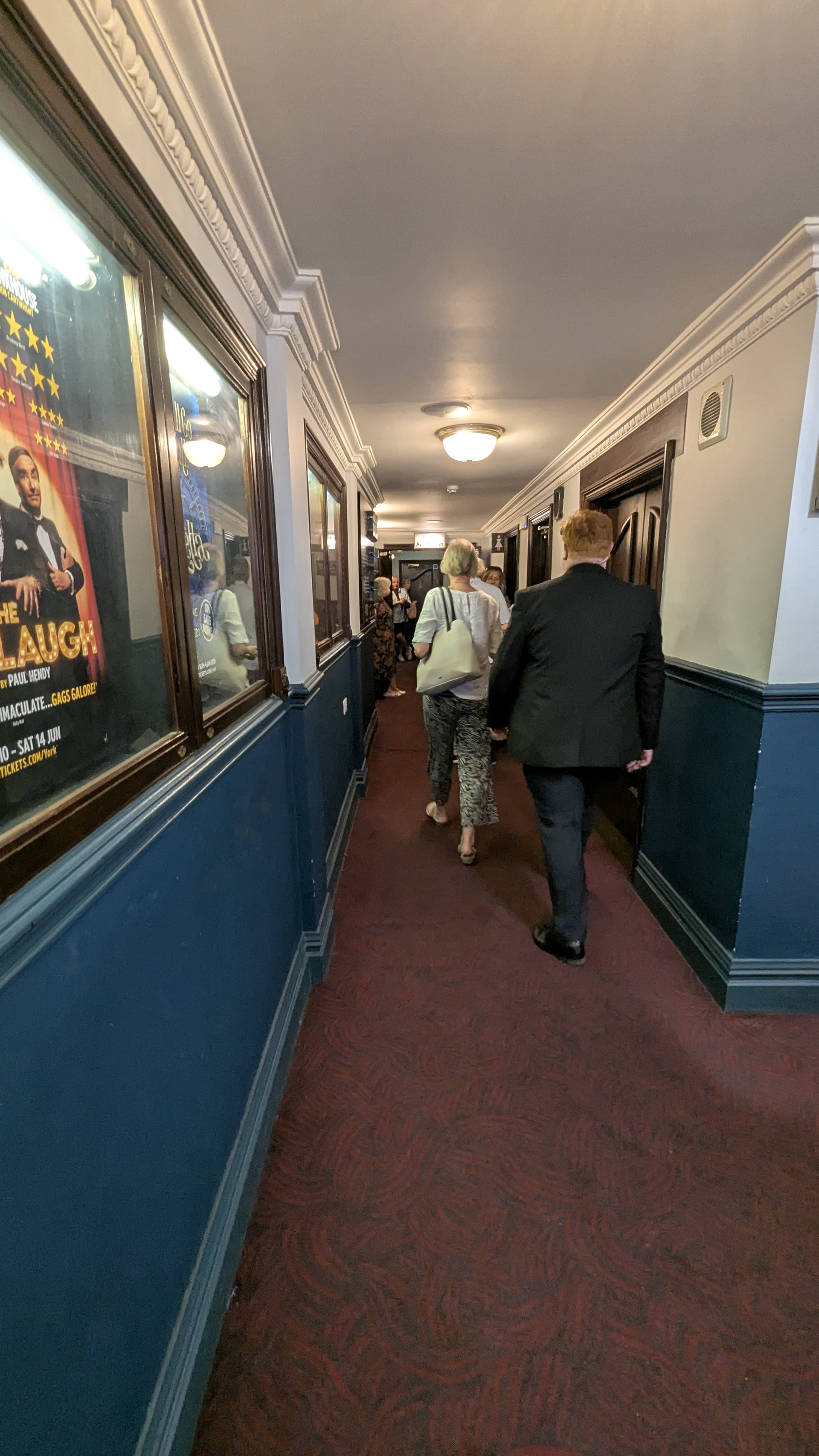
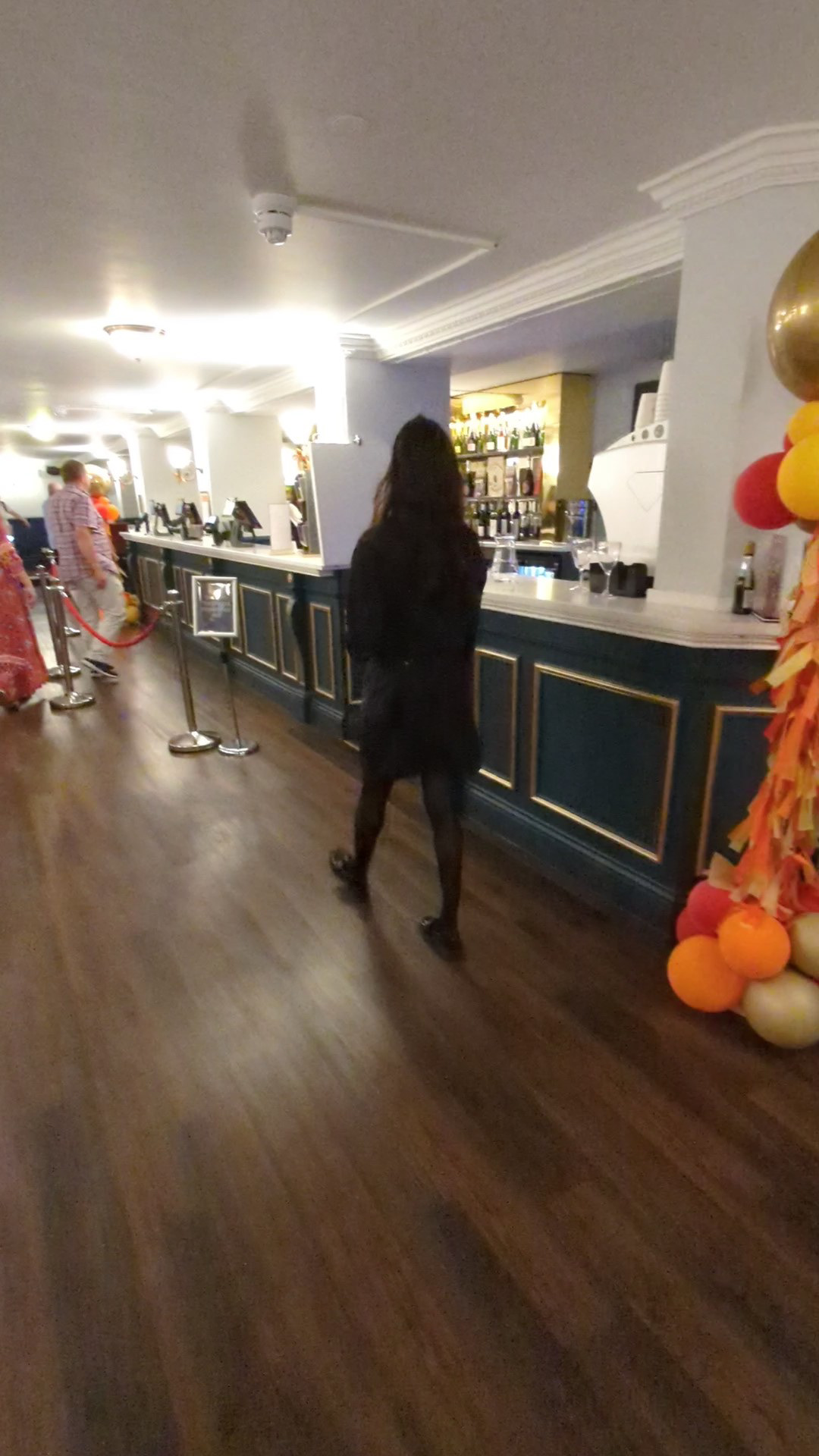
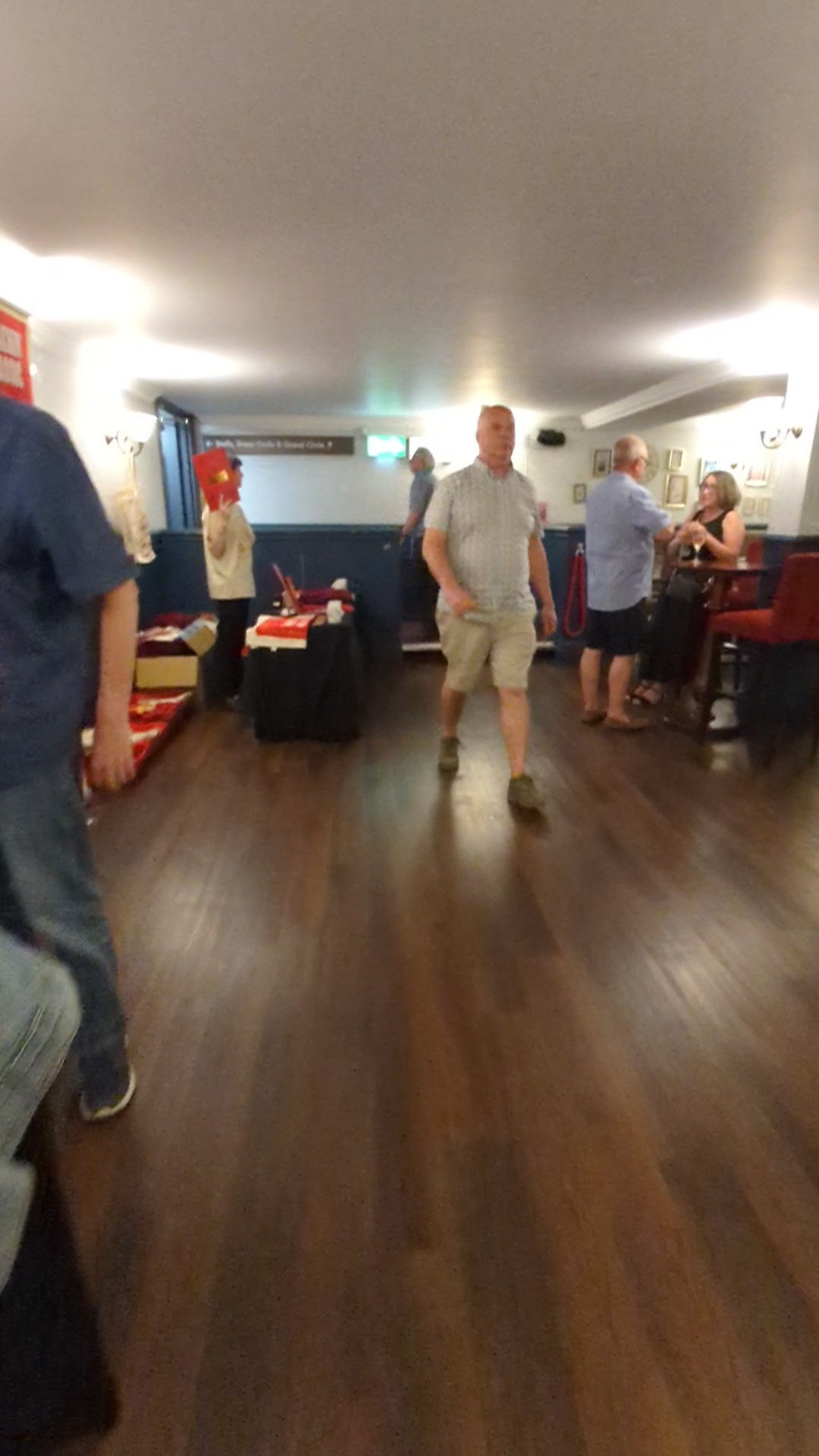
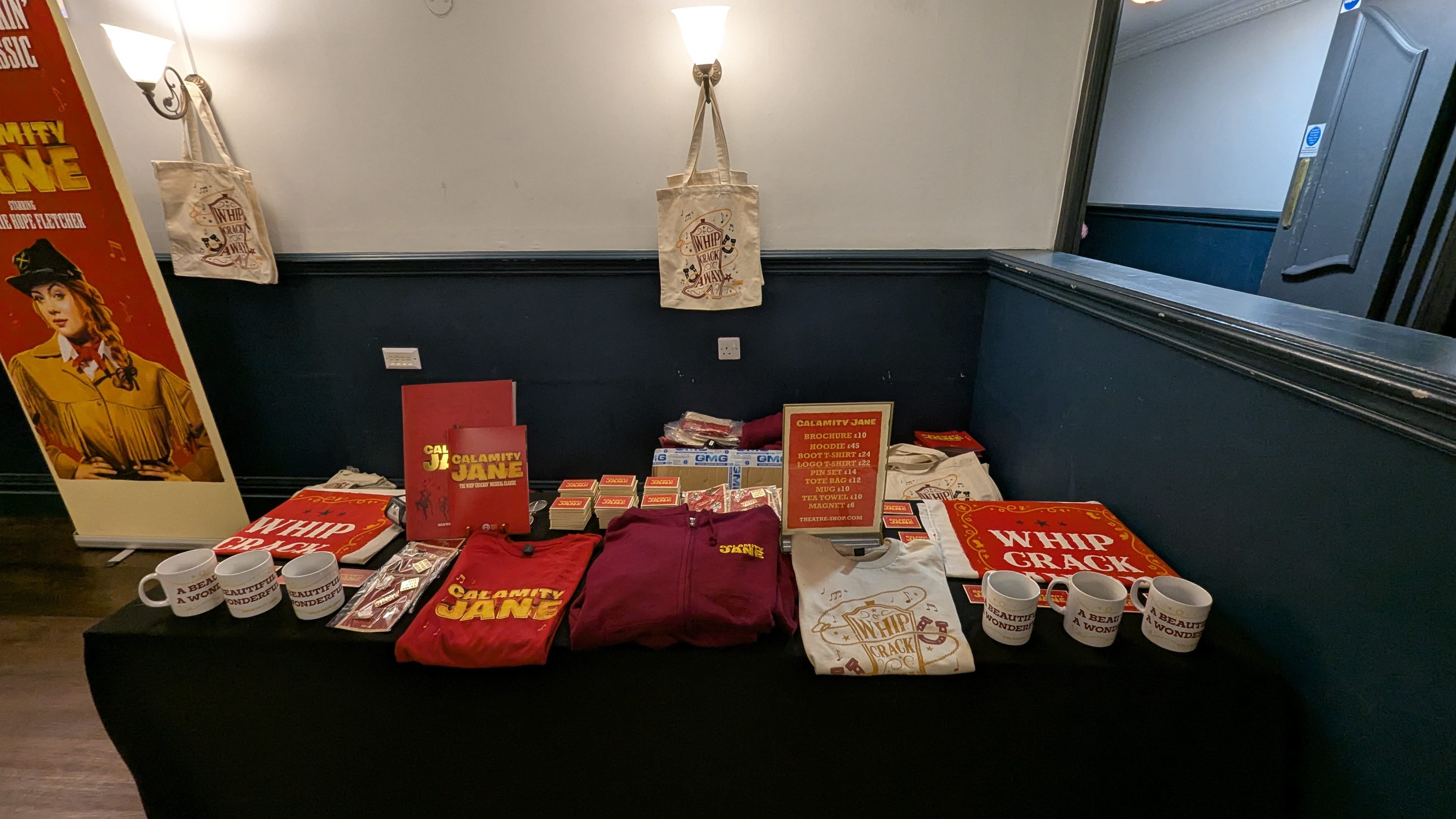
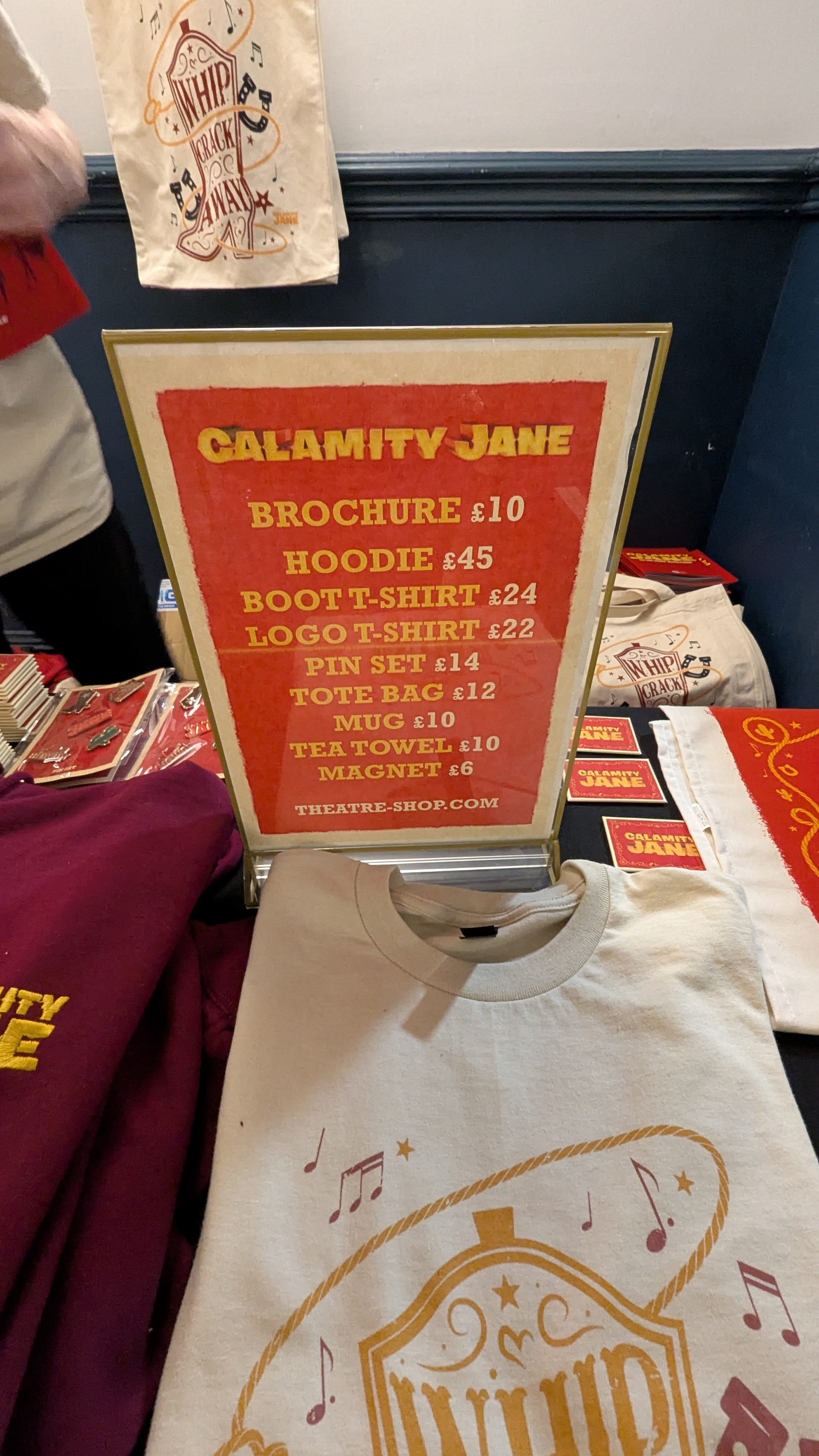
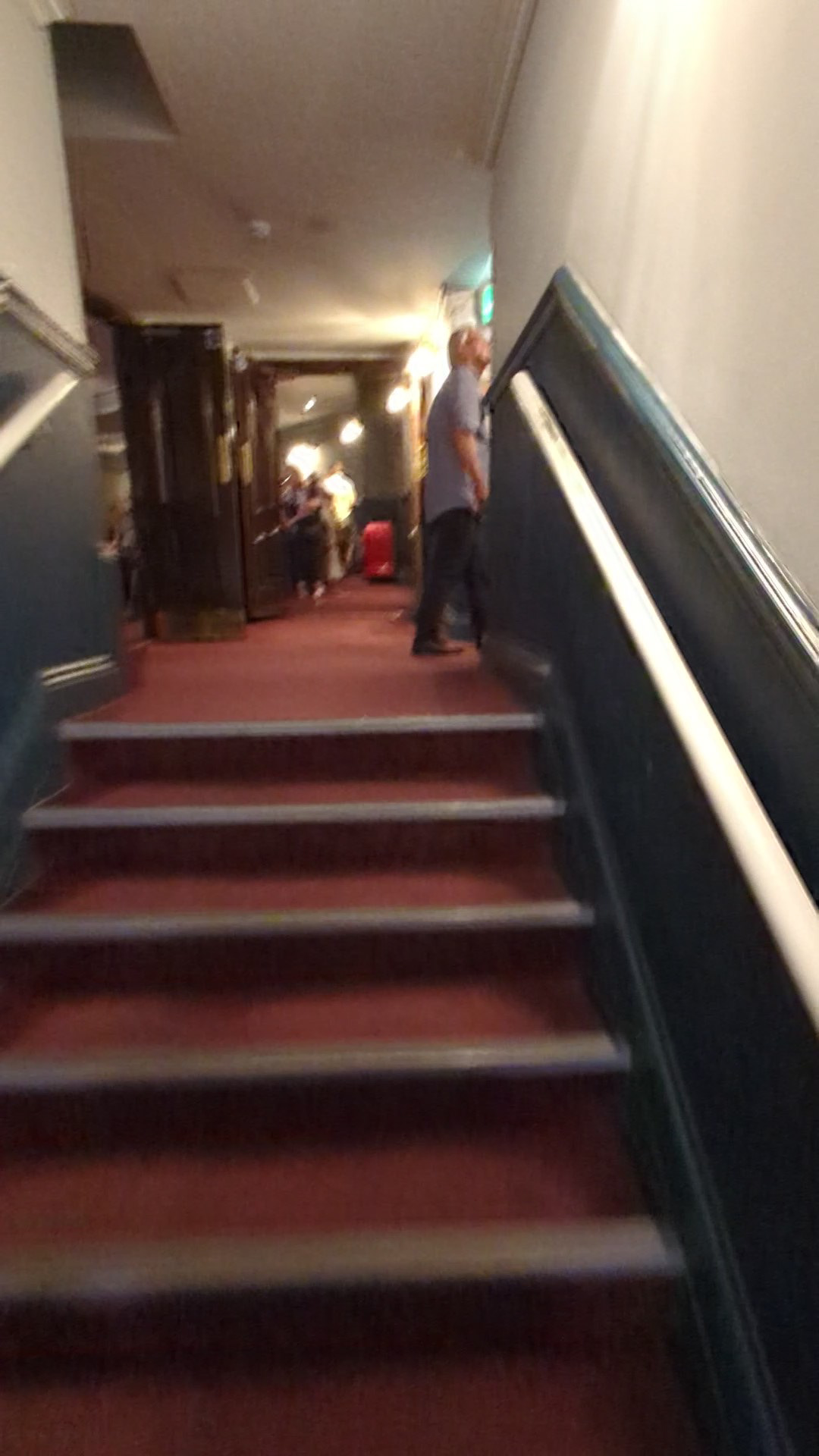
SEATING
As an old, traditional opera house, the auditorium floor is raked (slopes down to the stage), and the wooden seats have red velvet-like upholstery. The seats are fairly comfortable.
It’s worth noting that the further back in the stalls you are, the more of the view of the stage you lose. As the floor level rises, you also move further under the circle, losing your view of the area above the stage. For many stage shows or comedians, this probably won’t matter.
Also, as the wheelchair spaces are right out at the extremities of the rows, you might lose some of the view of the sides of the stage. Any specific obstruction is stated on the seating plan when booking tickets.
The end seat is removed at the end of the rows with a space designated as a wheelchair space.
Some seats have a restricted view due to the supporting pillars for the circles. The pillars might also make it difficult to reach your seats if you have mobility issues. The rows with the pillars do have more legroom, though.
The whole stalls area is step-free, so there are lots of ambulant disabled seating options.
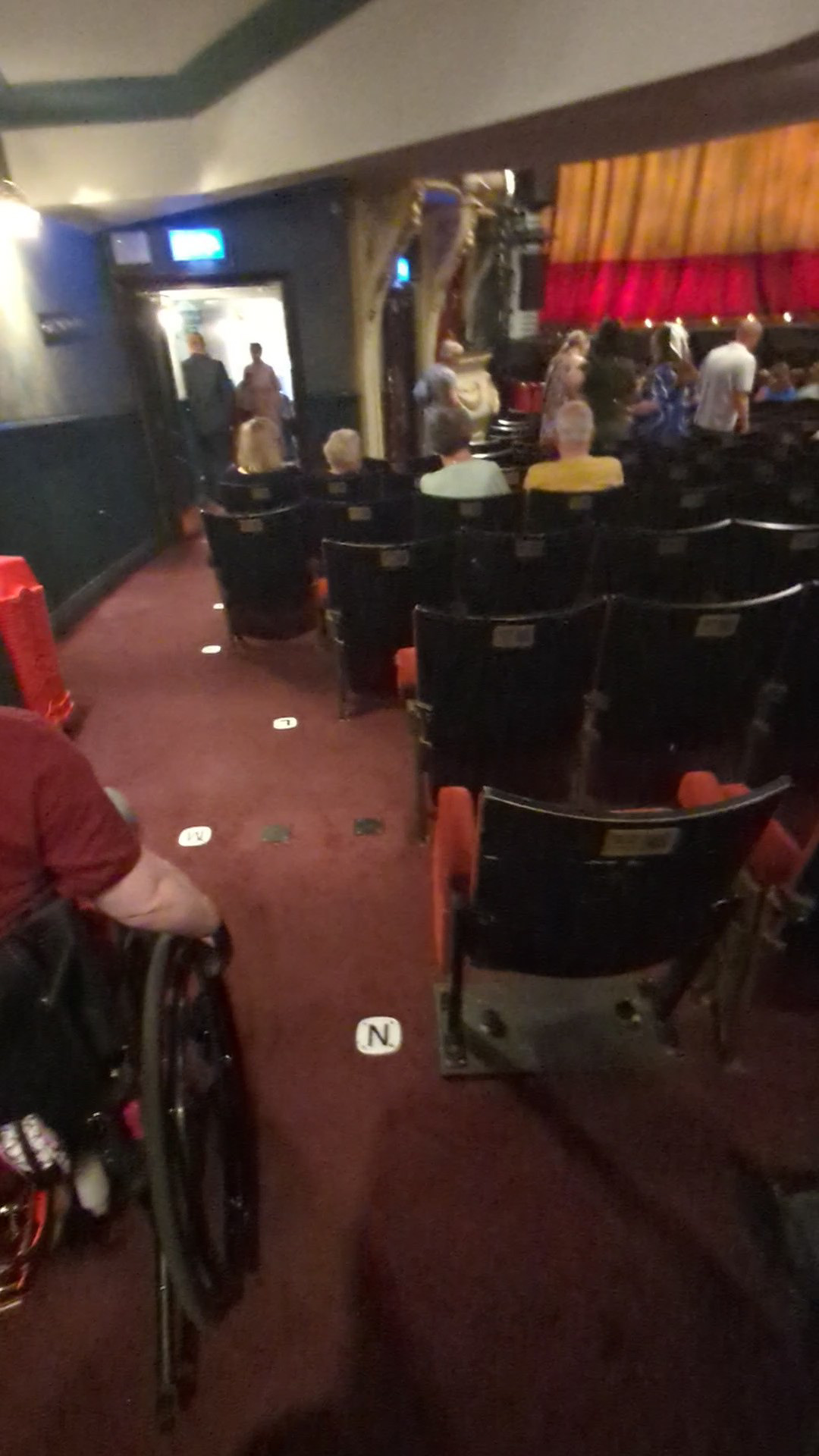
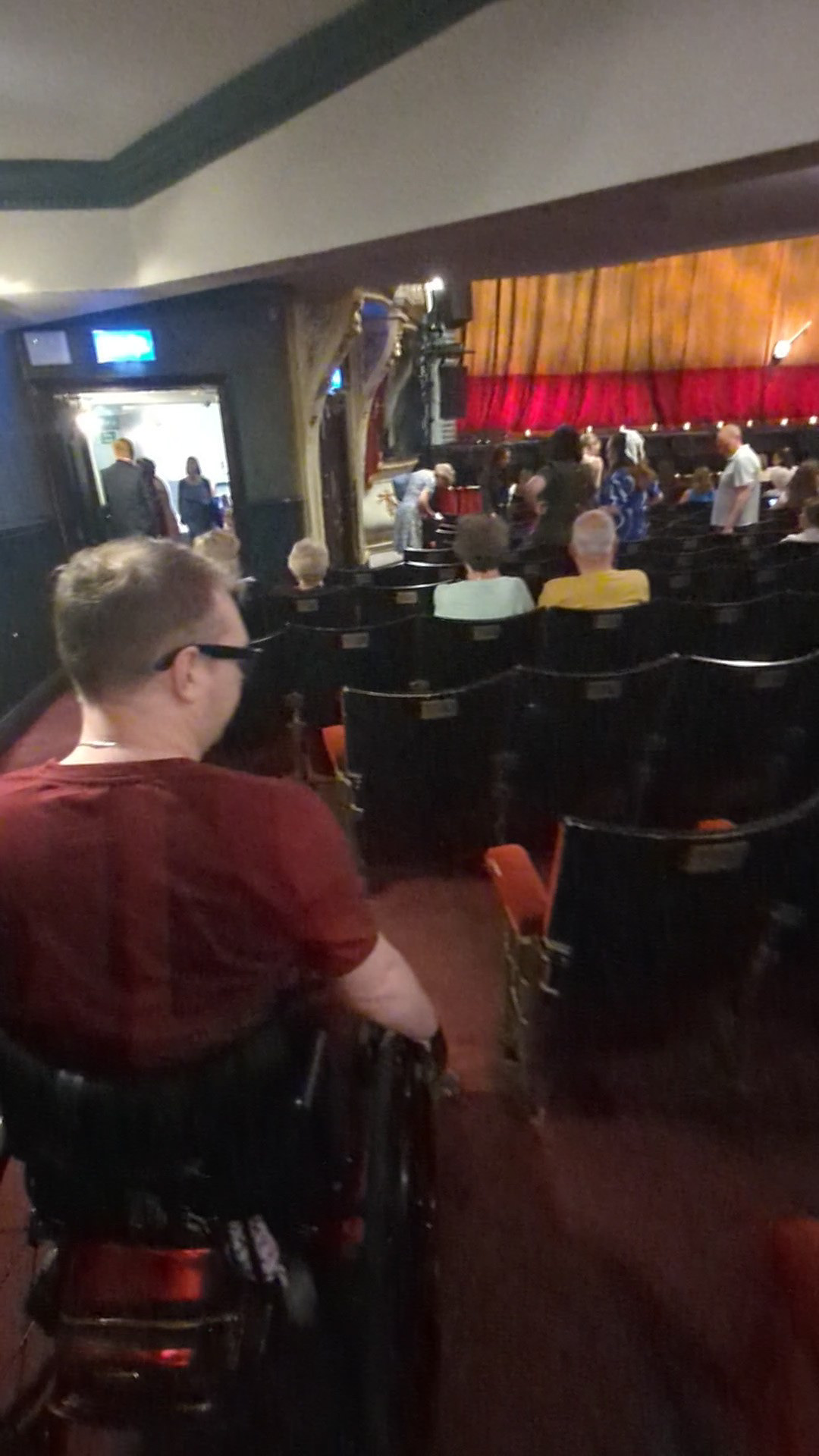
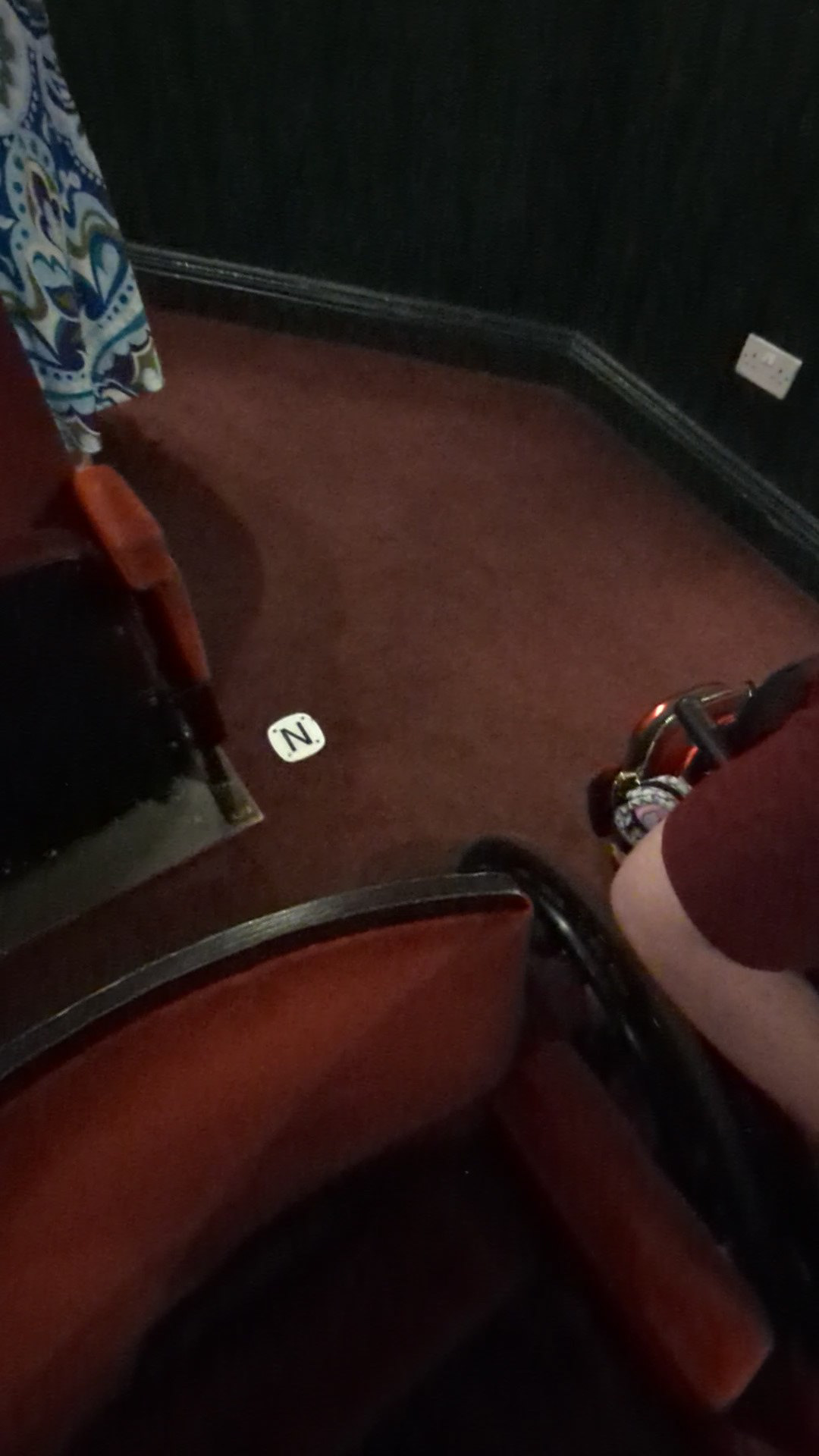
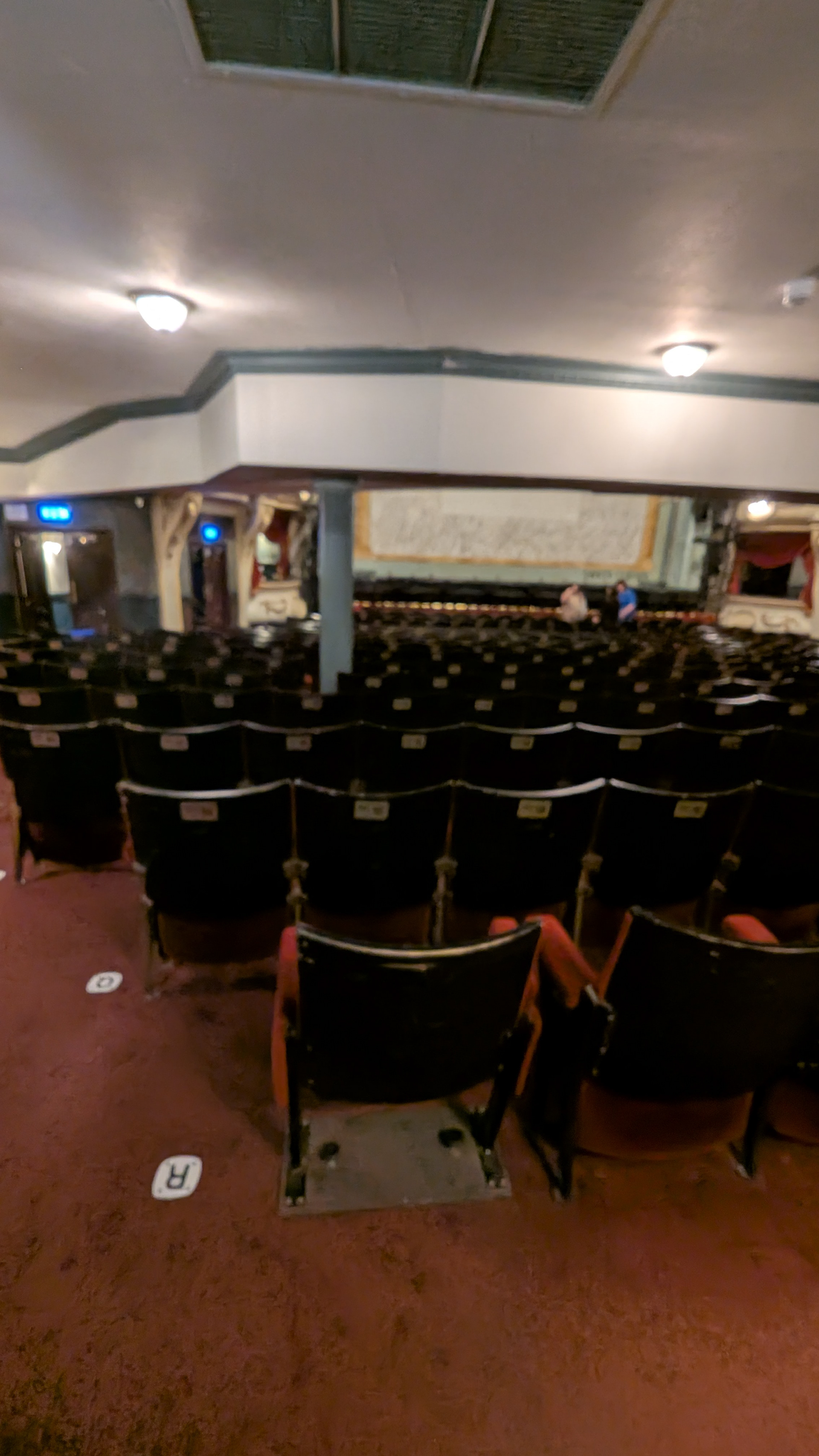
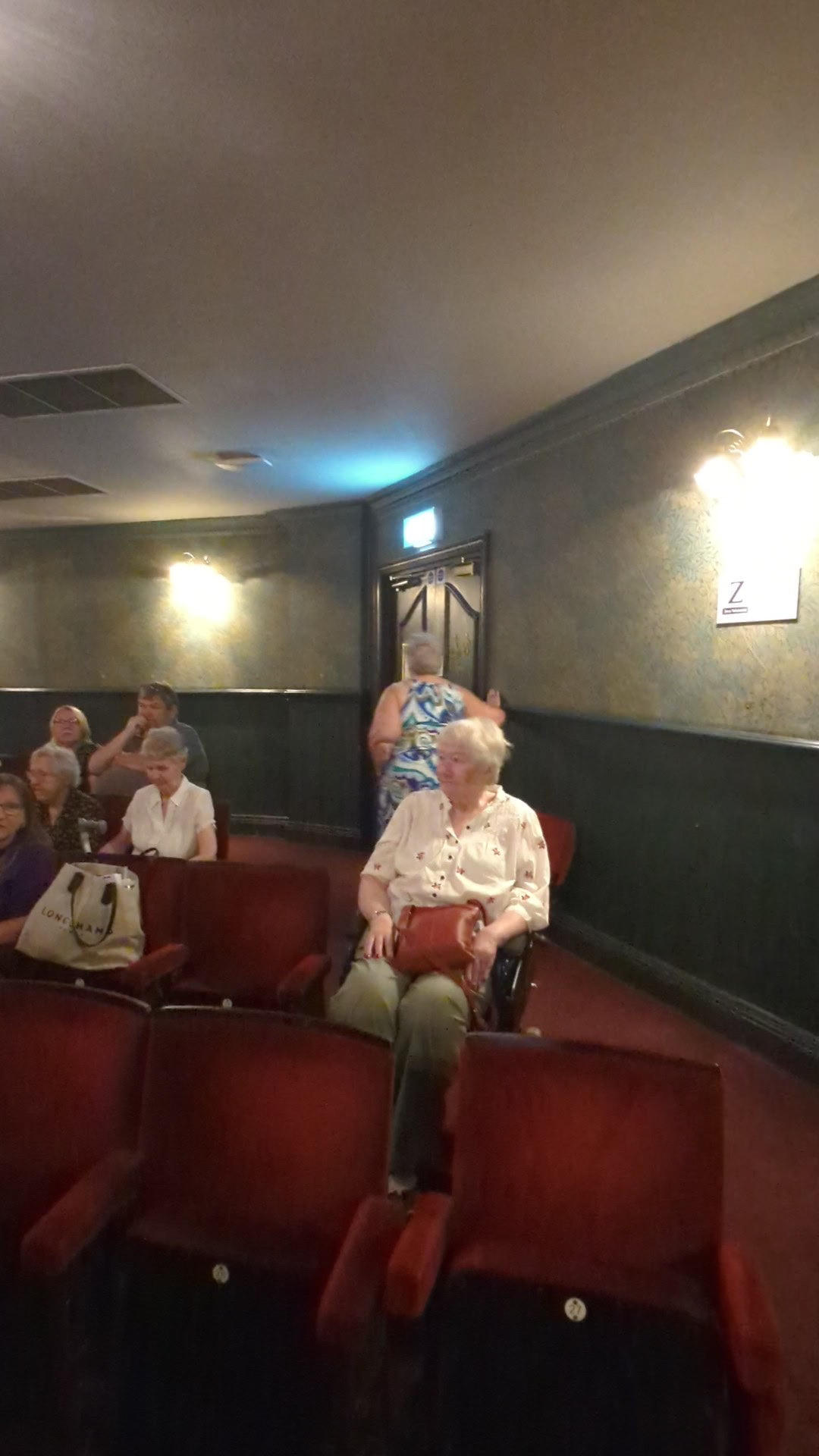
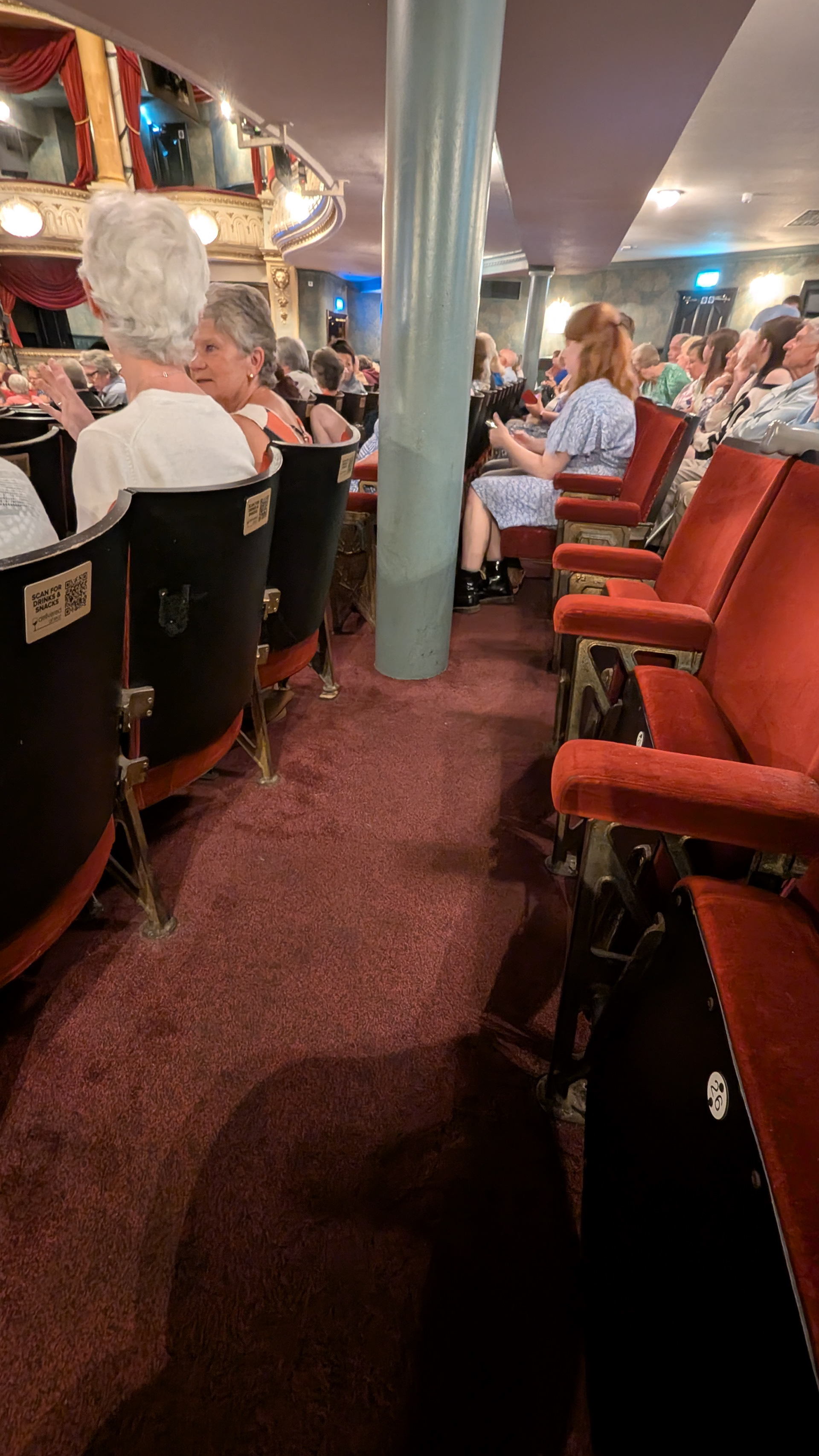
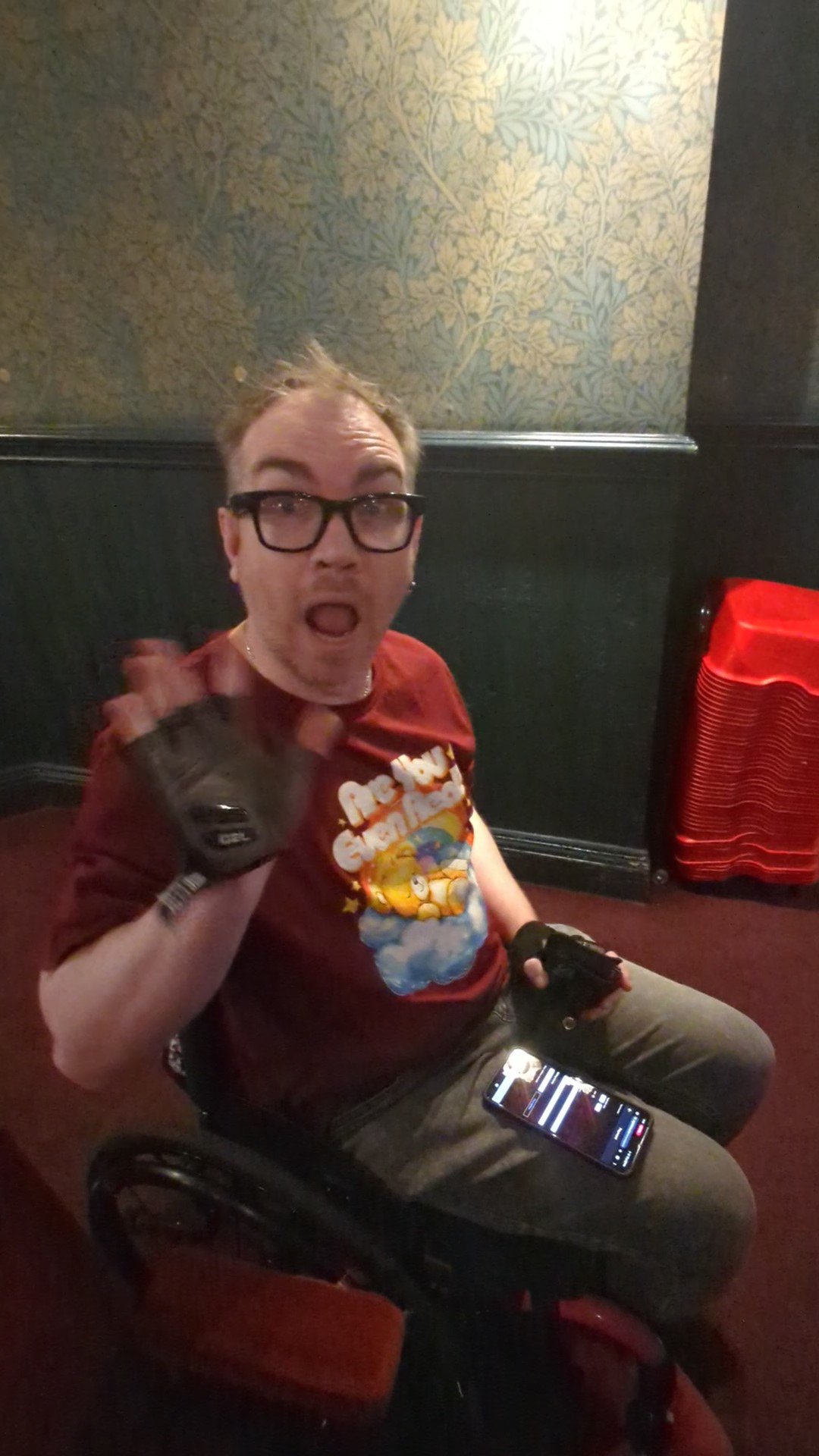
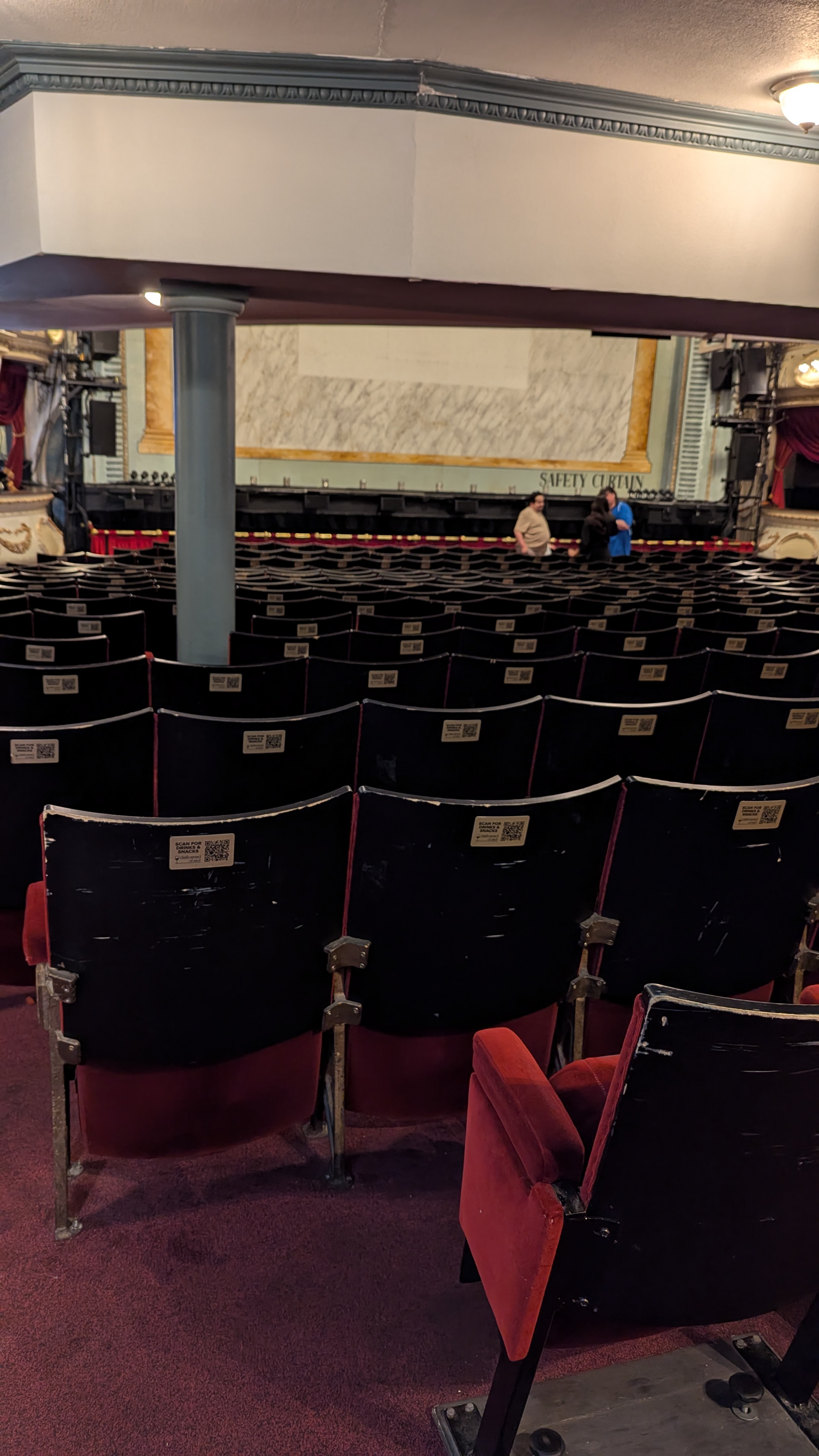
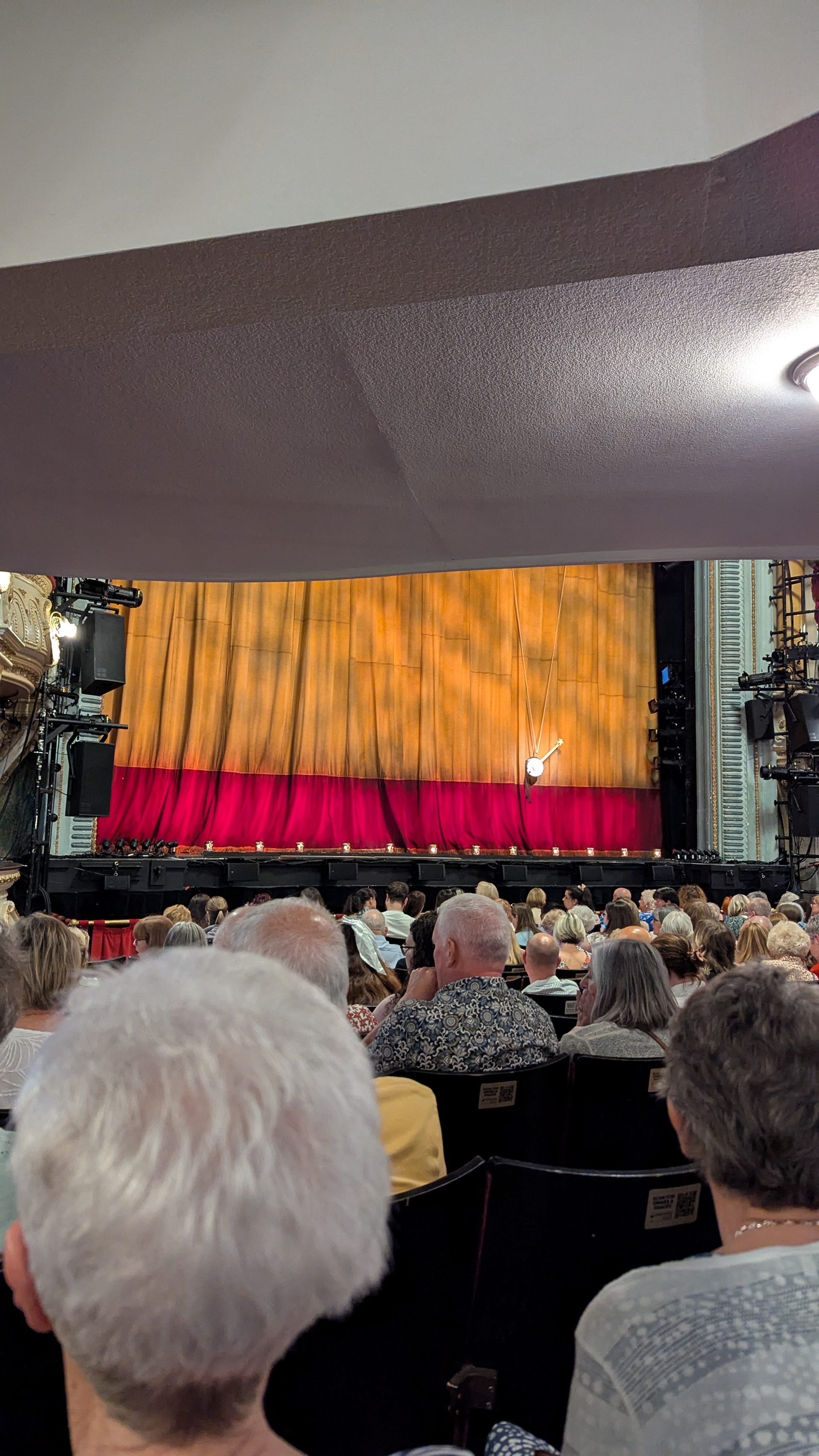

GETTING BACK OUT
As always, I decided to wait a few minutes for the crowd to thin out before heading for the exit.
As you would expect, crowds gathered at the main doors, but it also became apparent that people in the rear rows of the stalls find it easier to exit through the accessible door, so a queue formed there too.
There was also a slight delay while all of the mobility devices were returned to their users and people were helped back into their wheelchairs or onto scooters. The only accessible toilet was busy, too.
We were in no rush, so we let the people in our row out past us, and we waited about 10 minutes before heading for the door. Staff didn’t rush us out even though there was an evening performance of the show to follow.
Once you’re back out onto King Street, it’s a push back up the hill onto Clifford Street.
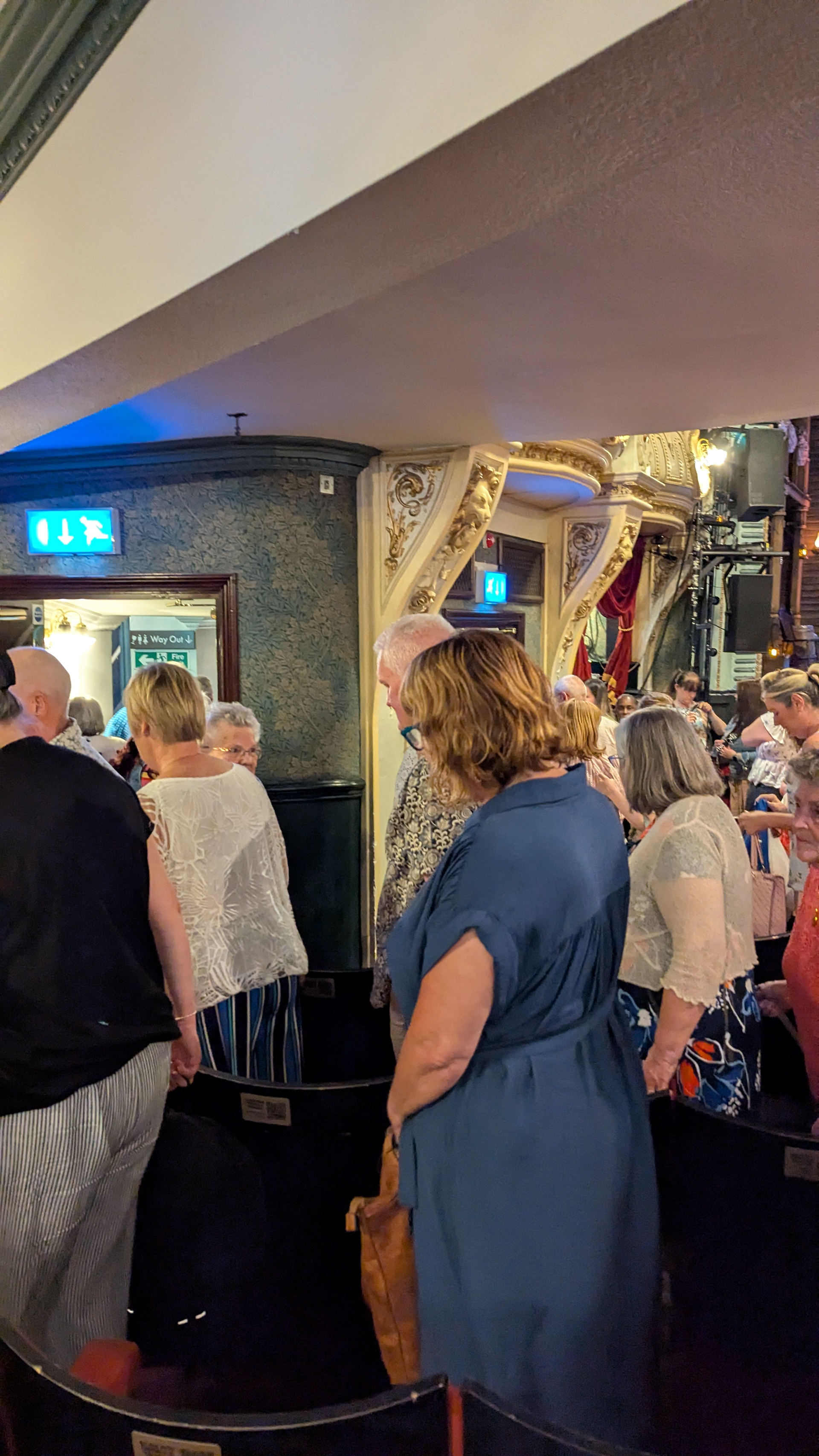
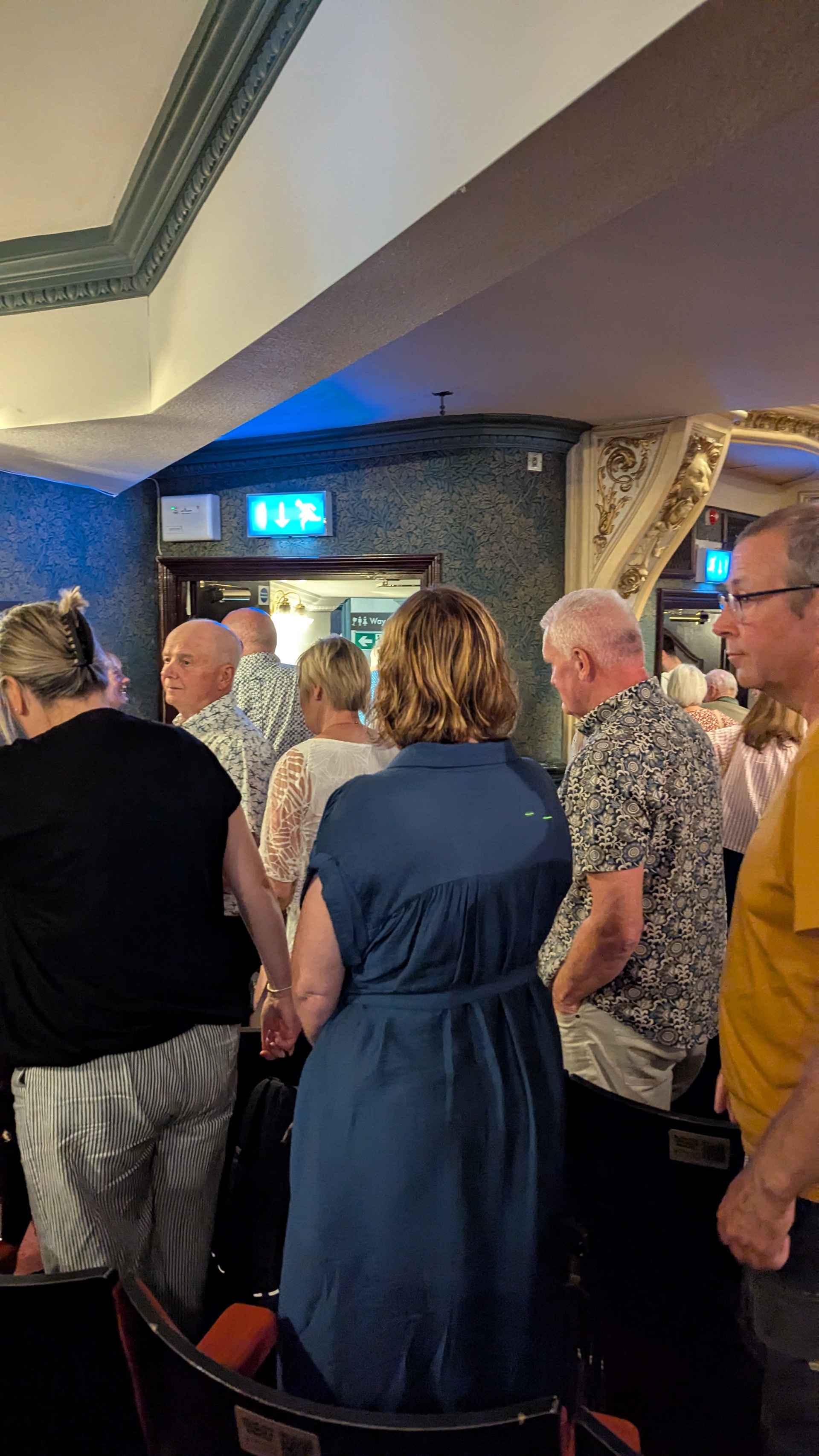
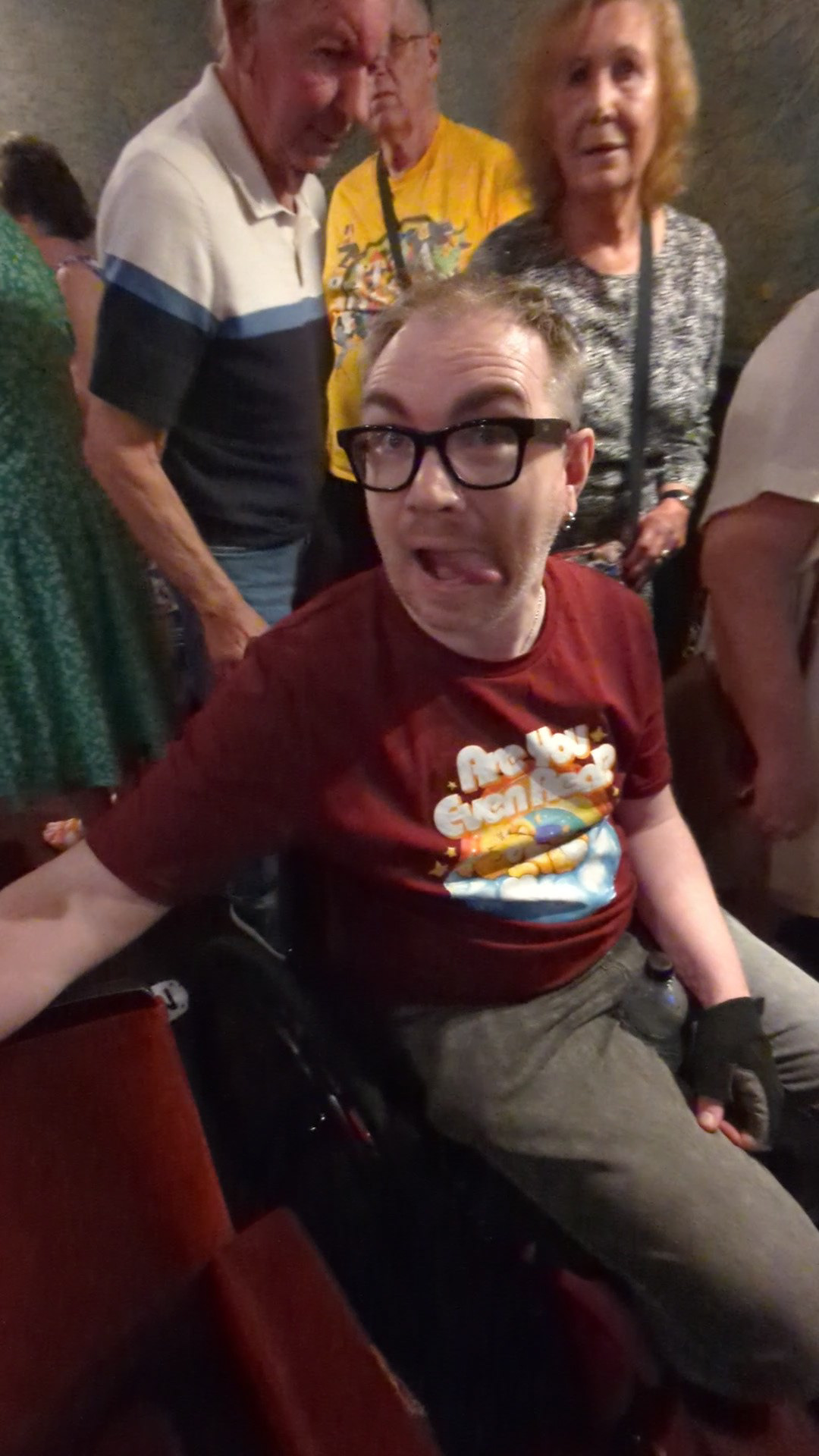
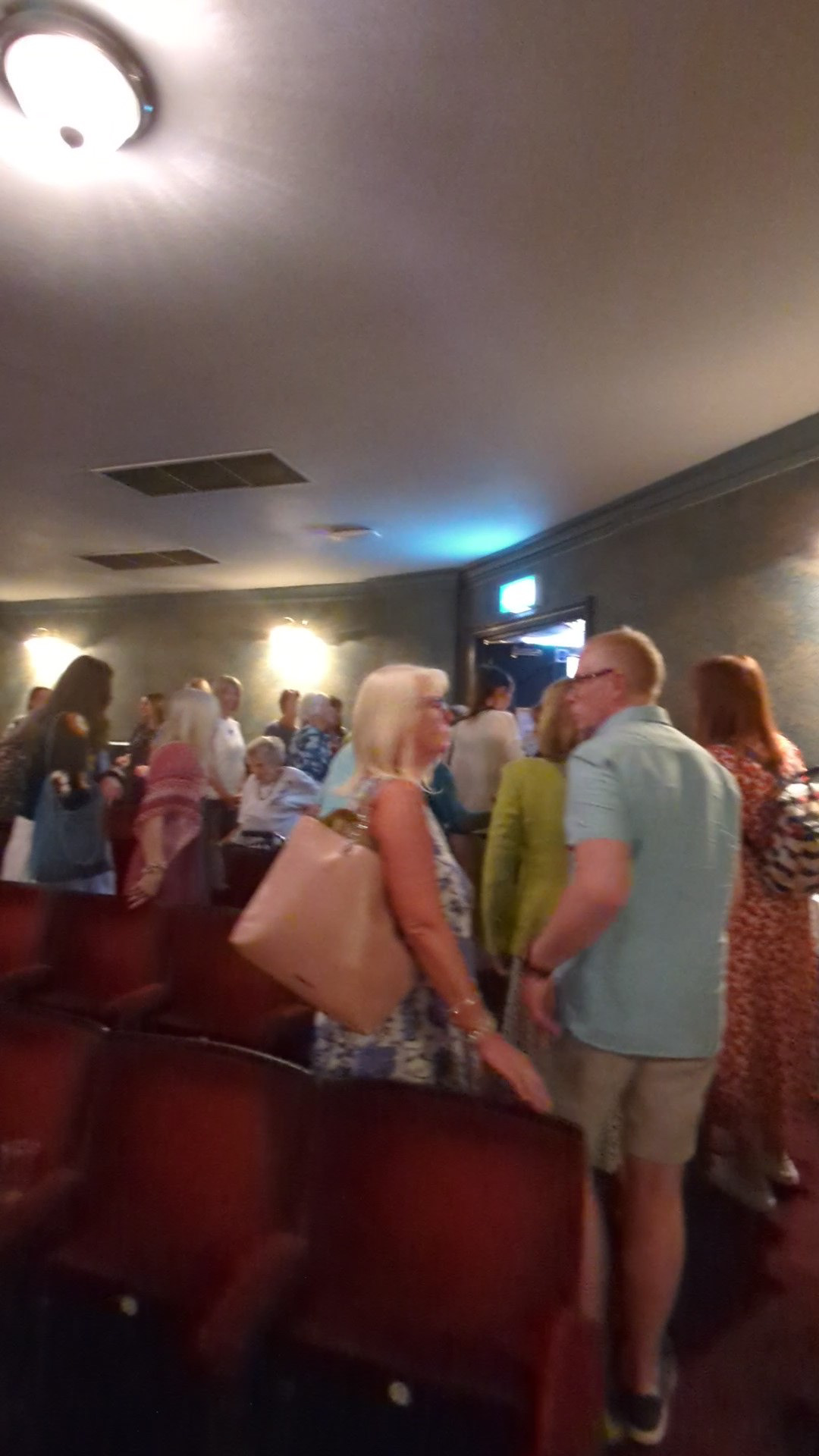
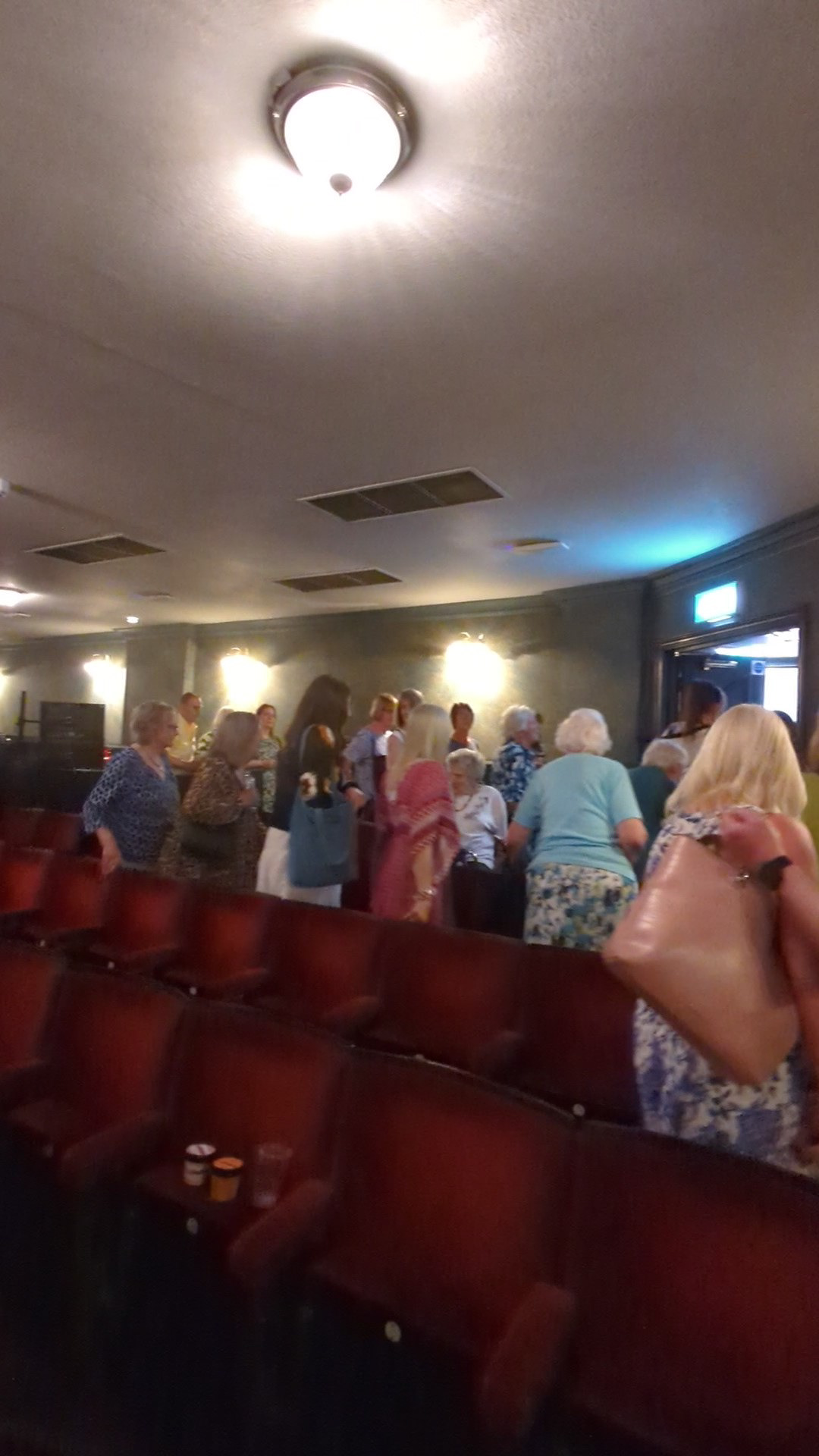
OVERALL EXPERIENCE
We thoroughly enjoyed the show that afternoon. It was very disappointing, though, that the main star of the show, Carrie Hope Fletcher, didn’t announce she was unwell and unable to perform until literally 10 minutes before the show, when the auditorium was almost filled up. Usually, you would expect to see a sign at the door indicating that the understudy would be performing. If a sign was displayed, there wasn’t a copy at the accessible entrance, and people in the auditorium started to talk about the change as Carrie announced it on Instagram. Although refunds wouldn’t have been available, some people had bought tickets at the Box Office on the way in as they’d seen it was Carrie in the show; these people were very unhappy as they wouldn’t have bought the tickets knowing Carrie wasn’t performing.
It’s disappointing that you cannot access any of the bars or the merchandise table. It’s nice to browse what’s available and make your purchases yourself. The ‘Order At Your Seat’ facility is excellent and helps you avoid the queues, but it’s nice to have the option of going to the bar yourself.
The accessible toilet is small and difficult to use. I know it’s an old building, and it’s great that they’ve made the effort to add the facilities, but users of large wheelchairs and those who need assistance inside the toilet will struggle.
The little hallway area is excellent. The fact that there’s somewhere to store mobility aids is brilliant; however, it makes getting to and from the toilet difficult if the equipment isn’t stored orderly. If my companion hadn’t been waiting just inside the auditorium to help me through the doors on my way back from the toilet, I would have been stranded when the mobility scooter was dumped. I had my phone with me, I would have been able to call someone for help, but otherwise, I’d have been relying on the staff member coming back into the hallway to find me stuck or pulling the red cord in the toilet!
The double doors are awkward, too, as you need to open both to get a wheelchair through.
For an old building, the amount of accessible seating is very good.
